South China Morning Post
Can Asean maintain its neutrality as Manila takes the chair?
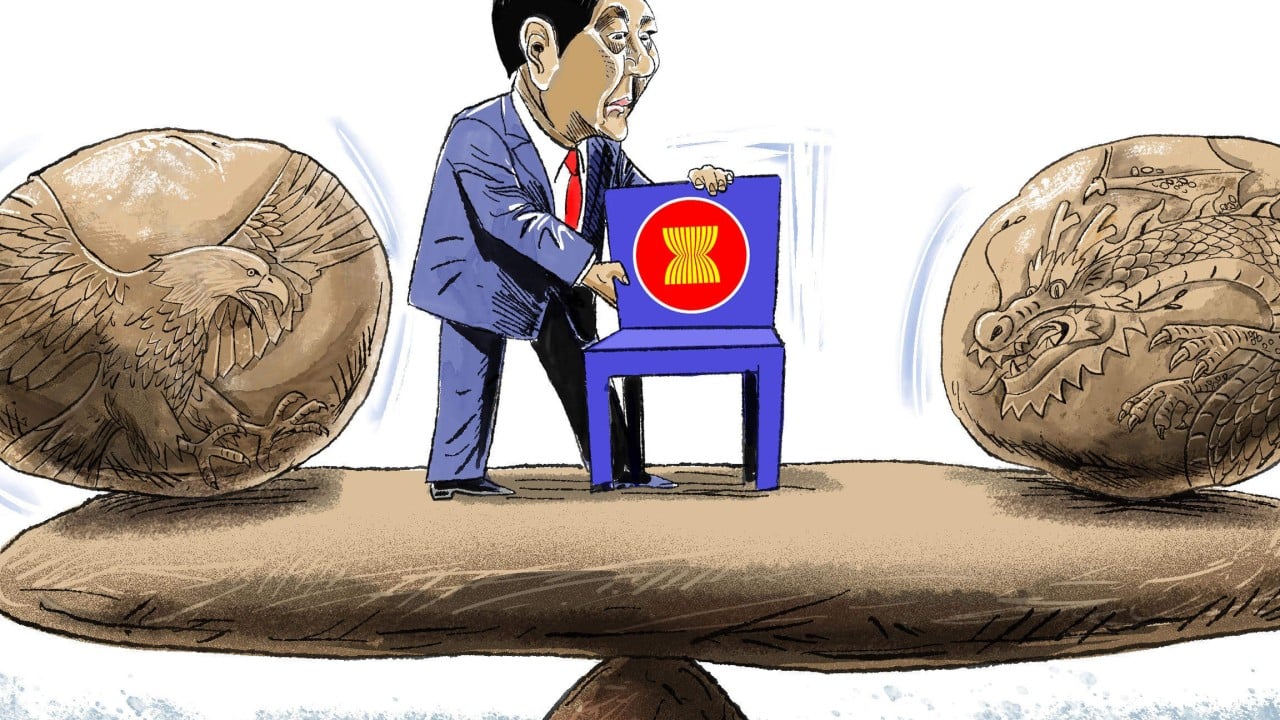
The Philippines’ challenge, given its assertive South China Sea policy, is to keep the bloc out of great power politics

With the Philippines set to succeed Malaysia next year as chair of Asean, the Association of Southeast Asian Nations faces challenges both within and beyond the region. It must remain united and continue to resist taking sides in the great power rivalry.
The 47th Asean summit in Kuala Lumpur was a fitting finale to an exceptional year as the bloc’s profile continued to rise. Adding to this was the admission of East Timor – an important milestone that completes the Asean family and underscores its enduring commitment to inclusiveness.
Despite this, Asean faces severe internal tests. The Myanmar crisis remains unresolved, straining the bloc’s unity and credibility. In Indonesia, protests that erupted in August are revealing deep socioeconomic divides – fault lines that run not only through the country but across the region. And Thailand and Cambodia only recently agreed to a truce after border tensions flared into open conflict in July, sending shock waves across Southeast Asia.
It was this last conflict that drew US President Donald Trump, the self-styled “peacemaker-in-chief”, to visit Malaysia. After landing in Kuala Lumpur, he attended the ceremony for the Thailand-Cambodia peace accord. While he commended Malaysian Prime Minister Anwar Ibrahim for facilitating the agreement, Trump was also quick to claim personal credit.
The centrepiece of Trump’s Asia trip, however, was his highly anticipated meeting with Chinese President Xi Jinping in Busan, South Korea, on the sidelines of the Asia-Pacific Economic Cooperation (Apec) summit. The two leaders agreed to a truce amid increasingly tense US-China trade relations. Among other points, China pledged to buy US soybeans and suspend its export restrictions on rare earth minerals.
In Kuala Lumpur, Trump also struck deals with Thailand, Cambodia and Malaysia. Notably, Malaysia agreed to grant US companies greater access to its rare earth resources in exchange for expanded access to American markets.
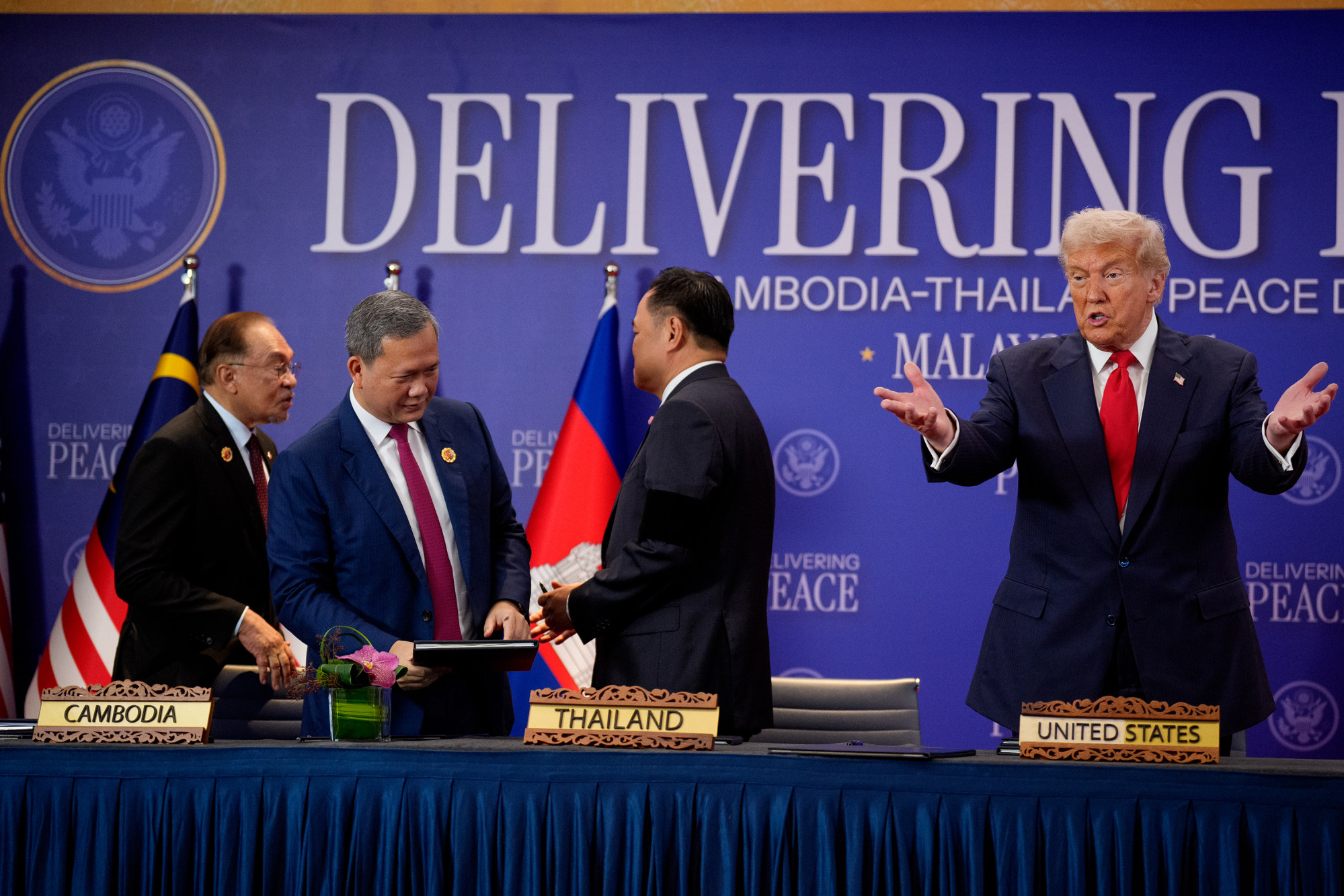
Yet despite these agreements, Trump’s unilateral tariffs have shaken the global economic order, undermining trust and confidence in US leadership. Many in the region remain sceptical about Washington’s ability – or willingness – to deliver on its promises.
Trump’s visit to Malaysia lasted barely a day. In South Korea, he skipped the main Apec leaders’ summit. His actions underscore a clear disdain for multilateral frameworks and reflect a broader trend: America’s steady retreat from global leadership.
Meanwhile, China is taking a proactive role in stabilising the evolving world order through schemes like the Global Governance Initiative. This was evident in Kuala Lumpur last month, where China upgraded its free trade agreement with Asean and joined in the first gathering of Regional Comprehensive Economic Partnership leaders since the agreement was signed in 2020, reaffirming a shared commitment to open and inclusive trade.
Under Malaysia’s chairmanship, Asean has broadened its global partnerships, as seen by the invitation of guest countries such as Brazil and South Africa to the East Asia Summit on the sidelines of the 47th Asean summit, and the hosting of the inaugural summit between Asean, the Gulf Cooperation Council and China in May.
While Asean maintains a strong Global South orientation, related summits around the 47th Asean summit also drew participation from Global North countries – including Canada, New Zealand, Australia and the European Union – highlighting a concerted push for cross-regional cooperation and new agreements, in contrast to the rise of US economic nationalism.
Herein lies Asean’s real significance: it stands as a clear counterpoint to Trump’s “America first” world view. As Washington turns inward, Asean is looking outwards – reaffirming its faith in multilateralism and free trade. The meeting halls echoed not with talk of decoupling but with the commitment to connection, integration and shared growth.
Unhandled type: inline-plus-widget {"type":"inline-plus-widget"}Yet Asean’s openness cannot be taken for granted. In Malaysia, protesters took to the streets before Trump’s visit, calling for it to be cancelled in light of US support for Israel.
Still, Anwar held firm, essentially insisting Malaysia – and Asean, more broadly – must remain committed to open engagement with all. This stance reflects a core Asean principle: strategic neutrality. Rather than taking sides, the bloc engages universally, preserving its freedom to manoeuvre in an increasingly fragmented world.
A central challenge now confronts the Philippines as it prepares to assume the Asean chair: Manila’s escalating tensions with Beijing.
President Ferdinand Marcos Jnr’s assertive South China Sea policy is in stark contrast to the cautious diplomacy favoured by other Asean members. This divergence risks hampering Philippine leadership from the outset and could impair Asean’s crucial ability to maintain a unified front amid the growing US-China rivalry.
At the East Asia Summit, Anwar called for South China Sea disputes to be resolved “within Asean and between Asean and our partners in the region”. Marcos Jnr reportedly concurred, stressing that Asean should take the lead and cautioning that outside intervention could make the situation more problematic and volatile.
Despite the internal and external challenges, Malaysia’s chairmanship has managed to elevate Asean’s international profile and reaffirm the bloc’s commitment to openness, inclusivity and neutrality. But as the Philippines takes the helm, Asean’s unity and credibility will face a defining test. Manila will have to strike a delicate balance between principle and pragmatism – managing its uneasy ties with China while ensuring neither the Philippines nor Asean is drawn too deeply into the great power rivalry.
The task ahead for the Philippines is clear: like Malaysia, it must work to keep Southeast Asia united and open. For that to happen, Manila must also stand firm on Asean’s long-held principle of neutrality.
40 hikers rescued in New Zealand amid out-of-control wildfire

The blaze has already burned through around 4.2 square miles of national park in the country’s central North Island

New Zealand authorities said on Sunday that extra aircraft were being sent to fight an out-of-control wildfire that has burnt through around 1,100 hectares (4.2 square miles) of national park in the country’s central North Island.
Firefighters began battling the fire in Tongariro National Park, a popular hiking spot, on Saturday afternoon and around 40 hikers had to be airlifted to safety. However, firefighting efforts were suspended overnight for safety reasons.
Fire and Emergency New Zealand said on Sunday that more firefighting planes were being sent to the area, taking the number of aerial assets involved to eight helicopters and three planes.
“Because of the terrain and extent of the fire, air attack is more effective at this stage than bringing in additional ground crews across most of the fireground,” Fire and Emergency New Zealand assistant commander Craig Gold said.
Nine hikers were evacuated from the national park on Sunday morning, state-owned Radio New Zealand reported, citing a Department of Conservation spokesperson.

Fire and Emergency New Zealand said an aerial reconnaissance on Sunday would confirm the extent of the fire. Depending on what it showed, it was expected to take a full day of operations to bring the fire under control.
The agency said it would have six fire trucks and five tankers on the ground battling the blaze.
Unhandled type: inline-plus-widget {"type":"inline-plus-widget"}As Cop30 begins, what’s the latest in climate science?

While US work to tackle our planet’s environmental challenges is being hit by Trump’s cuts, many other nations are spending more

With the pace of climate change speeding up, extreme weather and other impacts are taking an increasing toll on populations and environments across the globe. Here are some of the developments this year in climate science.
Warmer, faster
Global temperatures are not just climbing, they are now climbing faster than before, with records logged for 2023 and 2024, and at points in 2025. That finding was part of a key study in June that updated baseline data used in the science reports done every few years by the Intergovernmental Panel on Climate Change.
The new research shows the average global temperature rising at a rate of 0.27 degrees Celsius each decade, or almost 50 per cent faster than in the 1990s and 2000s when the warming rate was around 0.2 degrees Celsius per decade.
Sea levels are rising faster now too, at about 4.5mm per year over the last decade, compared with 1.85mm per year measured across the decades since 1900.
The world is now on track to cross the 1.5 degrees Celsius warming threshold around 2030, after which scientists warn we will likely trigger catastrophic, irreversible impacts.
Already, the world has warmed by 1.3-1.4 degrees Celsius since the pre-industrial era, according to the World Meteorological Organisation.
Tipping points
Warm-water corals are in an almost irreversible die-off from successive marine heatwaves, marking what would be the first so-called climate tipping point, when an environmental system begins to shift into a different state.
Researchers in October also warned that the Amazon rainforest could begin to die back and transform into a different ecosystem, such as savannah, if rapid deforestation continues as global warming crosses 1.5 degrees Celsius, which is earlier than previously estimated.
They said meltwater from the thawing ice sheet atop Greenland could help cause an earlier collapse in the ocean current called the Atlantic Meridional Overturning Circulation, that keeps winters mild in Europe.
In Antarctica, where ice sheets are also under threat, scientists are worried about declining sea ice surrounding the southernmost continent. Similar to what is happening in the Arctic, ice loss exposes dark water that can absorb more solar radiation, which amplifies the overall warming trend.
It also jeopardises the growth of phytoplankton that consume much of the world’s CO2.
Land on fire
Along with heatwaves and drought, wildfires still threaten to be frequent and severe. This year’s State of Wildfires report, led by a group of weather agencies and universities, counted some 3.7 million square km (1.4 million square miles) as having burned between March 2024 and February 2025, an area about the size of India and Norway combined.

That was slightly less than the annual average burned for the last two decades. But the fires produced higher CO2 emissions than before, as more carbon-dense forests burned.
Deadly heat
Researchers are working on ways to assess heat-related health risks and tolls, as UN health and weather agencies estimate about half the world’s population is already struggling.
The agencies also estimate worker productivity dropping two to three per cent for every degree above 20 degrees Celsius, while another study in the Lancet journal in October estimates global losses of more than US$1 trillion from that lost productivity for last year alone.
Unhandled type: inline-plus-widget {"type":"inline-plus-widget"}There is no consistent international definition for a heat-related death, but technological advances are helping scientists to bridge data gaps and compare conditions from place to place.

For example, in Europe, one team at the UK’s Imperial College used mortality trends to estimate more than 24,400 deaths this summer related to heat exposure across about 30 per cent of the European population.
They attributed up to 70 per cent of those deaths to climate-fuelled heat, based on the same mortality trends applied to a model of Europe without global warming.
For last year’s record-hot European summer, another team used computer modelling to examine mortality statistics along with temperature data and health parameters, estimating more than 62,700 heat-related deaths across 32 countries, or about 70 per cent of the continent’s population.
Science under attack
The US administration under climate-denying President Donald Trump is hoping to slash funding for agencies that collect and monitor climate and weather data, worrying a scientific community that says US leadership will be hard to replace.
Trump’s 2026 budget request, yet to be approved by Congress, proposes halving the annual budget for Nasa Earth Science to about US$1 billion and cutting the National Oceanic and Atmospheric Administration’s spending by more than a quarter to US$4.5 billion while eliminating its climate research arm, among other cuts.
Elsewhere, however, public science spending is increasing, with record budgets for science research in China, the UK, Japan and the European Union.
The EU also last month opened its real-time weather data monitoring to public access.
Hundreds missing after migrant boat sinks off Malaysia-Thailand border
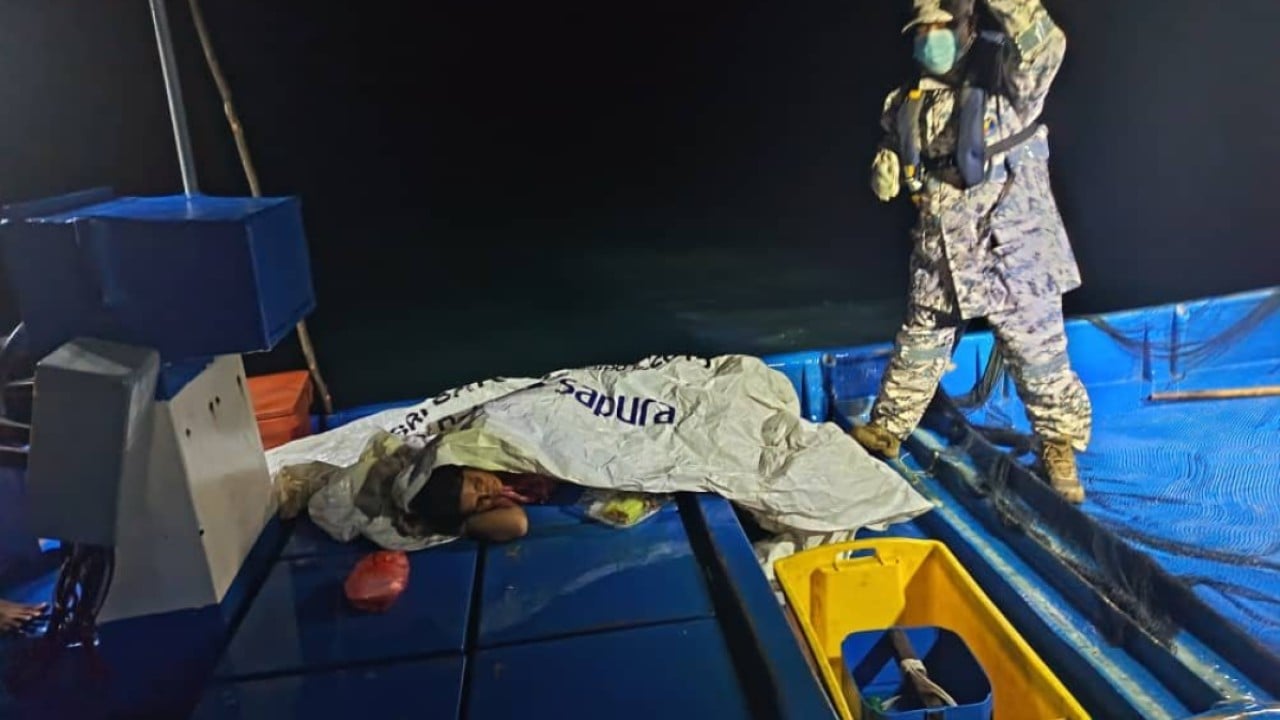
A senior police officer said 10 survivors were plucked from the waters off Langkawi

Hundreds were missing on Sunday after a boat sank near the Thailand-Malaysia border, as 10 survivors and one body were recovered, the Malaysian maritime authority said.
More victims might still be found at sea some three days after the sinking of the vessel, which left Buthidaung, Myanmar, with about 300 people on board, said First Admiral Romli Mustafa, the maritime authority director of the northern Malaysian states of Kedah and Perlis.
Among the survivors found in the waters off Langkawi were three Myanmar men, two Rohingya men and one Bangladeshi man, while the body was that of a Rohingya woman, state media Bernama said, citing Kedah police chief Adzli Abu Shah.
Members of the mainly Muslim Rohingya minority periodically flee majority-Buddhist Myanmar, where they are seen as foreign interlopers from South Asia who are denied citizenship and face abuse.
The Malaysia-bound people initially boarded a large vessel but as they neared the border, they were instructed to transfer onto three smaller boats, each carrying about 100 people, to avoid detection by the authorities, Adzli was quoted as saying.
The status of the other two boats was not known, and a search-and-rescue operation was ongoing, he said.
Relatively affluent Malaysia is home to millions of migrants from poorer parts of Asia, many of them undocumented, working in industries including construction and agriculture.
But the crossings, facilitated by human trafficking syndicates, are often hazardous, leading to boats capsizing.
In one of the worst months, in December 2021, more than 20 migrants drowned in several capsizing incidents off the Malaysian coastline.
Additional reporting by Agence France-Presse
Elephant tramples Indonesian girl to death as human-wildlife conflict escalates

The real issue is not the endangered animals – it is the loss of their habitat, conservationists say

The death of an eight-year-old girl in Riau province after being trampled by a wild elephant has reignited concern over Indonesia’s worsening human-wildlife conflict, with conservationists warning that shrinking habitats are pushing animals into increasingly dangerous contact with people.
The girl, identified only as Citra, died on Saturday following three days in a coma after suffering severe head injuries in the October 30 incident. She had been fleeing with her family from their wooden home near a cornfield in West Rumbai district when a wild elephant – one of a herd of 10 – charged and struck her, fracturing her skull.
Zulhusni Syukri, director of the Rimba Satwa Foundation, which fits GPS collars on wild elephants in the province, said the tragedy was a stark reminder of the long-standing trauma elephants in Riau were suffering at human hands.
“These kinds of incidents stem from the trauma that elephants have faced in Riau for decades as a result of human intervention, including being driven away from villages, caught in traps and scared away by fireworks,” he said.
“This trauma has caused a change in elephant behaviour and made them more aggressive.”
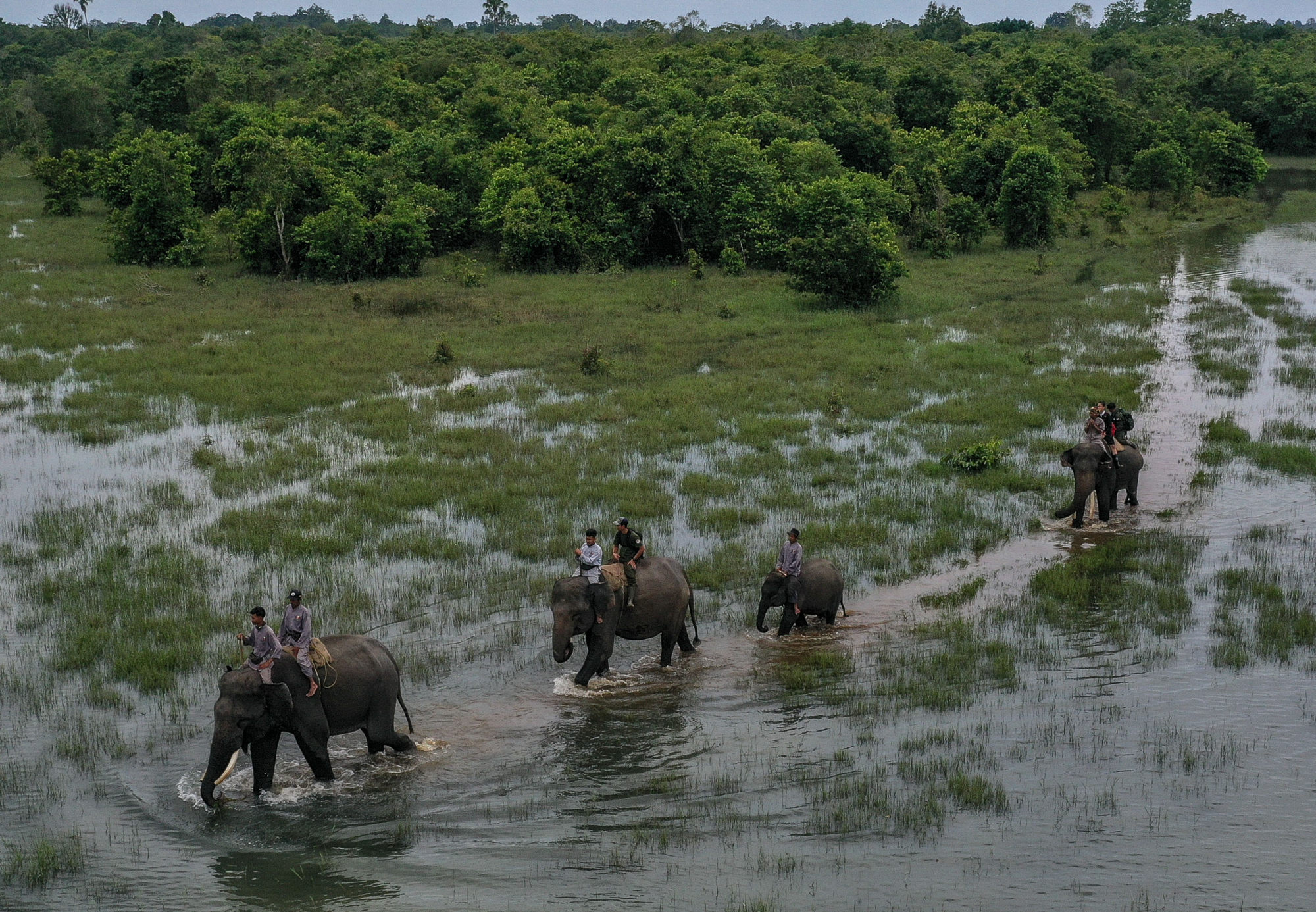
Syukri explained that the adage “an elephant never forgets” contained a kernel of truth – elephants have been known to return to places of past conflict and attack people they associate with earlier trauma, using their powerful sense of smell to recognise them.
West Rumbai police chief Said Khairul Iman told local media the incident began when the girl’s father, Sardo Purba, heard loud noises outside the house around dawn and spotted three elephants in front of the dwelling. Fearing they would cause the fragile structure to collapse, he gathered his wife and four children to flee through the back door.
In the panic, Citra reportedly slipped and fell, and was trampled by a pursuing elephant.
Authorities were working “to guide the elephants back to their natural habitat so that they no longer endanger local residents”, the police chief said.
Habitat loss
Experts say the underlying issue is not the elephants – it is the loss of their forests.
Syukri noted that the root of the conflict lay in the rapid disappearance of the animals’ habitat. Once vast roaming grounds for Sumatran elephants have been steadily replaced by oil palm, rubber and acacia plantations, as well as factories, pushing elephants closer to human settlements in search of food.
“If they come across a dwelling in the forest, they will often try to go inside to forage for rice, cooking oil or noodles that may have been left inside by farmers or plantation workers,” he said.
“Usually, wild elephants are scared of humans and will run away if they encounter them in the forest or inside a home. However, if they remember a previous negative interaction, they will try to protect themselves or exact revenge. Our worry now is that local residents will take matters into their own hands and attack or injure the elephants as payback.”
Over the years, there have been a number of cases of violence against elephants across the island of Sumatra.
Unhandled type: inline-plus-widget {"type":"inline-plus-widget"}In 2021, a Sumatran elephant was decapitated and its tusks stolen in Banda Alam in Aceh Province and, in 2022, a pregnant female elephant was found dead in Riau Province. It was suspected that it had been fed a poisoned pineapple, which was found in its stomach.

In the aftermath of the incident last week, the Riau Natural Resources Conservation Agency (BKSDA) said that it had “coordinated with the police and local authorities to ensure that the situation remains under control”.
“We urge residents not to act aggressively or provocatively towards the wild elephants. While we understand the fear and shock among the community, aggressive actions could worsen the situation,” the agency said.
Sumatran elephants are considered critically endangered and are on the Red List of Threatened Species compiled by the International Union for Conservation of Nature.
According to BKSDA Riau data, there are only around 300 Sumatran elephants left in the province, with populations dropping 70 per cent in the last 20 years.
There have been over 200 recorded conflicts between elephants and humans across Sumatra since 2021, according to Rimba Satwa Foundation, but it was rare for these to result in human deaths.
Eko Yunanda, the director of the Indonesian Forum for the Environment (WALHI) in Riau, told This Week in Asia that more needed to be done to prevent future incidents.
“Efforts to prevent human-elephant conflict by the Natural Resources Conservation Agency and the local government are still reactive, acting only after a fatality has occurred,” he said.
“Furthermore, the monitoring of elephant migration routes in Riau remains very weak, resulting in recurring conflicts. To prevent similar incidents, saving and protecting elephant habitats must be a top priority. Without safe habitats, elephants will continue to enter residential areas and plantations.”
He added that WALHI urged the Riau provincial government, the Ministry of Environment and Forestry and the Riau Natural Resources Conservation Agency to take immediate action with three concrete steps.
“Firstly, there needs to be a comprehensive audit of elephant habitats, particularly the corridor in Rumbai District by remapping the buffer zone between plantations and residential areas,” he said.
“Secondly, there needs to be action taken against companies expanding oil palm plantations on land without permits, and, thirdly, a strengthening of mitigation programmes to prevent similar incidents from recurring.
“Restoring the ecosystem and elephant habitat is crucial to minimise human-elephant conflict.”
Avoiding ‘strategic suicide’: Vietnam’s US-Russia-China diplomatic dance

Pentagon chief Pete Hegseth’s visit pushed military cooperation, but Vietnam wants to ensure it keeps all its geopolitical options open

Half a century after the fall of Saigon, the United States and Vietnam are edging towards deeper defence cooperation built on shared anxieties about China and Washington’s desire to wean Hanoi off its historical dependence on Russian arms.
US Defence Secretary Pete Hegseth arrived in Hanoi last Sunday for a two-day visit, declaring that establishing stronger security ties would be a win-win.
“Deeper [military] cooperation will benefit both of our countries,” said Hegseth, who had travelled to the Vietnamese capital following meetings in Malaysia with his Asian counterparts.
Vietnam’s defence ministry said in a statement that both countries had agreed to continue promoting cooperation, including in the defence industry, using careful wording to reflect the delicate balancing act Hanoi is attempting to maintain between its traditional arms supplier, Russia, and the West.
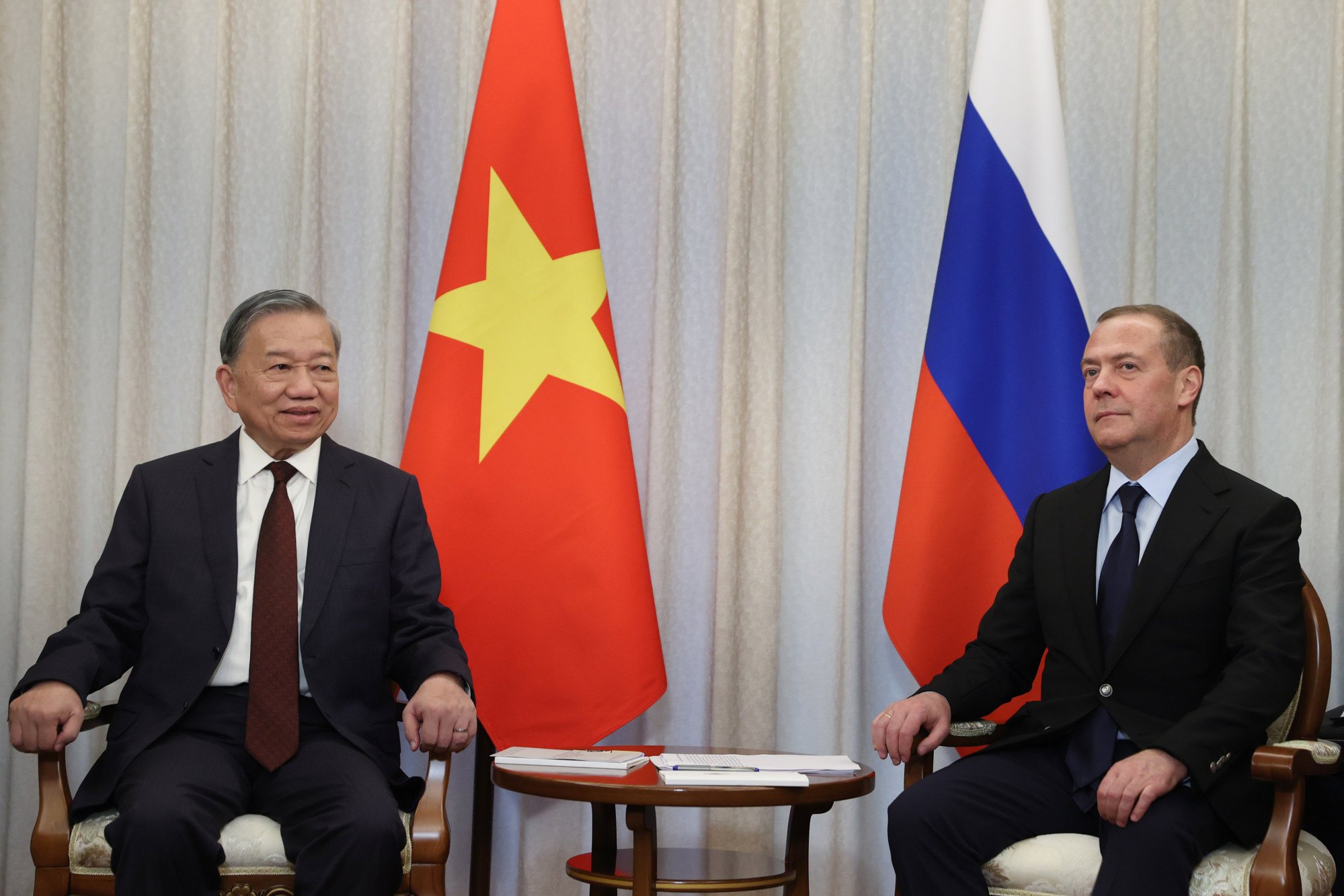
Hegseth’s visit came amid protracted negotiations over Washington’s potential supply of military equipment to its former enemy, including transport planes and helicopters.
Yet it also coincided with reports that Hanoi is reinvigorating its defence ties with Russia, buying aircraft and mobile air-defence systems, while simultaneously exploring defence cooperation with Finland, Turkey and Israel.
For Vietnam, which has overlapping sovereignty claims with China in the South China Sea, this diversification of defence partnerships enables it to move beyond Russia’s orbit amid Moscow’s “no limits” relations with Beijing.
“Lingering maritime pressures from China” had prompted the move, said Huynh Tam Sang, an international relations lecturer at Vietnam National University, referring to heavily militarised artificial islands on Chinese-occupied reefs in the Spratly Islands.
Deeper cooperation with the US provides Vietnam with diplomatic leverageHuynh Tam Sang, Vietnamese researcher
“Deeper cooperation with the US provides Vietnam with diplomatic leverage, as it enhances Vietnam’s international profile, strengthens its bargaining position” against China and Russia, and signalled that Hanoi was not dependent on any single power, he added.
Vietnam has relied heavily on Russian weapons for decades, with Moscow accounting for over 80 per cent of its arms imports between 1995 and 2022. Although discussions with Washington gained momentum during previous US administrations, no formal announcements regarding any major arms transfers have yet been made.
Meanwhile, recent reports based on leaked documents from the Russian state-owned military exporter Rostec indicate Vietnam has placed substantial orders, including a deal worth an estimated US$8 billion for up to 40 new Sukhoi Su-35 multi-role fighter jets and associated warfare systems.
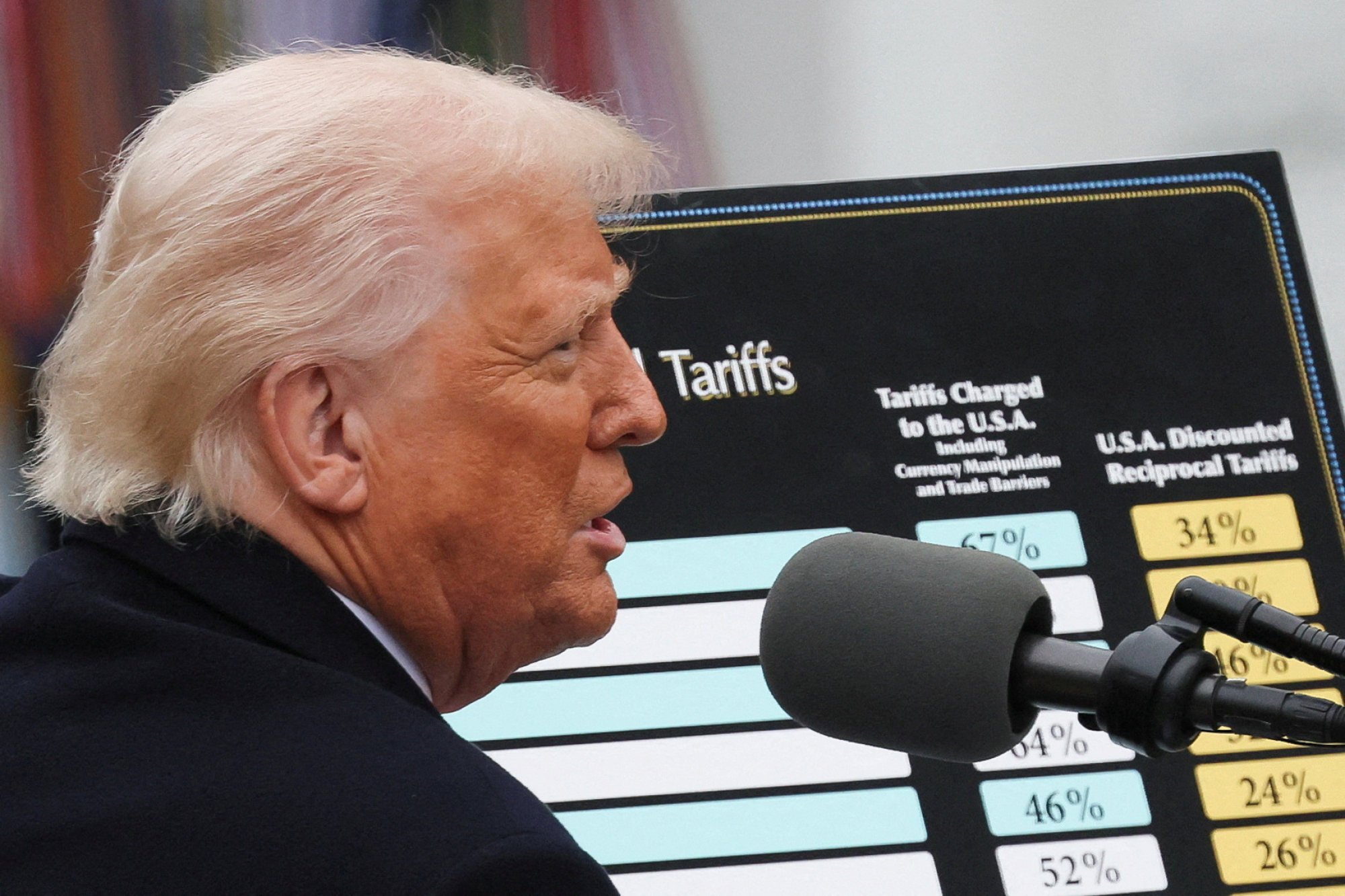
‘Unsettling policies’
Washington’s “unsettling policies” over the past year under the second Trump administration had made shoring up ties with regional partners imperative for the US, said Ananta Swarup Bijendra De Gurung, who specialises in researching Southeast Asian security at Jawaharlal Nehru University’s Centre for Indo-Pacific Studies.
Vietnam was open to greater defence cooperation with a range of partners because diversification was a key component of its foreign policy, Gurung said, pointing to a Politburo resolution in January 2022 that set the target of promoting development of the country’s defence industry until 2030 and beyond.
Unhandled type: inline-plus-widget {"type":"inline-plus-widget"}This goal “may eventually be achieved through such cooperation”, he added.
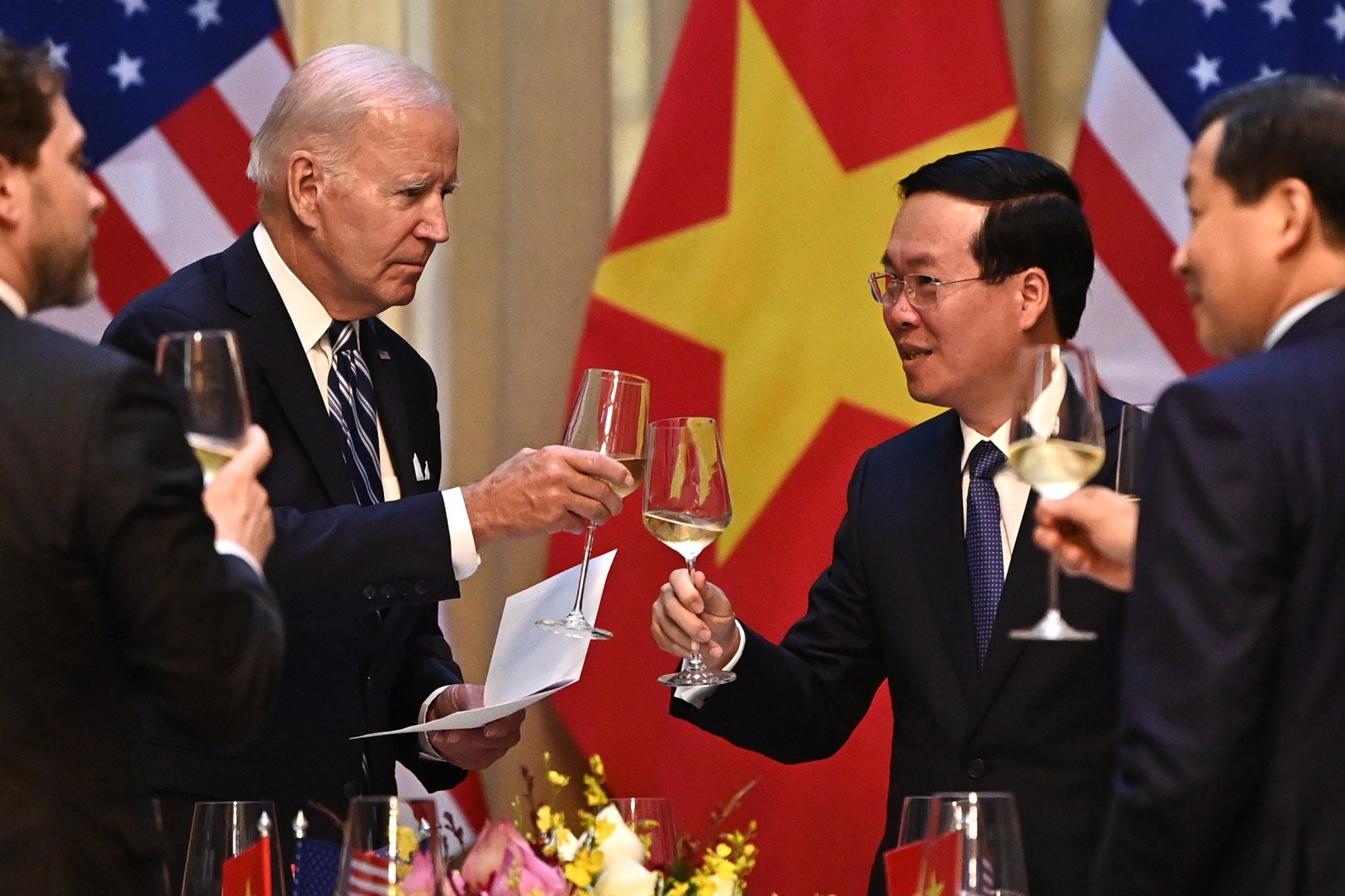
Vietnam and the US upgraded relations to a comprehensive strategic partnership in 2023 under former president Joe Biden and demand for deeper defence cooperation has only grown in the years since, according to Nguyen The Phuong, a PhD candidate in maritime security at the University of New South Wales in Australia.
“Defence and security have always been the least developed area in bilateral relations, due to the lack of trust,” he said, noting that Hanoi played a crucial role in Washington’s security strategy in the region.
However, Vietnam still needed to import some weapons from Russia to sustain its combat readiness and military modernisation efforts – and Phuong said the more rational voices in the US understood this.
Hegseth’s visit gave Hanoi the opportunity “to explain its actions to the US, aiming to avoid any confrontation on this issue and maintain the balance by initiating arms purchases and defence tech cooperation,” he added.
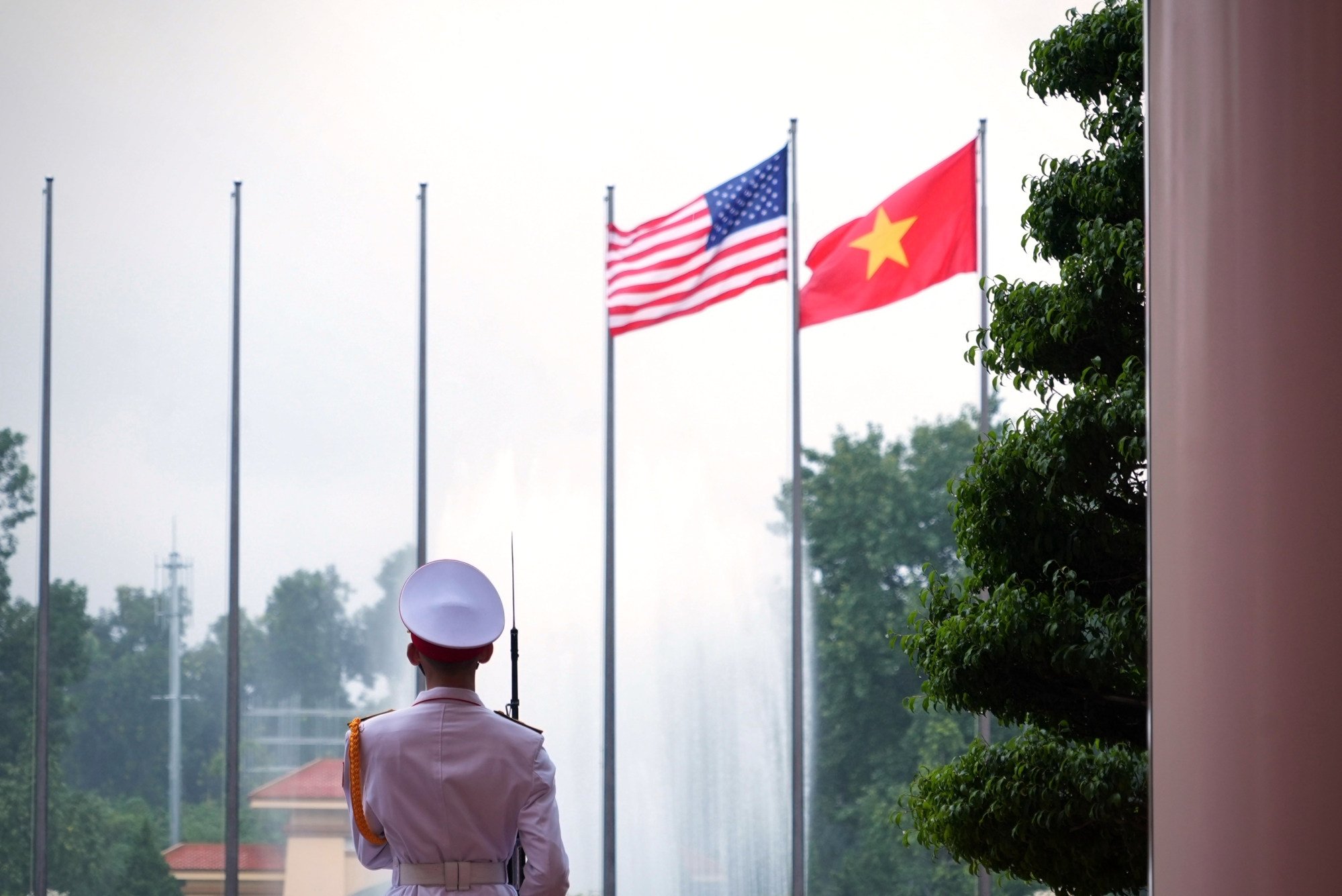
Back-door payments
During his visit, the Pentagon chief stressed that jointly tackling war legacy issues was a top priority and the foundation of a strong relationship. “In three decades, the US and Vietnam have gone from enemies to partners,” he said, referring to the normalistion of ties in 1995, 20 years after the end of the Vietnam war.
“Our military relationship demonstrates our friendship and our cooperation,” Hegseth added, making it clear that the US would continue to help Vietnam improve its defence capacity and modernise its defence industry.
He also highlighted the recent delivery of three training aircraft from the US Air Force and said that Washington was “committed to continuing this project and more”.
Reports last year pointed to the possibility of US sales of C-130 planes to Vietnam. A preliminary deal on two Lockheed Martin S-92 helicopters is also reportedly in the works.

At the same time, Vietnam and Russia have developed a clandestine method of concealing arms deal payments to circumvent Western sanctions – using profits from joint oil and gas ventures to pay off defence contracts without any open transfers of cash through the global banking system, according to an Associated Press report in September citing leaked government documents.
Huynh said such revelations would make Washington cautious, but predicted that the US was unlikely to “penalise” Hanoi for maintaining ties with Moscow.
“Vietnam remains a strategically valuable partner, so the US may prefer engagement over confrontation,” he said.
“Much will depend on whether the US can provide Vietnam with defence benefits that outweigh those [it] gets from Russia.”
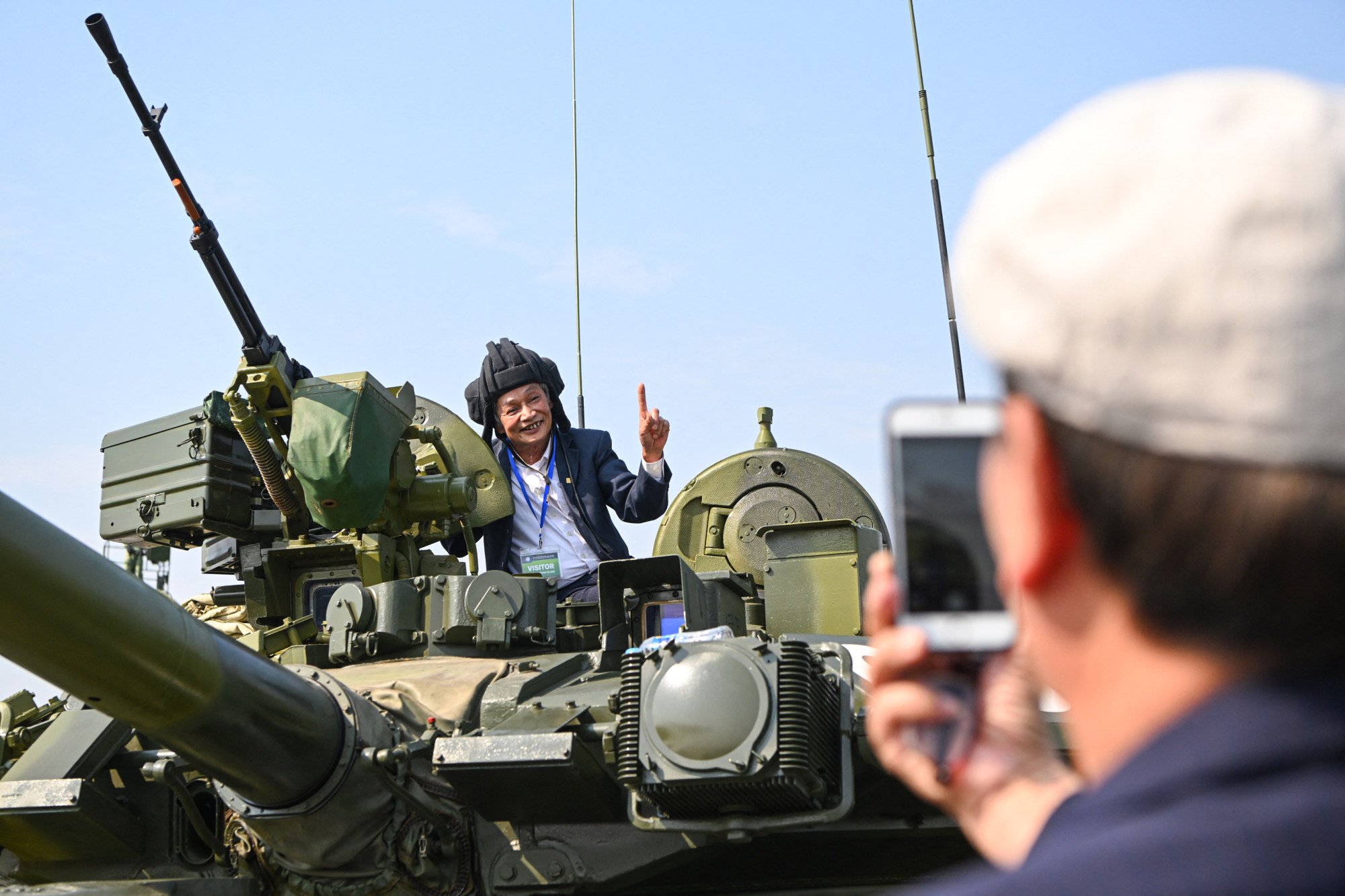
The “back-door” payment mechanism represented Vietnam’s strategic balance between the US and Russia, Hyunh said.
“If the US is perceived as offering too little, Vietnam will continue treating US cooperation as incremental and maintain Russia as its traditional and primary defence partner,” he added.
Hegseth also announced this week that the US would commit another round of funding to clean up leftover toxins from the Vietnam war and provide further support to Hanoi in locating the remains of missing soldiers.
Describing these as “smart political moves”, Huynh said they resonated with domestic sentiments in Vietnam and strengthened the political basis for further defence cooperation.
“For Vietnam’s leadership, continuing those projects signals reciprocity, gradualism and trust-building with the US,” he said.
Hanoi’s historic experiences with great power rivalry had taught the Vietnamese leadership that “over-commitment to only one power is strategic suicide”, Gurung said.
“Keeping major powers at arm’s length enables Hanoi to navigate strategic vulnerabilities and adapt to shifting geopolitics.”
Additional reporting by Reuters
Singapore PM says election win came after ‘very tough’ constituency battles
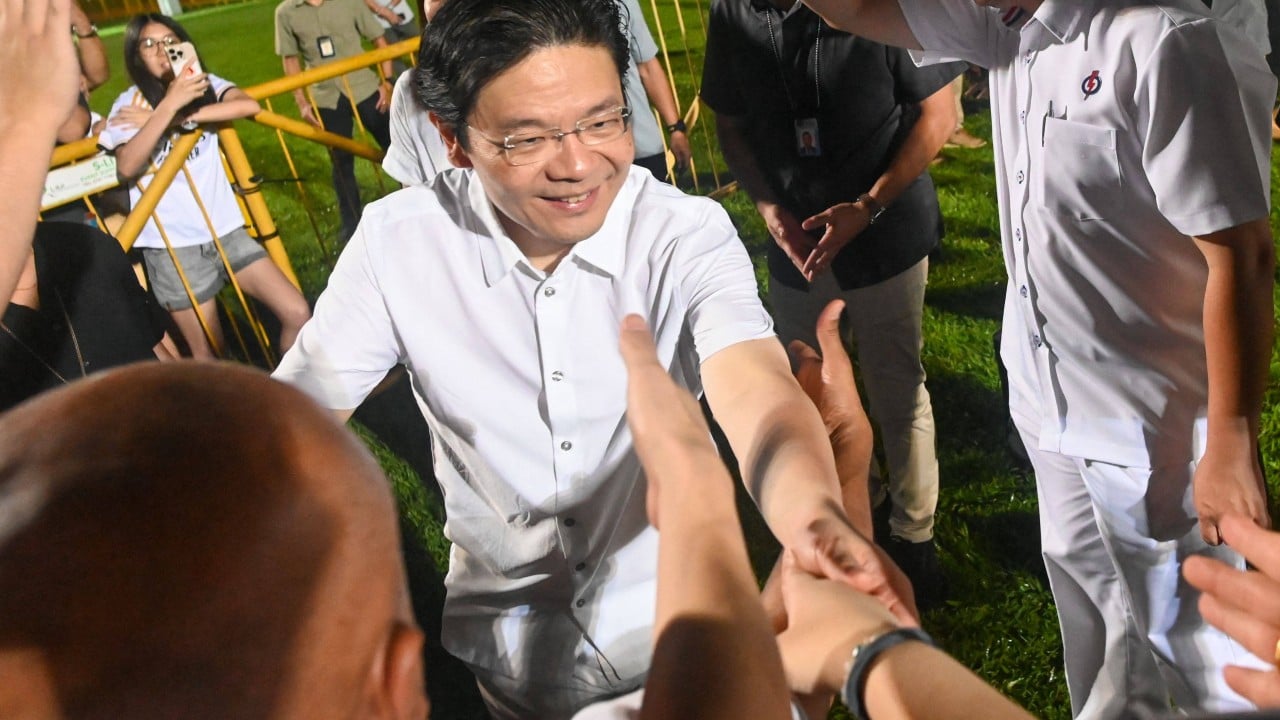
Lawrence Wong told a party meeting that the May victory was not a landslide, but the results showed ‘we don’t take chances with our future’

In the lead-up to the 2025 general election, Singapore Prime Minister Lawrence Wong received cautionary messages from People’s Action Party (PAP) members and supporters urging him to “be prepared” to lose some seats.
Speaking at the PAP Awards and Convention on Sunday, Wong said these well-wishers had shared various predictions, prompting him to mentally prepare for all possible outcomes.
“When the results came out, the same people who had messaged me earlier said to me: ‘Sorry, we should have more confidence in you’,” said Wong, who is also the party’s secretary general.
“But I told them – there’s no need to apologise. You were all right to sound a note of caution. Because in an election, no one can ever be certain of the outcome until the ballot boxes are opened and the votes are counted.”
In its first general election under Wong’s leadership, the PAP won 87 out of 97 seats and increased its vote share from 61.2 per cent to 65.57 per cent in May.
But Wong emphasised that this should not be seen as a landslide victory, and the party faced “very tough fights” in several constituencies.
“Just a small swing against the PAP, and the results would have been very different,” he said. “And if that had happened, the mood at today’s party convention would be very different.”
Wong expressed gratitude that Singaporeans chose to place their trust in him and his team, and said he did not take this trust lightly.
“I am especially grateful that voters gave us their support in Tampines and Punggol. If we had lost these two GRCs, the message would have been serious and far-reaching,” he added.
Losing Tampines group representation constituency would have suggested that the Workers’ Party’s (WP) “calculated appeal” to Malay-Muslim voters was an effective strategy, Wong said.
This would have encouraged other political parties to do the same, he added, and this would “only harm” Singapore’s social cohesion and lead to a divided Singapore.
Unhandled type: inline-plus-widget {"type":"inline-plus-widget"}In Tampines, the PAP team led by Minister for Social and Family Development Masagos Zulkifli won the four-way contest with 52.02 per cent of the vote. The WP team, led by former Aljunied GRC member Faisal Abdul Manap, secured 47.37 per cent in its first campaign in the constituency. The National Solidarity Party and People’s Power Party also contested the GRC.
As for Punggol GRC, if WP had won, “it would have sent the wrong message” that voters did not care about the “proven abilities and steady leadership” of an experienced minister like Deputy Prime Minister Gan Kim Yong, Wong said.
“Singapore would have lost our very capable task force man.”
The PAP team in Punggol GRC won with 55.17 per cent of the vote against the WP’s 44.83 per cent, in what many observers had expected to be a closely contested race.
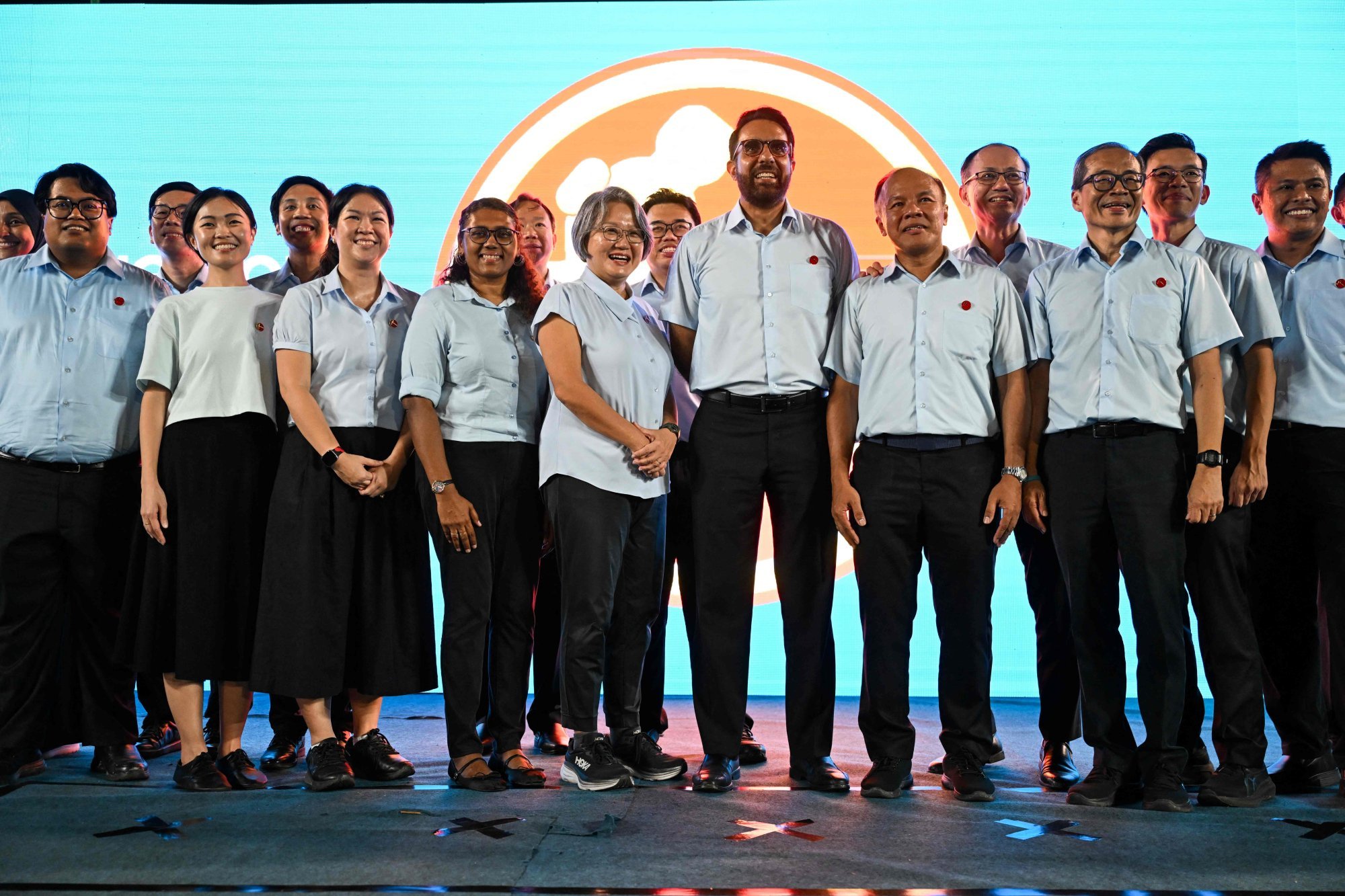
Wong said the “strong mandate” for the PAP sent a clear message to the world.
“That Singaporeans take elections seriously and understand what’s at stake. That we don’t take chances with our future. We don’t gamble with what we’ve built together. That we will not be swayed by populist appeals or racially tinged appeals.”
He attributed the election results to the hard work of PAP candidates, activists and volunteers on the ground over five years.
A major lesson stands out in every election – groundwork matters, said the prime minister. While voters care about cost-of-living issues and municipal concerns, “above all, they care most about the candidate – whether he or she can bond and connect with them; can get things done and improve their lives”.
He commended party representatives who faced particularly tough battles in opposition wards – Aljunied, Hougang and Sengkang.
“You had the toughest mission, but you never wavered,” Wong said. “We are proud of all of you.”
While the 2025 results provide “a good base” for the PAP to work from, Wong cautioned members that the next election would present an even tougher battle.
“Singaporeans have high expectations and exacting standards. They will judge us not just by what we say, but by our actions and what we do,” he said.
“They will ask, have you delivered on your promises? Have we improved their lives? Do we have the right people, policies and plans to take Singapore forward?”
At the next general election, whether it comes in 2030 or earlier, the party will be ready to face Singaporeans “with confidence and conviction”, Wong said.
In his first speech in the role, party chairman Desmond Lee thanked party members for their contributions, noting that Singaporeans gave the PAP their trust and confidence at this year’s general election.
“Each generation judges us – not just by our past or the promises that we make – but by how we act, how we listen and how we care for Singaporeans,” he said in his welcoming remarks at Sunday’s convention.
“Our responsibility is clear: to carry this mandate with humility and purpose, and to keep Singapore exceptional in an increasingly fractured world.”
This story was first published by CNA
Philippines evacuates thousands, axes flights as Super Typhoon Fung-Wong nears
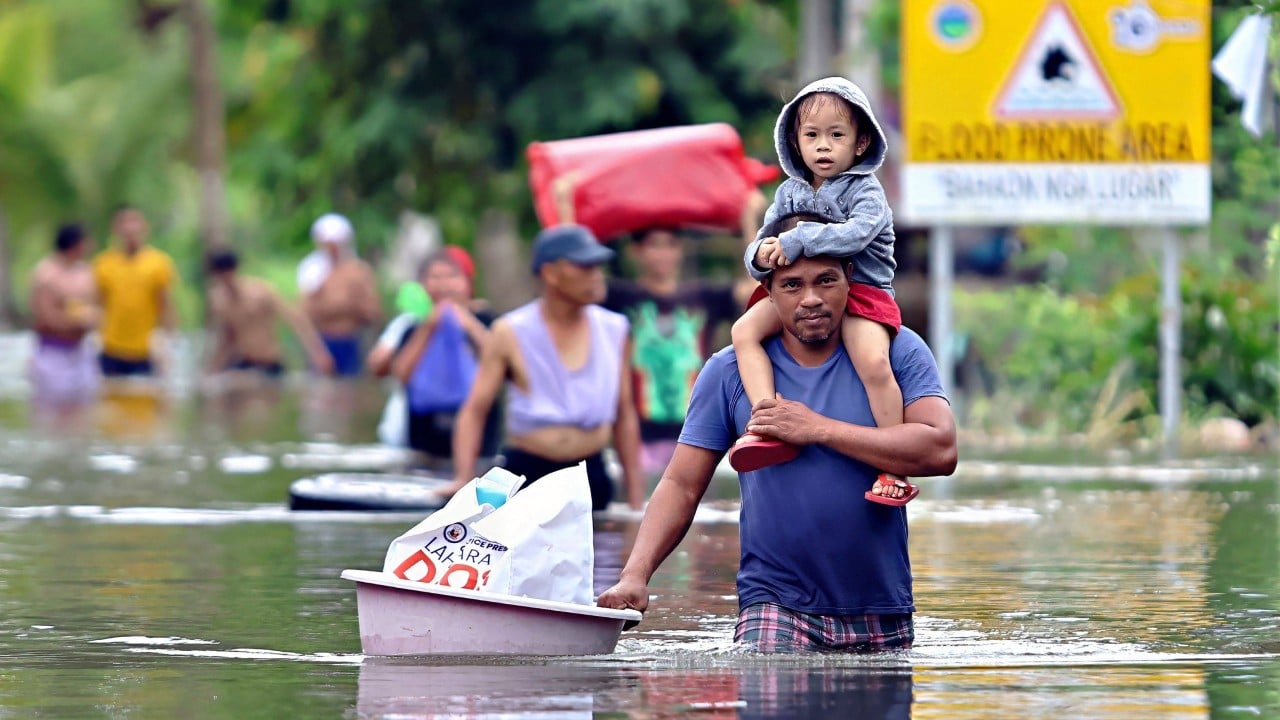
Storm warnings issued across the country as Fung-Wong, locally known as Uwan, threatens torrential rain and destructive winds

The Philippines evacuated over 100,000 residents across its eastern and northern regions as Fung-Wong reached super typhoon status on Sunday ahead of its expected arrival later in the day, threatening to unleash torrential rains, destructive winds and storm surges.
Storm alert signals have been issued across large parts of the Philippines, with Signal No 5, the highest warning, raised over southeastern Luzon, including Catanduanes and coastal areas of Camarines Norte and Camarines Sur, while Metro Manila and surrounding areas are under Signal No 3.
Packing sustained winds of 185km/h (115mph) and gusts of up to 230km/h, Super Typhoon Fung-Wong, locally known as Uwan, is forecast to make landfall in Aurora province in central Luzon on Sunday night at the earliest.
Parts of eastern Visayas were already experiencing power outages.
Some images shared by the Philippine coastguard in Camarines Sur showed evacuees carrying bags and personal belongings as they transferred from long, narrow passenger boats to waiting trucks during pre-emptive evacuation operations.
More than 300 domestic and international flights have been cancelled, according to the civil aviation regulator.
The Philippines will also suspend government work and classes at all levels in the capital region and nearby provinces on Monday.
Suspension of work in private firms and offices is left to the discretion of their respective heads, the presidential palace said in a memorandum circular.

A video shared by ABS-CBN News on social media showed stormy conditions in Catanduanes province, with an overcast sky, tree branches swaying violently in the wind, and strong rain visibly falling and pounding the area, its intensity audible.
“The waves started roaring around 7am. When the waves hit the sea wall, it felt like the ground was shaking,” Edson Casarino, 33, a resident of Catanduanes’ Virac town, said.
“Heavy rain is pouring now, and I can hear the wind whistling.”
On Saturday, some residents of the island were tying down their houses and putting weights on their roofs.
“They decided to do our tradition of strapping down the roofs with big ropes and anchoring them on the ground, so they won’t be blown away by the wind,” provincial rescue official Roberto Monterola said.
In Sorsogon, a city in southern Luzon, the Philippines’ largest island, some sought refuge in a church.
Unhandled type: inline-plus-widget {"type":"inline-plus-widget"}“I’m here because the waves near my house are now huge. I live near the shore, and the winds there are now very strong,” Maxine Dugan said.
Fung-Wong approached the Philippines just days after the country was battered by Typhoon Kalmaegi, which killed 204 people and left a trail of destruction before slamming into Vietnam, where it claimed five more lives and devastated coastal communities.
In the fishing village of Vung Cheo in central Vietnam, fishing vessels were seen piled up in wrecks along the main road on Saturday, where hundreds of lobster farms had been washed away or damaged.
Additional reporting by Agence France-Presse
South Korean Red Cross chief quits over ‘dark-skinned’ diplomat comments
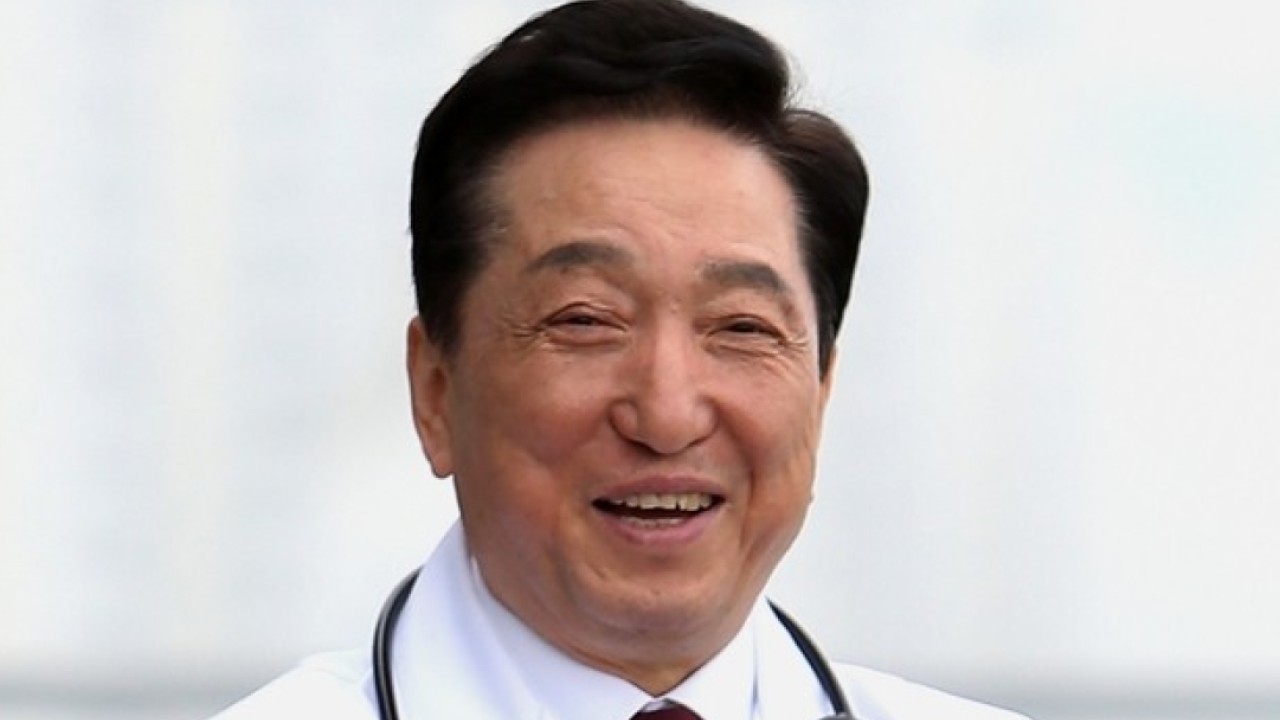
Kim Chul-soo’s racist remarks, exposed in leaked audio, undermine the Red Cross’ core principle of non-discrimination, critics say
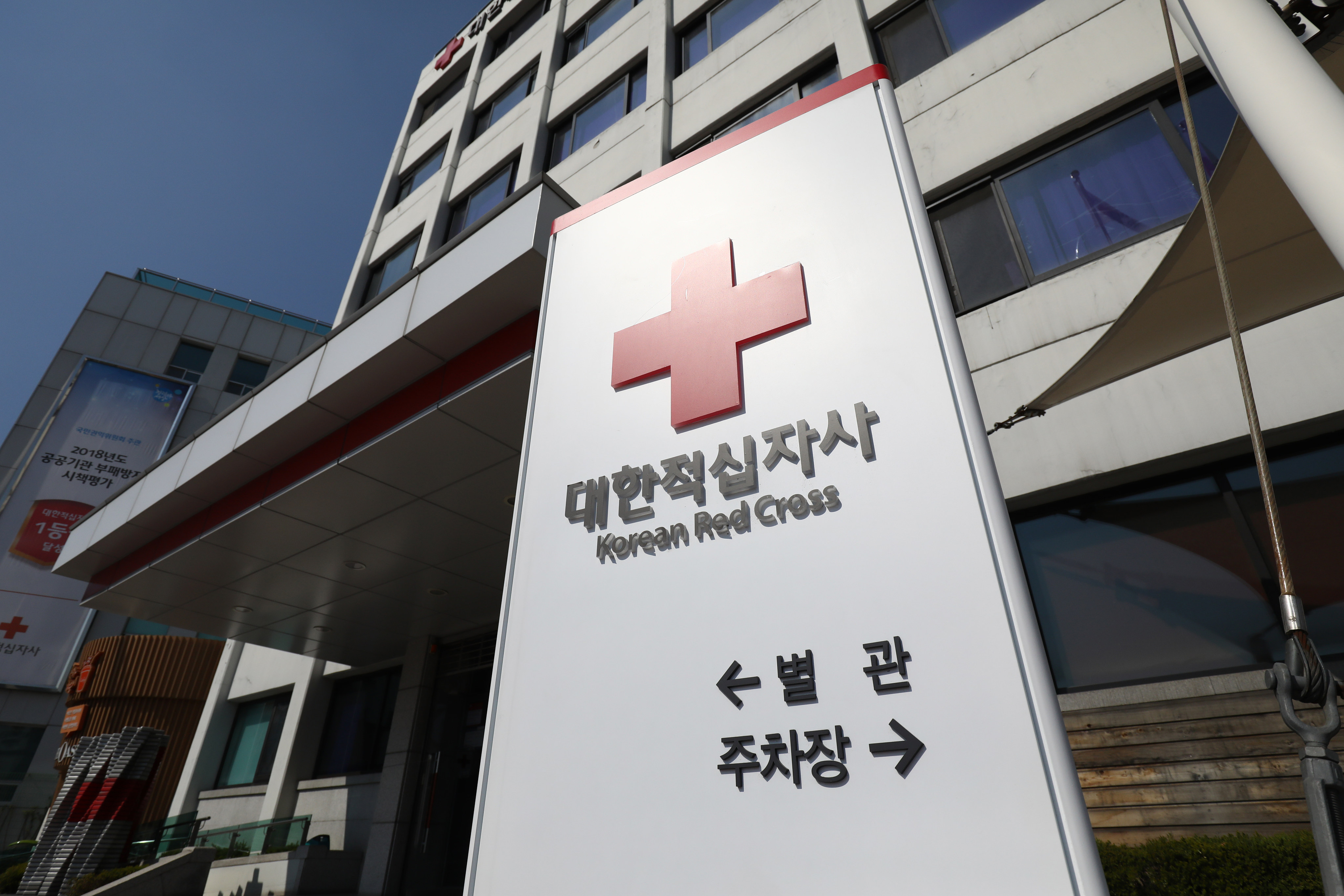
The head of South Korea’s Red Cross has resigned after being caught on tape making remarks about “dark-skinned” foreign diplomats – a scandal that has sparked public outrage, drawn a rebuke from the president and renewed scrutiny of racial prejudice in an increasingly diverse society.
In the leaked audio, Kim Chul-soo was heard complaining that a recent Red Cross gala had been attended “only [by] the non-significant foreign ambassadors … just the dark-skinned people”, and instructed staff not to invite “dark-faced people” to future events.
Critics say the remarks reflect not just one man’s bias but a broader discomfort with multiculturalism in South Korean society. The country is socially and institutionally steeped in racial hierarchies yet relies heavily on migrant labour.
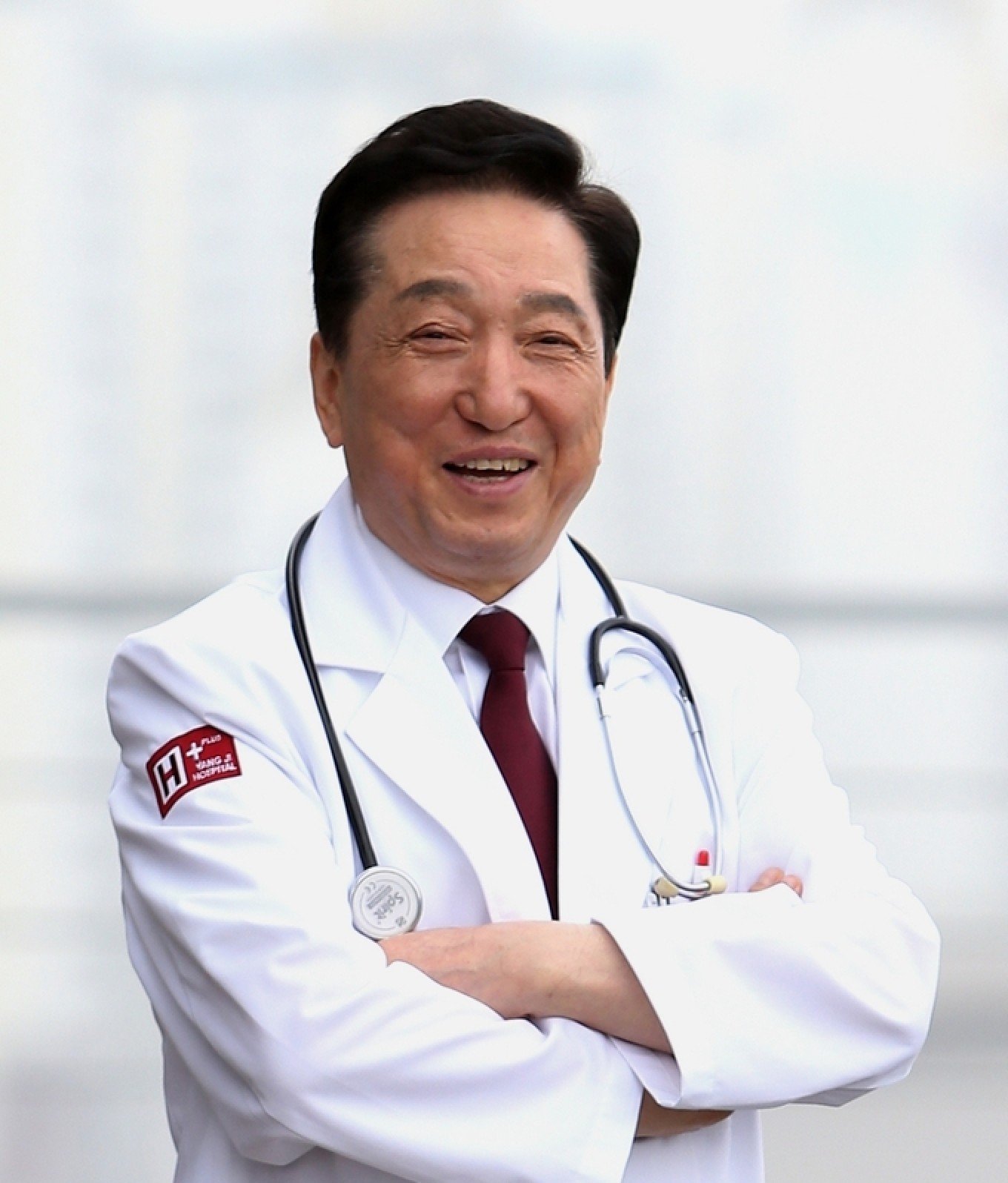
Observers said Kim’s remarks struck at the core of the Korean Red Cross’ mission. Non-discrimination and upholding human dignity regardless of race, nationality or religion are cornerstones of the International Red Cross and Red Crescent Movement.
Kim has since apologised, writing in the organisation’s internal bulletin on Friday: “There is no justification for my remarks under any circumstances. I bow my head in apology.”
Shortly afterwards, he tendered his resignation following what lawmaker Park Joo-min of the ruling Democratic Party of Korea, who chairs the National Assembly’s Health and Welfare Committee, described as a “stern reprimand” from President Lee Jae-myung.
This Week in Asia has reached out to the Korean Red Cross for comment.
These horrible gaffes remind us of the challenges South Korea faces as it transitions into a multicultural societyJhee Byong-kuen, political scientist
Kim Min-woong, a former political science and theology professor at South Korea’s Kyung Hee University, said the comments “betrayed racial prejudice” and “seriously undermined the principles of equality and universality” that underpinned the global Red Cross movement.
“This is a frontal assault on the movement’s spirit,” he told This Week in Asia.
He said the remarks carried a thinly veiled contempt towards Southeast Asian and African nations, exposing persistent racial hierarchies in South Korean society.
“There remains a subtle but enduring racism in South Korea against the Global South – even though this country itself was part of it not so long ago.”

Professor Jhee Byong-kuen, a political scientist at Chosun University, said the scandal reflected a broader global trend in which “extremism and anti-immigration sentiments” were spreading even in societies once considered ethnically homogeneous.
“The Korean Red Cross president’s remarks are blatantly racist,” Jhee said.
Unhandled type: inline-plus-widget {"type":"inline-plus-widget"}“Some people, especially those in high society, buy into a culture of white supremacy, imagining themselves among the white elite.”
Jhee said this aspiration was often mixed with “a vague yearning for Western lifestyles” among some Koreans – despite the country’s increasing reliance on immigrant labour from Southeast Asia for sectors such as construction, agriculture and care work.
“These horrible gaffes remind us of the challenges South Korea faces as it transitions into a multicultural society,” he said. “Public education against racism must be strengthened.”
‘Strongly rebuked’
Presidential spokesman Kim Nam-jun told reporters on Friday that Lee had “strongly rebuked” the Red Cross chief over reports that he made racist comments referring to foreign ambassadors from Angola, India, the Czech Republic, Sri Lanka and other countries.
“President Lee ordered the Ministry of Health and Welfare to carry out an inspection,” the spokesman said.
“He emphasised that all forms of discrimination and hate – whether based on race, ethnicity, nationality or region – are serious antisocial acts that undermine the national community. The president has instructed each government ministry to take firm steps to eradicate them.”

The scandal erupted after broadcaster JTBC-TV aired an audio recording of Kim Chul-soo’s remarks, made before subordinates a few days after returning from a Red Cross gala hosted at a Seoul hotel in November 2023.
According to the report, Kim criticised the event’s guest list and instructed staff to exclude certain diplomats from future invitations. He reportedly urged organisers to prioritise ambassadors from the so-called Big Five – believed to be the United States, Britain, France, Germany and Japan – while discouraging the inclusion of envoys from countries he deemed “less significant”.
The gala had been attended by ambassadors and their spouses from seven countries, including Angola, India, the Czech Republic and Sri Lanka, according to JTBC-TV.
“From now on, when you organise galas or whatever, don’t invite dark-faced people. Bring in some white ones instead,” Kim was quoted as saying.
Following those remarks, invitations for future events were reportedly narrowed to 23 countries, including the “Big Five”, whereas previously all 113 embassies in South Korea had been invited, according to lawmaker Park.
Park condemned Kim’s words as “a blatant breach of the Red Cross and Red Crescent’s key principle of respecting human dignity regardless of race or nationality”.
“Such remarks are all the more serious coming from the president of the Red Cross, who represents the organisation,” he wrote on social media.
“We hope the Korean Red Cross will be reborn as a proud organisation that eradicates hatred and discrimination and truly embodies humanitarian ideals.”
Kim, a career medical doctor who also operates a hospital, is known to be a close ally of South Korea’s impeached former president Yoon Suk-yeol. He co-chaired Yoon’s campaign fundraising committee during the last presidential election.
Chinese tourists flock to Singapore for ‘da ka’ moments, despite the high prices
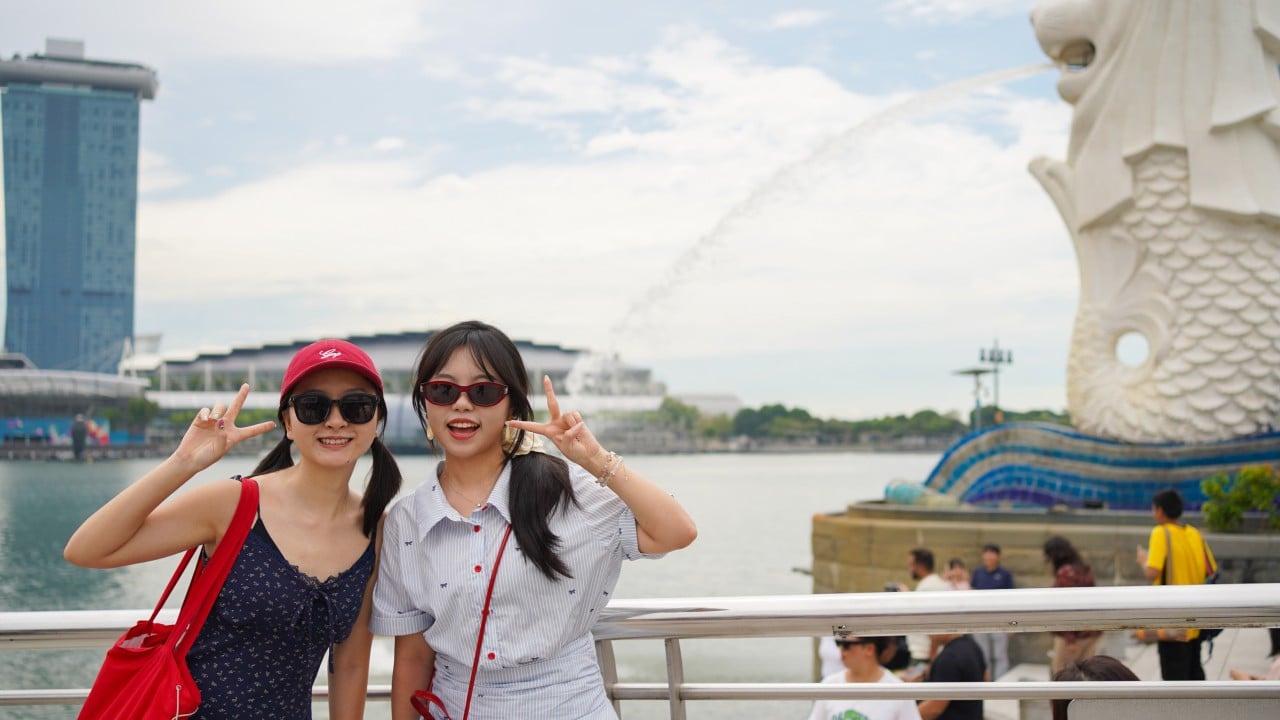
For China’s social-media-savvy travellers, Singapore is a dream destination – until they discover the eye-watering cost of living
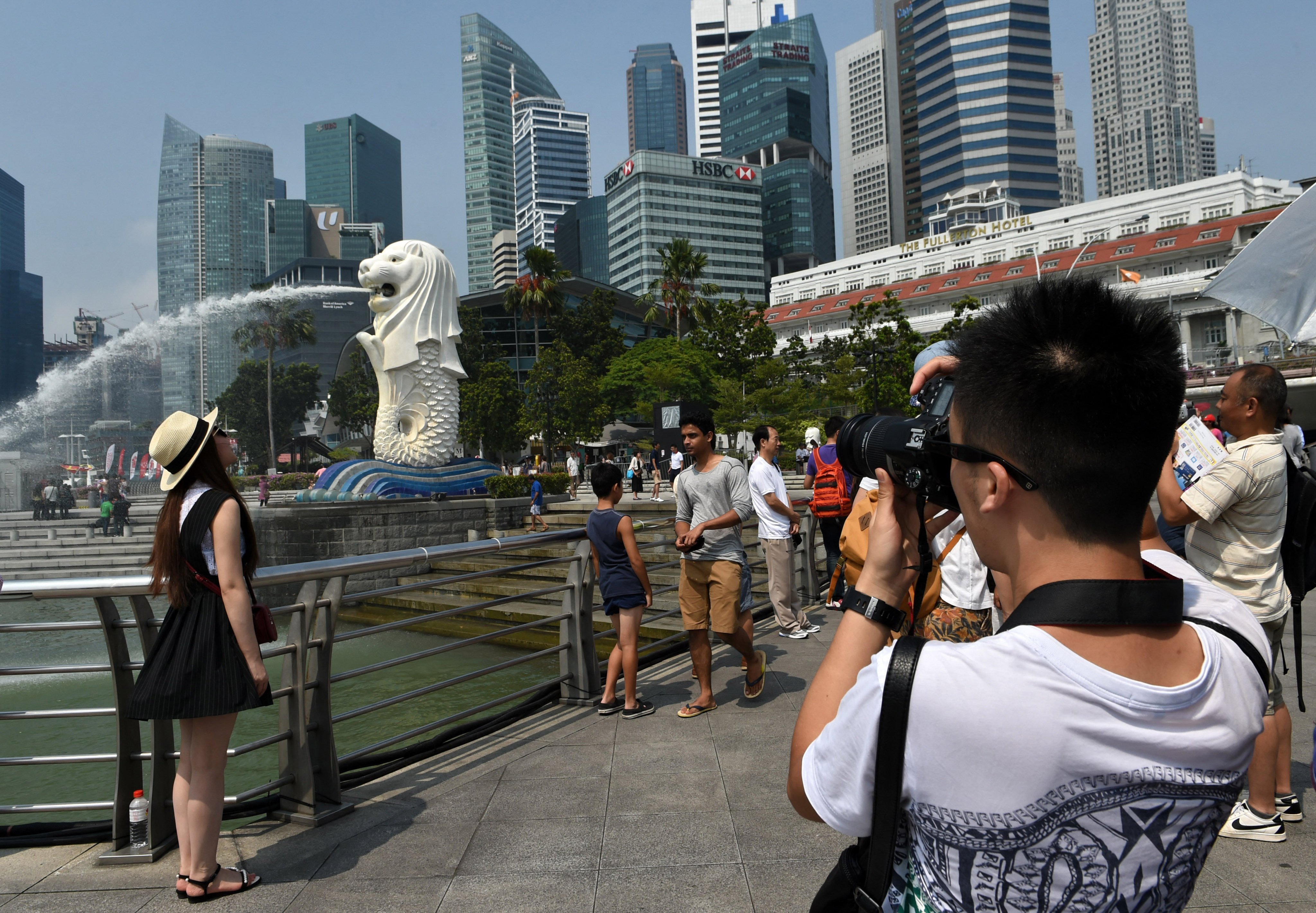
Melody Liu had been in Singapore for just three days when she blew past her 5,000 yuan (HK$5,450) travel budget – and reached for her long-sleeved hooded shirt with attached visor to brave another day in the sweltering heat.
“I was so shocked when a 10-minute taxi ride cost more than 100 yuan, because it would cost less than 20 yuan back home,” said the 32-year-old from Harbin in China’s northeast. “I knew that Singapore has a high cost of living, but it’s a different matter to experience it.”
Liu is among the millions of Chinese tourists who have poured into Singapore since the launch of a mutual visa-waiver arrangement in February opened the floodgates to a new generation of travellers in their twenties and thirties seeking short, independent getaways.
I knew that Singapore has a high cost of living, but it’s a different matter to experience itMelody Liu, 32, Chinese tourist
More than 3 million mainland Chinese visited Singapore in 2024 – a 126 per cent year-on-year increase – accounting for nearly one in five of all arrivals to the city state. Another 2.5 million made the trip in the first nine months of this year alone.
Observers say the surge has been fuelled by the visa-waiver agreement, pent-up post-pandemic demand and the rise of da ka tourism – a travel trend among young Chinese who seek photogenic, social media-ready experiences.
Singapore’s strong presence on Chinese platforms such as RedNote, where slick itineraries and viral travel content abound, has helped cement its reputation as a clean, modern and aspirational destination.
But the city state’s steep prices have become a lightning rod for debate among the younger, budget-conscious, first-time visitors now flocking there. Industry insiders attribute this partly to the Singapore dollar’s appreciation against the yuan and the shift in tourist demographics, among other factors.
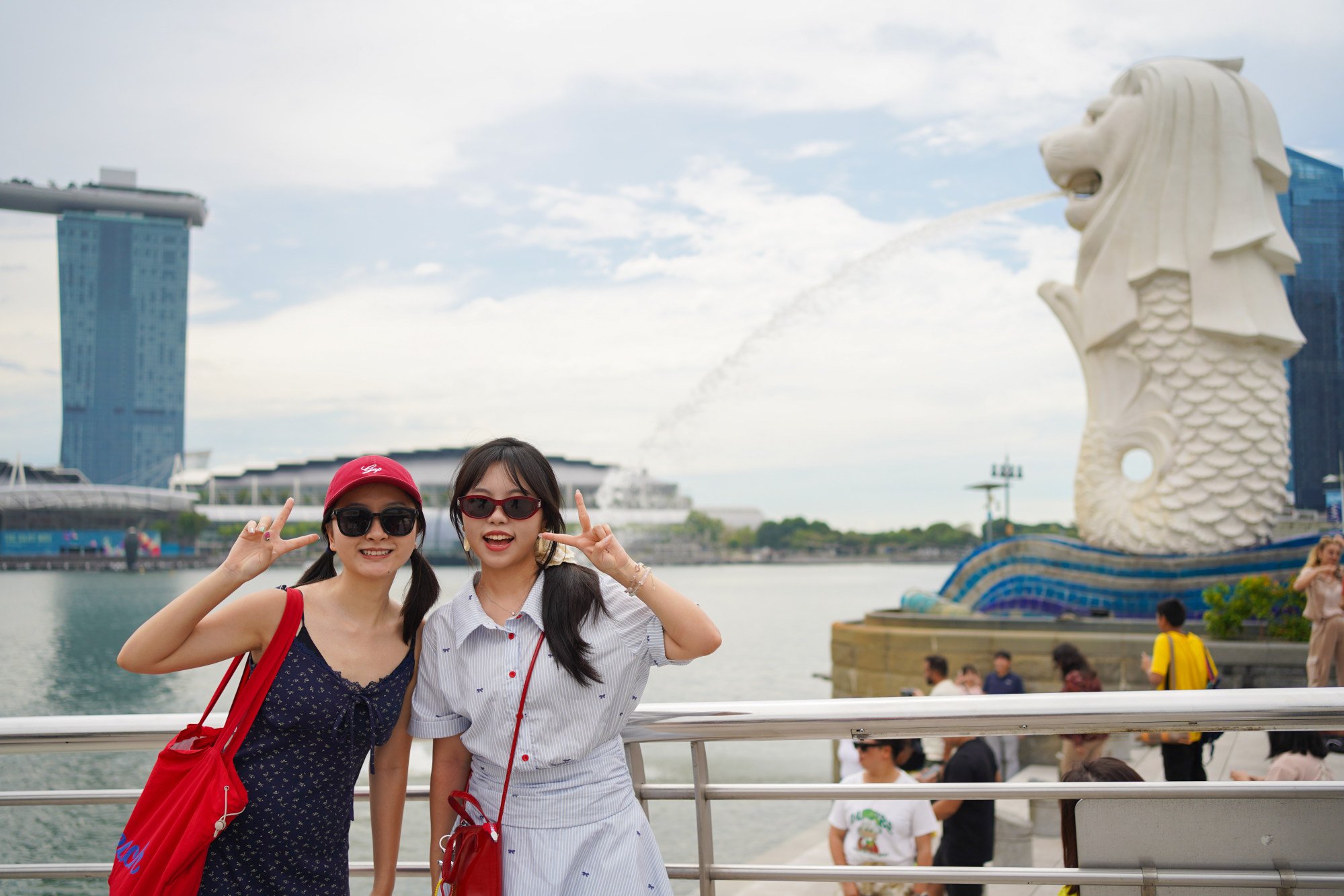
Sticker shock
Sisters Alice and Vivian Zhou, both 23 and visiting Singapore from Guangzhou, said they were caught off guard when their restaurant bill included a 9 per cent goods and services tax and a 10 per cent service charge – neither of which had been listed on the menu.
In China, value-added tax is typically included in the prices customers see, including in menus, and most restaurants do not impose a separate service charge.
“Eating at a hawker centre can be cheap, but when we first ate in a shopping mall we were shocked by the final bill,” said Alice, a recent graduate. Their accommodation – a modest three-star hotel costing more than 1,200 yuan a night – was “shockingly expensive”, she added.
On RedNote and microblogging site Weibo, users share stories of prices they found exorbitant: 15 yuan for a bottle of water at a convenience store, 50 yuan for a sandwich, more than 3,000 yuan for a meal for two at a seafood restaurant by the Singapore River.
“Singapore was so expensive that I lost 3kg in three days. I only had one meal a day, and it was the free hotel breakfast, and I drank water only when I returned to the hotel,” read one post.

Tour operators who spoke to This Week in Asia said that the rising numbers of young, independent Chinese travellers with less disposable income to spend than older cohorts was fuelling such sentiments.
Unhandled type: inline-plus-widget {"type":"inline-plus-widget"}“Now with the visa-free agreement, many in their twenties and thirties are travelling independently and in small groups, instead of before the pandemic when older adults and retirees came in busloads for organising shopping tours,” said Robin Loh, founder of Let’s Go Tour Singapore.
Loh said that neighbouring countries with lower costs likely fed the perception that Singapore was expensive.
“Everyone wants to target the Chinese tourist market because it’s huge, and Thailand, Malaysia and Indonesia would definitely be cheaper and seem more value for money,” he said.
China’s economy had been slowing since mid-2023 amid prolonged deflation and intense domestic price competition, said Jester Koh, an associate economist at United Overseas Bank.
He said this meant that goods and services in China, where prices had stagnated or fallen, were now even cheaper compared with Singapore, which had experienced moderate inflation.
Chinese visitors rave about food hygiene, safety standards and the ability to travel without overwhelming crowdsLaw Yock Son, tour agent
“Furthermore, the Singapore dollar has appreciated by approximately 6 to 7 per cent against the yuan since the beginning of 2023, further amplifying the cost difference for Chinese visitors,” he added.
Tourist spending patterns reflect these changes. According to the Singapore Tourism Board, per capita tourism receipts from Chinese visitors fell from S$2,270 (US$1,720) in 2023 to S$1,490 in 2024, though in the first half of this year, average spend per visitor rose slightly to S$1,520.
To keep within their 3,000 yuan budget over five days, the Zhou sisters skipped shopping, dined at hawker centres and relied on public transport to get around. “We’re mainly here for sightseeing and experiences, and if we take the MRT, costs are still manageable,” Alice said.
Still, many Chinese travellers were willing to pay Singapore’s higher prices for peace of mind, said Law Yock Song, co-founder of local tour provider Ludus Lab, noting that high-profile incidents elsewhere, such as the kidnapping of Chinese actor Wang Xing in Myanmar after transiting through Thailand, had made safety a selling point.
“Chinese visitors rave about food hygiene, safety standards and the ability to travel without overwhelming crowds, especially when compared to their own country,” Law said.
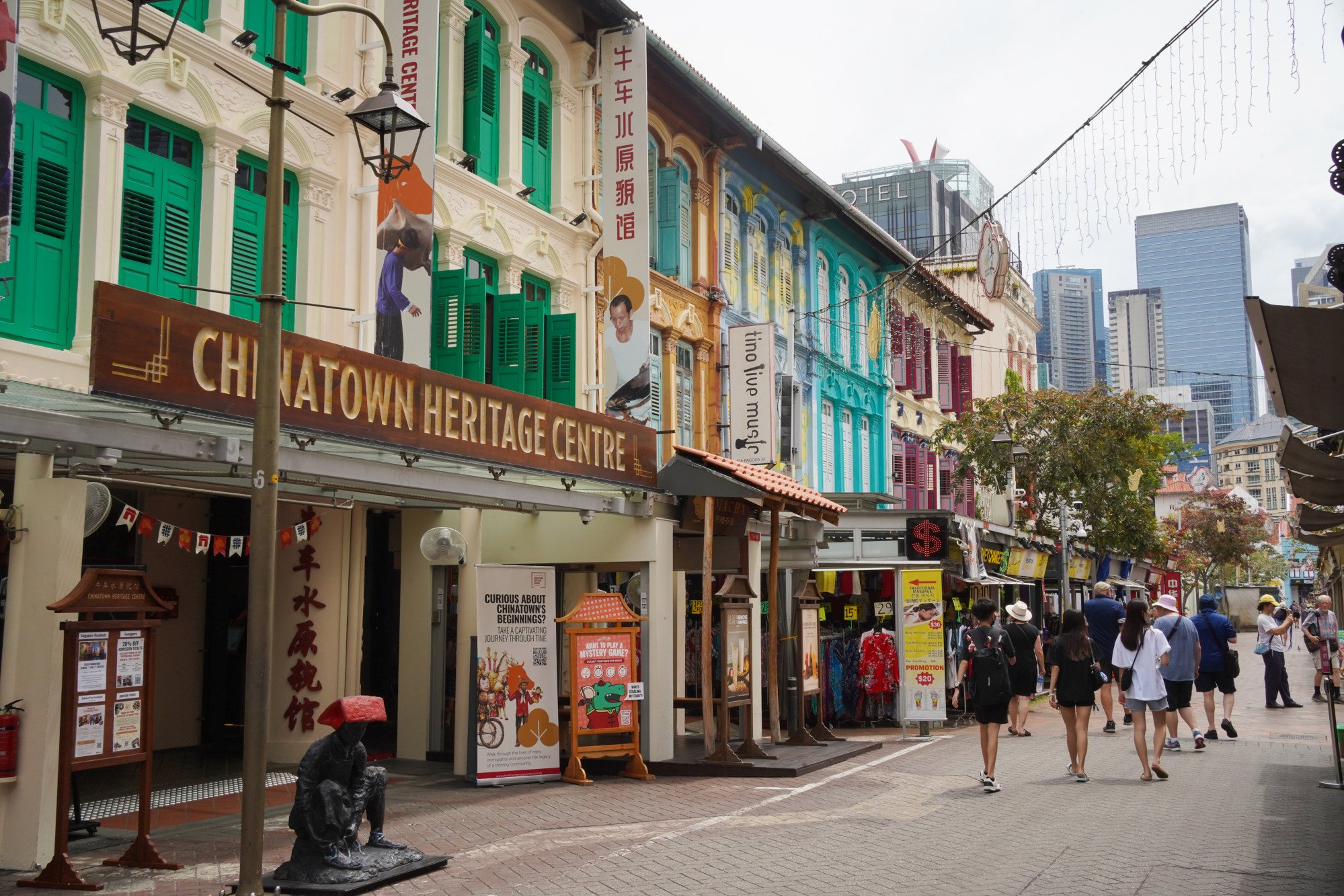
Red carpet treatment
For some, the main draw is the city’s photogenic appeal. On a bridge over the Singapore River, software engineer Jade Chiang filmed herself for a da ka post – a Chinese trend in which travellers “punch the card” by sharing images from must-see spots to prove they have visited.
“My No 1 priority on this trip is to take photographs and da ka,” said the 33-year-old from Zhengzhou, whose itinerary was based entirely on recommendations from RedNote.
“Singapore is indeed expensive but that is to be expected since it is a developed country, and since there are so many beautiful sights, I’ll overlook it.”
Loh, the tour operator, said aesthetics were driving this new wave of tourism: “They’re looking for pictures that are aesthetically pleasing, that they can show off to their friends or on social media that they’ve been to a certain place,” he said. “There’s a very strong value proposition in aesthetics.”
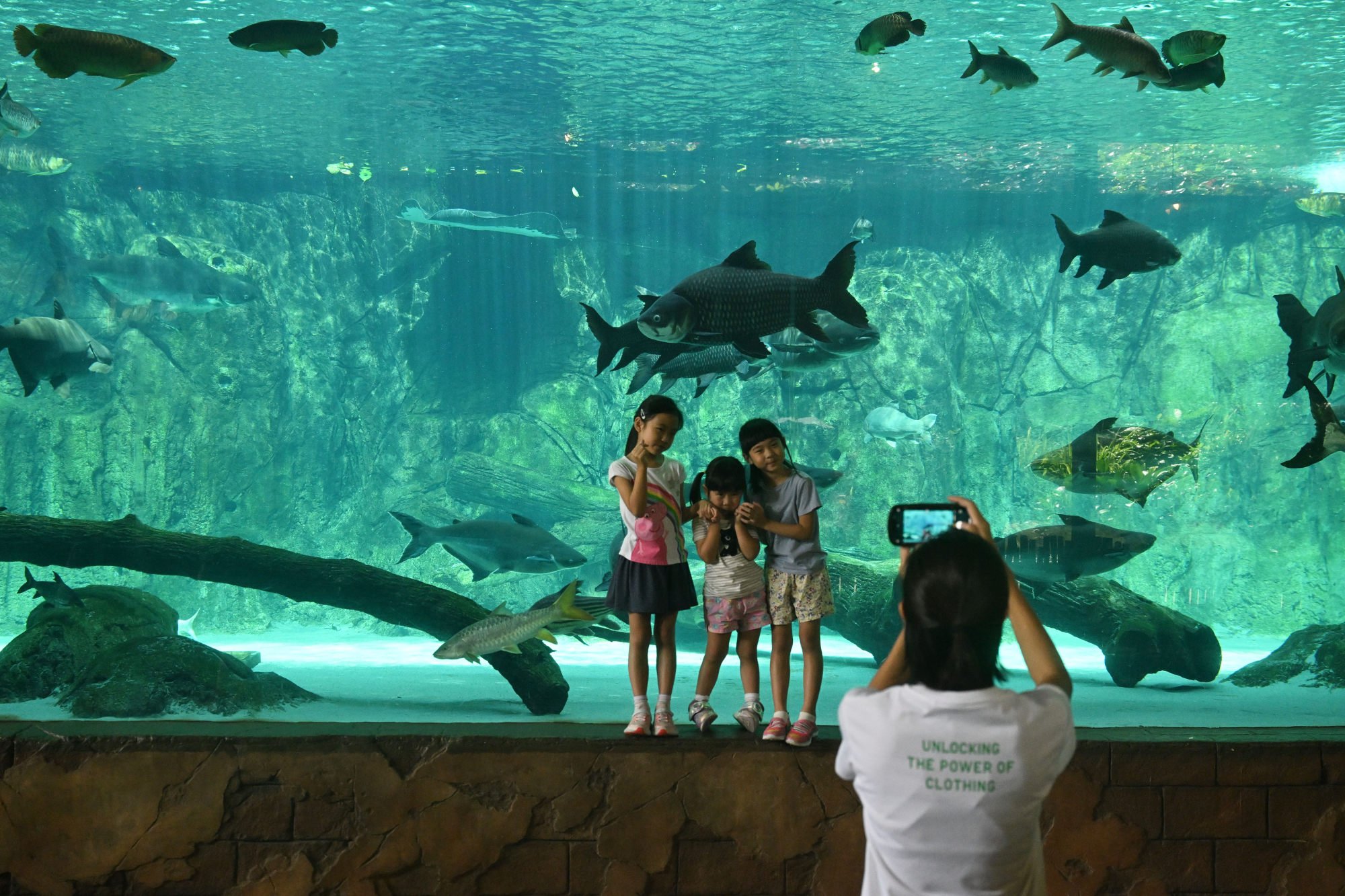
Social media platforms have become a travel bible for Chinese tourists: 52 per cent of respondents to a survey by Dragon Trail International last year said they had used RedNote to plan trips, while 43 per cent turned to Douyin.
The Singapore Tourism Board has jumped on the trend, partnering with celebrities like singer Jam Hsiao and actor Sun Yue to front short-form social media videos showcasing local attractions.
Chinese visitors are also increasingly seeking immersive experiences and in-depth experiences, said Andrew Phua, the tourism board’s chief representative and executive director for Greater China.
Rachel Chen, founder of Culture Curious Tours, said more travellers in their thirties and forties were taking an interest in Singapore’s social and economic development, rather than luxury shopping.
To cater to this trend, her agency now offers tours focused on urban planning and public housing, with visits to a residential estate with high-rise buildings and a gallery chronicling Singapore’s transformation.
Retailers are also adapting, aiming to attract Chinese patrons with the promise of visually appealing photo opportunities. Golf driving range clubFace, which has enlisted the help of social media influencers for marketing, is among them.
“Chinese visitors tend to be interested in trying activities that are social and photo-friendly, and are receptive to short-form content and word of mouth recommendations,” said Yeo Yi Juan, marketing communications executive at clubFace, adding that the business saw a steady stream of Chinese customers after its RedNote page went viral.
Hong Kong holds key ‘accelerator’ role as China’s trade strategy evolves

The city’s institutional strengths, strategic location and service capabilities make it a pivotal enabler of China’s changing trade architecture

China’s trade has displayed remarkable resilience this year. Its goods trade expanded 4 per cent year on year for the nine months so far in yuan terms, according to customs data. Quarterly growth accelerated from 1.3 per cent at the start of the year, to 4.5 per cent by midyear and finally to 6 per cent. This steady momentum reflects both the robustness of demand and continued refinement of China’s trade structure.
But the regional performance has been uneven. Exports to the United States fell 27 per cent year on year in September under the weight of tariffs, continuing August’s decline. The European market, however, provided a counterbalance. Chinese exports to the European Union rose 14.2 per cent in September, likely supported by an improvement in the euro area manufacturing purchasing managers’ index (PMI), an indicator of economic recovery.
Emerging markets offered further impetus. Exports to Africa, for instance, surged 56.4 per cent in September, while shipments to the Association of Southeast Asian Nations (Asean) region remained buoyant, rising 15.6 per cent. These figures underscore the growing importance of diversification in China’s foreign trade strategy.
Within this shifting landscape, Hong Kong’s role has been particularly striking. The goods trade between the mainland and Hong Kong was officially valued at US$261.56 billion for January-September.
Mainland imports from Hong Kong alone for the nine months soared by 86.6 per cent year on year in dollar terms, far surpassing the 35.8 per cent increase for all of 2024. Mainland exports to Hong Kong for the period also rose, by 12.6 per cent, outpacing last year’s performance. This robust expansion highlights Hong Kong’s enduring strategic significance amid an increasingly complex and risk-laden global trading environment.
Confidence among Hong Kong exporters has strengthened accordingly. The Hong Kong Trade Development Council revealed in September that its export confidence index for the third quarter had climbed decisively above the 50-point threshold for both current and expected readings, reaching a record high since the index’s revision. Notably, 64 per cent of those surveyed expected profit margins to either stabilise or improve, with optimism concentrated on the mainland and Asean markets.
Hong Kong serves as an indispensable “accelerator” for the mainland’s import ecosystem. As a free port, it combines a liberal business environment, sophisticated financial system and world-class logistics infrastructure. These attributes make it a critical gateway for mainland enterprises seeking high-value added products, advanced equipment and intermediate goods.
Hong Kong’s re-export function is equally vital: re-exports to the mainland grew 16.5 per cent in the first nine months of the year, outpacing last year’s 15.9 per cent. By channelling certain high-end products through Hong Kong, companies can circumvent trade barriers and tariff restrictions, enhancing efficiency and flexibility.
The city’s financial intermediation amplifies this role. As the world’s largest offshore yuan hub, Hong Kong provides a comprehensive suite of instruments and risk management tools that enable mainland companies to navigate exchange rate volatility and international settlement challenges. This strengthens the effectiveness of cross-border procurement and enhances the city’s role as a financial anchor for regional trade.
Just as vital is Hong Kong’s function as a launch pad for mainland exports. Its extensive shipping network, liberal trade regime and preferential agreements with major economies make it a natural springboard into global markets.
Beyond logistics, Hong Kong offers unique advantages in brand cultivation and market positioning. Mainland companies frequently establish distribution centres, showcase platforms and join local trade fairs to enhance their international image and consumer recognition.
This is particularly valuable in premium consumer goods, electronics and green technologies, where Hong Kong’s market intelligence and consumer insights provide strategic guidance. Its financial ecosystem also supports exporters with financing and hedging solutions, enabling them to better manage order volatility and extended payment cycles.
Unhandled type: inline-plus-widget {"type":"inline-plus-widget"}China’s trade diversification continues apace. In the first three quarters of this year, the value of its goods trade with Belt and Road Initiative partner countries grew by 6.2 per cent year on year, accounting for 51.7 per cent of the total – an increase of 1.1 percentage points from a year earlier. Trade with Asean, Latin America, Africa and Central Asia also expanded, by 9.6 per cent, 3.9 per cent, 19.5 per cent and 16.7 per cent respectively.
China is now among the top three trading partners for 166 countries and regions. Yet the global trade landscape remains fraught with challenges: rising protectionism, intensifying geopolitical frictions, the restructuring of supply and value chains, and the accelerating imperative of the green transformation.
Looking ahead, Hong Kong’s institutional strengths, strategic location and service capabilities position it as a pivotal enabler of China’s evolving trade architecture. Priorities should include deepening integration within the Greater Bay Area, advancing cross-border e-commerce platforms and fostering green trade cooperation. These initiatives will not only provide stability but also inject fresh dynamism into China’s foreign trade development.
Possible explosive powder found after Indonesian mosque blast, police say

Nearly 100 people were injured in the explosion during Friday prayers, suspected to be caused by a 17-year-old student

Indonesian police found possible explosive powder as they investigated explosions at a mosque in the capital of Jakarta, and the suspected perpetrator was recovering, the police chief said on Saturday.
Explosions that injured nearly 100 people during Friday prayers could have been an attack, officials said, with a 17-year-old student the suspected perpetrator.
“Several pieces of supporting evidence were found,” police chief Listyo Sigit Prabowo told a press conference after visiting the victims at a hospital.
“There were written materials and some powder that could have potentially caused an explosion,” he said. “We are gathering other records, including examining social media and family members to gather all the information.”

The suspected perpetrator, a student at a school next to the mosque, was recovering after undergoing surgery on Friday, Listyo said.
“The suspect’s condition is improving, and hopefully this will make things easier for us when needed,” he said.
Listyo did not rule out the involvement of others. Investigators are also examining the suspect’s family and social media, according to the police chief.
Ninety-six people were wounded in the incident, Listyo said, revising the police’s earlier casualty figure of 54. Twenty-nine victims remain hospitalised, including at least two in intensive care.
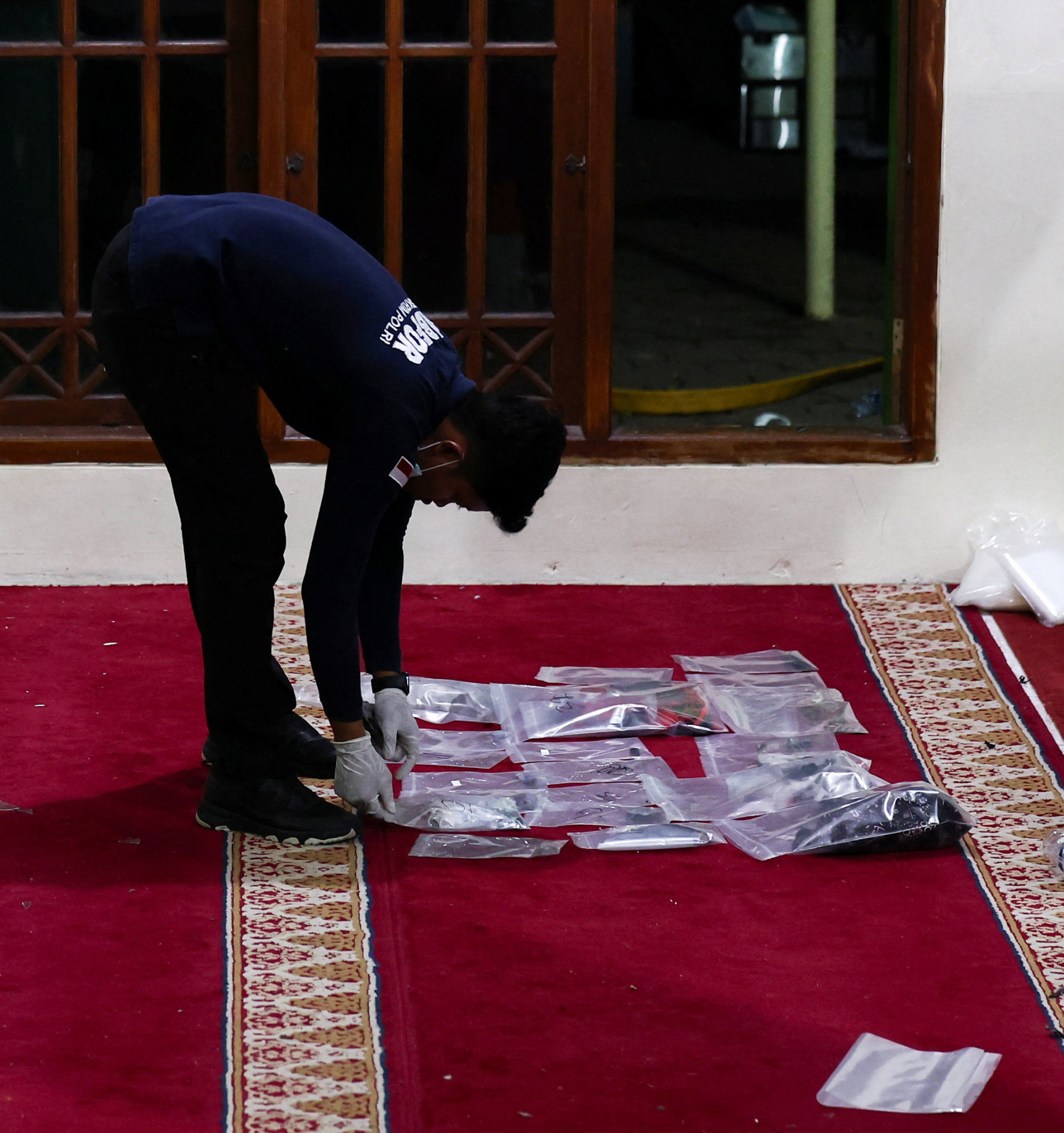
Mayndra Eka Wardhana, spokesman for the counterterrorism police unit Densus 88, said that investigators had searched the suspect’s home.
He added that they were still investigating the motive behind the incident.
A witness said there was confusion over what happened.
“At first we thought it came from some electronic equipment, maybe the sound system … but it turned out the explosion came from under the prayer mat,” Kinza Ghaisan Rayyan, a 17-year-old student, said on Friday.
Additional reporting by Agence France-Presse
Unhandled type: inline-plus-widget {"type":"inline-plus-widget"}Philippine ombudsman claims Duterte’s drugs war ally Dela Rosa’s arrest imminent

Ombudsman Remulla says the ICC has issued an arrest warrant for the Philippine senator, but the court has denied the claim

The International Criminal Court has issued an arrest warrant for Philippine Senator Ronald Dela Rosa, who oversaw then-president Rodrigo Duterte’s war on drugs, according to the nation’s ombudsman, although the ICC denied the assertion.
Duterte, in office from 2016 to 2022, was arrested and taken to The Hague in March on a warrant linking him to murders committed during his war on drugs, in which thousands of alleged narcotics peddlers and users were killed.
“The ICC has issued a warrant against Senator Dela Rosa,” Philippine Ombudsman Jesus Crispin Remulla told DZRH radio station on Saturday. “This is an extraditable offence.”
The ombudsman said in a text response on Saturday that the information about Dela Rosa’s warrant had been relayed to him by the officer in charge of the Department of Justice (DOJ).
Remulla, who served as justice secretary before becoming ombudsman in October, added that the ICC should formally request extradition.
Asked for comment, DOJ spokesman Polo Martinez said the ministry was still verifying the information.
“We have not yet received a copy of said arrest warrant. We shall provide further details as soon as it becomes available,” Martinez said in a text message.
ICC spokesman Fadi El Abdallah, when asked whether there was an arrest warrant, said: “No. ICC news can only be found on ICC official communications channels and press releases.”

The office of Dela Rosa, a police chief under Duterte, did not immediately respond to a request for comment. He and Duterte, who is in detention at The Hague, have petitioned the Philippine Supreme Court to compel the government to stop cooperating with the ICC.
President Ferdinand Marcos Jnr’s office had yet to independently verify the information about Dela Rosa’s warrant, Executive Secretary Lucas Bersamin told reporters.
A document containing the charges prosecutors want to bring against Duterte mentioned Dela Rosa, including statements he made as police chief.
Dela Rosa was quoted in a Senate photo release in April as saying he received a communication from the ICC “regarding the extrajudicial killings of suspected drug dependents and other personalities, which constitute crimes against humanity”.
Duterte and his lawyers maintain his arrest was unlawful. Last month, Duterte appealed the ICC’s decision to continue its case against him and sought his release.
Unhandled type: inline-plus-widget {"type":"inline-plus-widget"}Remulla said the extradition rules approved by the Supreme Court would be applied in the case of Dela Rosa.
Additional reporting by Bloomberg
Prabowo’s popularity holds steady, but can he boost Indonesia’s economy?
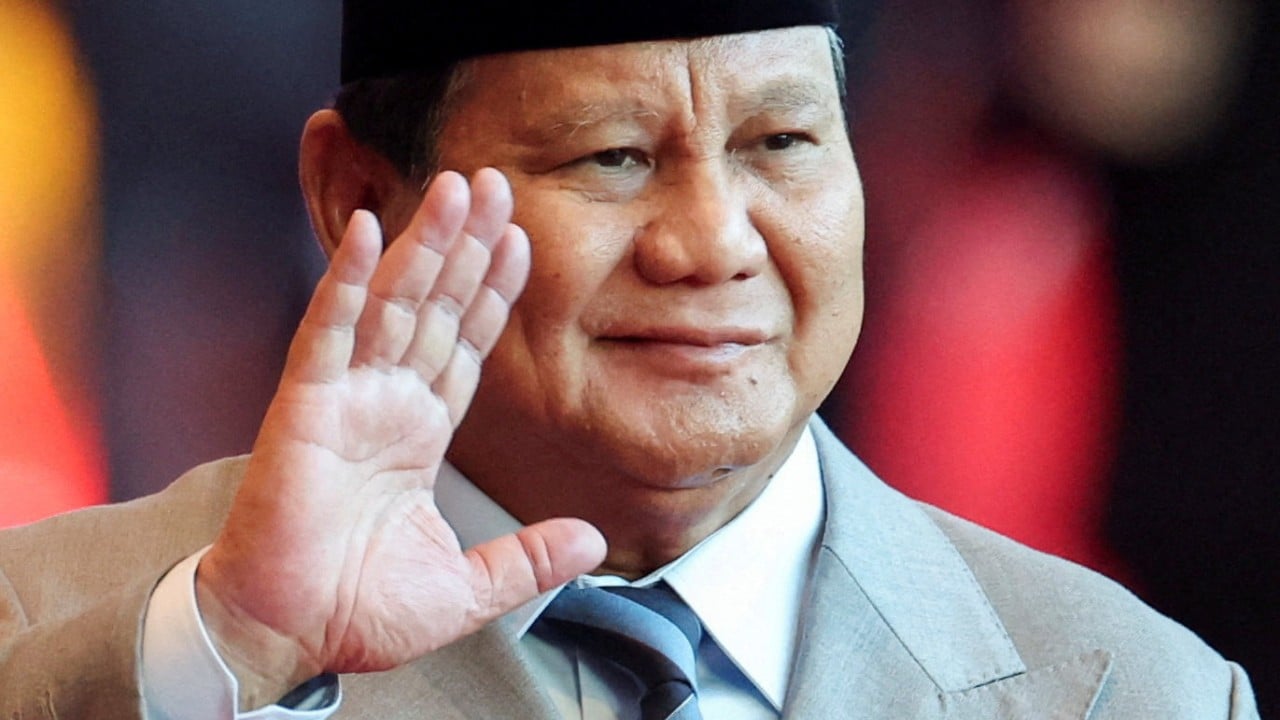
A year from taking office, the president’s approval rating stands at 78 per cent, but Indonesians want him to deliver on his promised growth

Indonesian President Prabowo Subianto’s public approval rating is steady at 78 per cent a year after he took office, a survey showed on Saturday, despite a challenging first year in office marked by deadly student protests.
Prabowo’s approval is little changed from 80.9 per cent in the previous poll, released in January.
He took office in October last year after sweeping a general election, but his government has had to deal with a number of economic and social challenges, including the protests against some of his policies.
Only 20.8 per cent of respondents in the new survey expressed dissatisfaction with Prabowo, Burhanuddin Muhtadi, founder of independent polling organisation Indikator Politik Indonesia, told journalists.
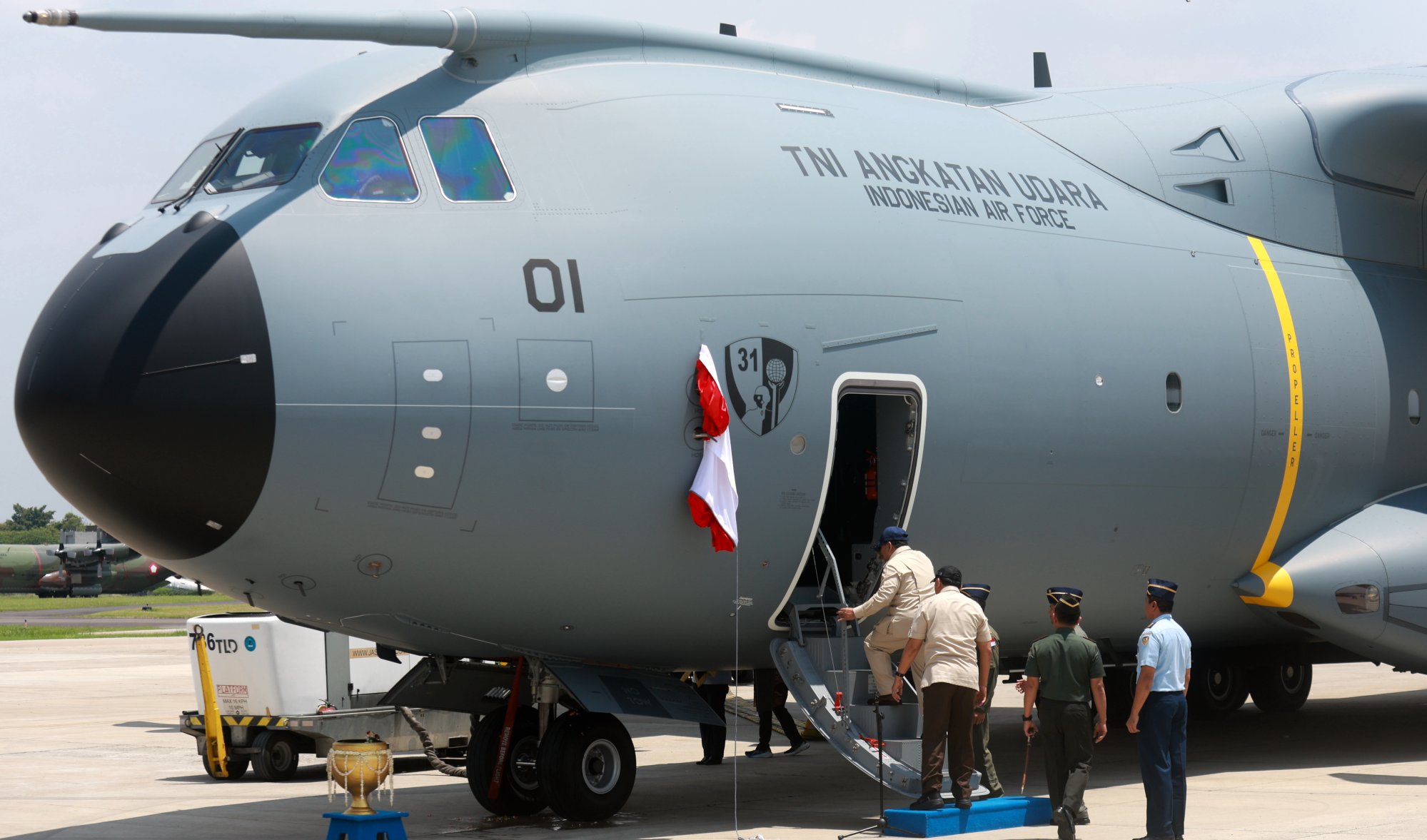
“Based on our national survey … the variable that makes the public most satisfied is eradicating corruption,” Muhtadi said, adding that Prabowo also received high marks for social assistance and his signature free-meals programme.
Prabowo’s lowest approval was for the political situation, at 31 per cent in the survey, conducted between October 20 and 27 and involving 1,220 respondents. The highest was for security, at 56.5 per cent.
Prabowo won the presidency on a promise to stamp out corruption and increase economic opportunities by accelerating gross domestic product growth to 8 per cent from 5 per cent.
Among his most contentious policies since taking power has been formalising the expansion of the military’s role in civilian governance, which triggered the protests.
The use of soldiers by Prabowo – a former special forces commander dismissed from the military amid speculation of rights abuses and once barred from entering the US – for tasks such as running civilian departments and manufacturing medicines, has been criticised by rights groups as a threat to democracy.
His ambitious free-meals programme that targets nutritious meals for over 80 million Indonesians, has hit some hurdles. Some 15,000 children had fallen ill as of October 29 after consuming food prepared under the programme.
But it has been the economy that has challenged Prabowo most persistently.
Unhandled type: inline-plus-widget {"type":"inline-plus-widget"}Growth slowed to 5.04 per cent in the third quarter from 5.12 per cent in the second quarter as household spending, which makes up more than half of Indonesia’s GDP, cooled slightly.
While growth remains steady, it is still below this year’s target of 5.2 per cent, underscoring the challenge of lifting growth to 8 per cent by 2029. There have been multiple stimulus packages and interest rate cuts this year, but investor sentiment remains lukewarm.
“This is an input for Prabowo’s government, that satisfaction has not been contributed by economic factors,” Muhtadi said.
Taliban says Afghanistan-Pakistan ceasefire will hold, despite failed talks
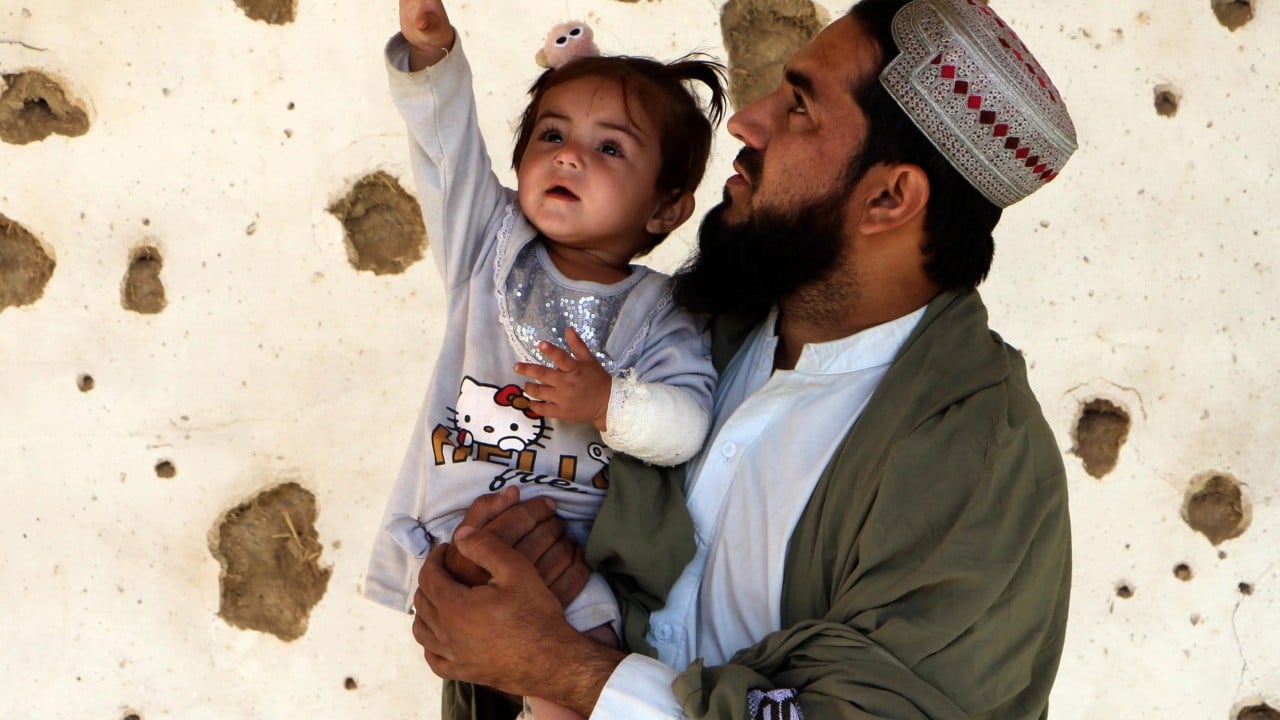
Afghanistan blamed ‘irresponsible and uncooperative’ Pakistan for the failure while Islamabad said Kabul was not clamping down on terrorism

Afghanistan’s Taliban government said on Saturday its ceasefire with Pakistan would remain even though their latest talks failed, blaming Islamabad’s “irresponsible and uncooperative” approach.
The two sides met on Thursday in Turkey to finalise a truce agreed on October 19 in Qatar, following deadly clashes between the South Asian neighbours.
Both have remained tight-lipped on the content of the discussions, which are known only to have addressed long-standing security issues.
“During the discussions, the Pakistani side attempted to shift all responsibility for its security to the Afghan government, while showing no willingness to take responsibility for either Afghanistan’s security or its own,” Taliban government spokesman Zabihullah Mujahid wrote on social media.
“The irresponsible and uncooperative attitude of the Pakistani delegation has not yielded any results.”
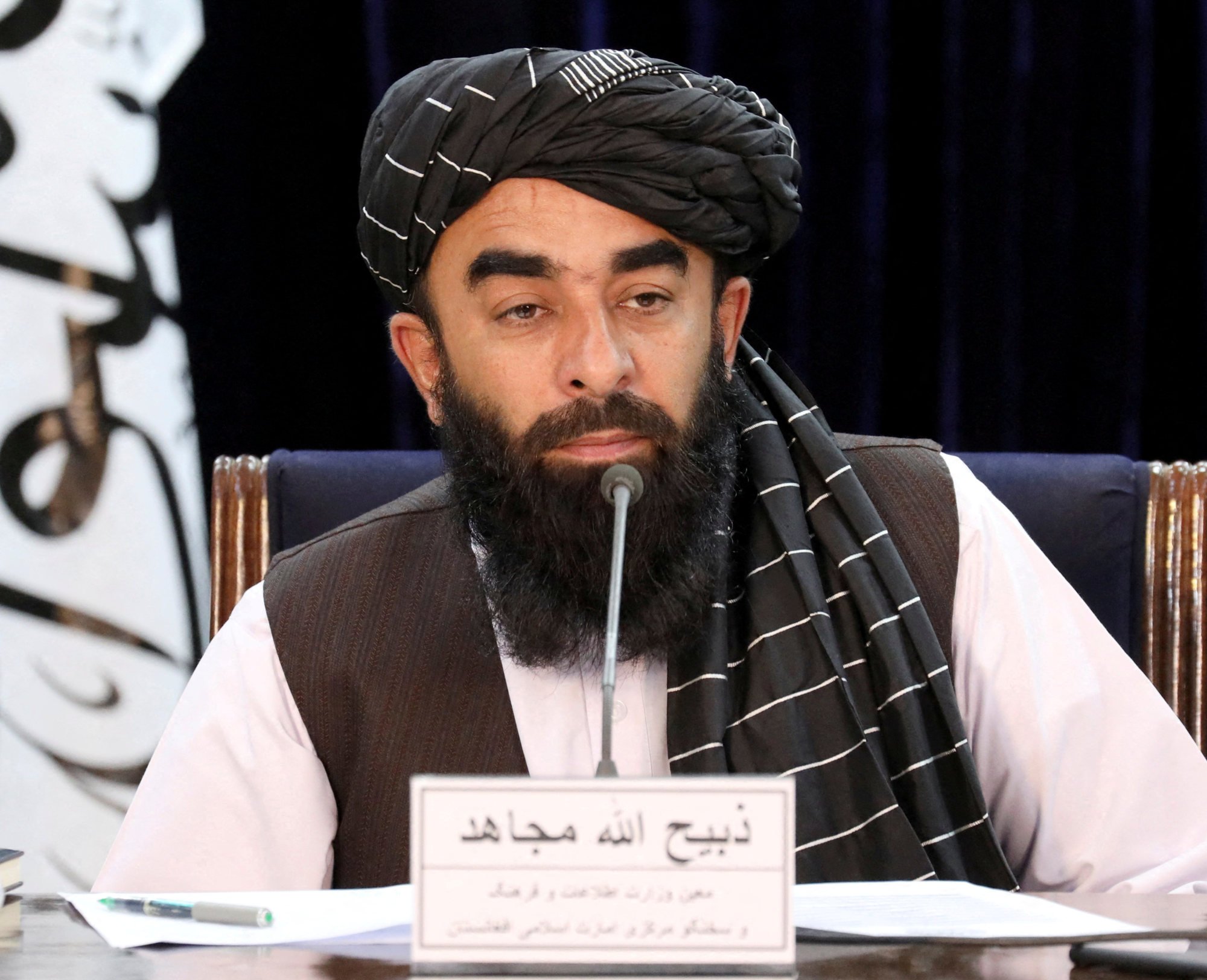
At a news conference later on, Mujahid stressed that the ceasefire “will hold”.
“There is no issue with the ceasefire previously agreed upon with Pakistan, it will hold,” he said.
Neither Islamabad nor mediators immediately commented on the announcement that the talks had failed.
Souring relations
Pakistan’s Information Minister Attaullah Tarar had previously hinted that negotiations in Turkey were falling through, saying that the onus lay on Afghanistan to fulfil pledges to clamp down on terrorism, “which so far they have failed”.
“Pakistan shall continue to exercise all options necessary to safeguard the security of its people and its sovereignty,” he wrote.
Relations between the one-time allies, who share a 2,600km (1,600-mile) frontier, have soured in recent years over Islamabad’s accusations that Afghanistan harbours militant groups which stage attacks in Pakistan.
The Taliban government has consistently denied the allegations.
Islamabad wants guarantees from Afghanistan’s Taliban government that it will stop supporting armed organisations, in particular the Pakistani Taliban, or Tehreek-e-Taliban Pakistan.
Afghanistan, meanwhile, wants its territorial sovereignty to be respected and accuses Islamabad of supporting armed groups against it.
Unhandled type: inline-plus-widget {"type":"inline-plus-widget"}Each side has threatened a resumption of hostilities that saw more than 70 people killed and hundreds wounded last month.
The talks were threatened on Friday after each nation blamed the other for border fighting in Spin Boldak on the Afghan side.
A district hospital official said that five people – four women and one man – were killed in the fighting.
Afghanistan did not retaliate “out of respect for the negotiating team and to prevent the loss of civilian lives”, the Taliban spokesman said.
Islamabad also accuses Kabul of acting with the support of India, its historical enemy, during a period of closer ties between the two countries.
‘Reject it altogether’: sex tourists from South Korea drive up rents in Laos
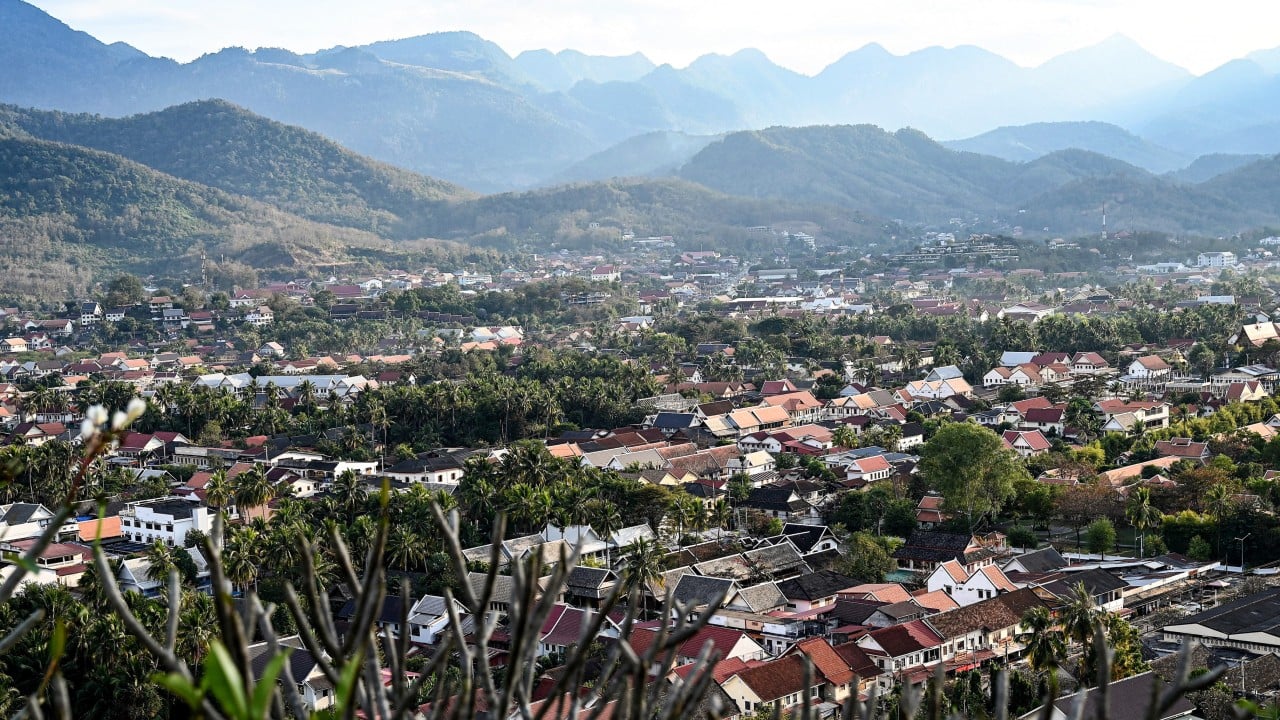
A South Korean civic group is calling for cultural change to combat exploitation and protect children from sex work

A civic group in South Korea has raised concerns over reports that some Korean men are engaging in organised sex tourism in Laos, with some even reportedly renting long-term housing in major cities to facilitate the purchase of sex.
Activists warn that the trend has become so widespread that it is pushing up local rents.
Lee Hyun-sook, head of the civic group Tacteen Naeil, which works to prevent sexual crimes against minors, revealed the findings during a CBS Radio interview on Thursday. Her group has been monitoring online chat rooms and Telegram channels that share information about prostitution.
According to Lee, Korean men have become major customers at sex establishments in Laos.
We shouldn’t see prostitution as something that just exists … We need a culture that rejects it altogetherLee Hyun-sook, South Korean civic activist
“It’s not difficult to find entertainment venues there with signs written in Korean,” she said, adding that one online review of such venues had over 31 million views, suggesting the scale of interest among Korean users.
Lee said more Korean men are now living in Laos for months at a time to purchase sex, often renting flats for their stay.
“Those with money rent very nice places,” she said. “Because Laos is relatively inexpensive, it’s become a place where many can live comfortably for a while – and with increased demand, rent prices naturally go up.”

Some men even appear to view this as part of their post-retirement lifestyle, according to the civic group. “We saw messages in online chat rooms where people say they’re considering moving to Laos after retirement to live more freely,” Lee said.
Beyond the ethical and legal implications of paying for sex, Lee expressed concern that some of these transactions may involve minors. “There was a report last year of a Chinese-run brothel where a seven-year-old child was found,” she said. “Prices vary depending on the age of the person involved.”
Lee emphasised the need for cultural change rather than apathy. “We shouldn’t see prostitution as something that just exists. It’s not enough to think, ‘I just won’t do it.’ We need a culture that rejects it altogether,” she said.
This story was first published by The Korea Times
Nose length is best indicator of penis size, Japanese researchers find

The researchers suggested that male hormone exposure in the womb during fetal development may influence both traits

A new study by researchers in Japan has found a stronger correlation between nose length and penis size than with hand or foot size.
Researchers at Kyoto Prefectural University of Medicine analysed autopsy data from 124 men, measuring various body parts and comparing them to each man’s “stretched penile length” – the length of the penis when gently pulled while flaccid.
Their findings, published in the journal Basic and Clinical Andrology, suggest that nose size may indeed be a more reliable physical indicator.
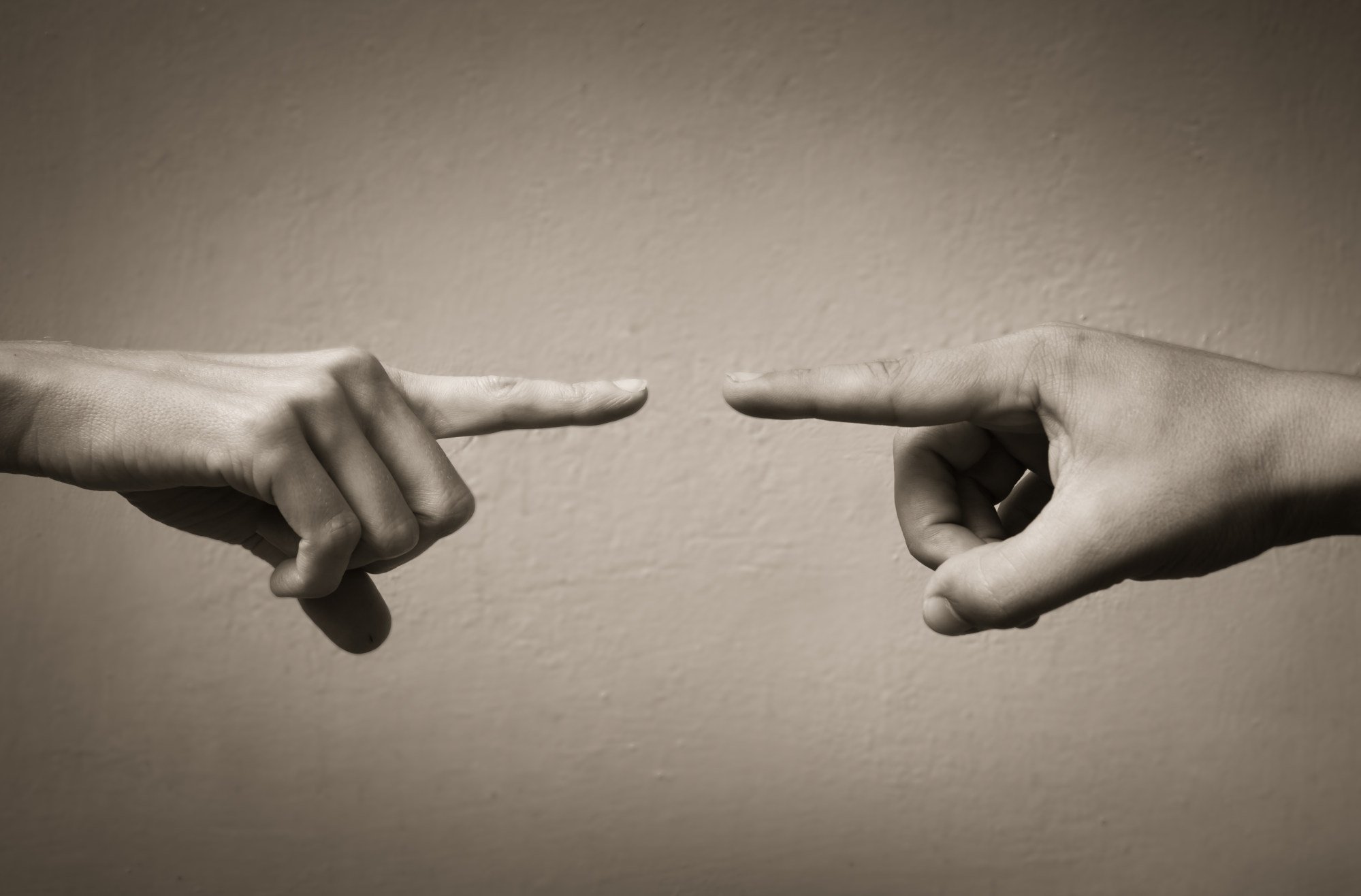
Men with larger noses had an average penile length of about 5.3 inches (13.5cm), while those with smaller noses averaged about 4.1 inches (10.4cm).
The team said this difference was unrelated to height, weight or age, implying that the relationship may be determined by developmental factors established before birth.
“The link between nose size and penile length suggests that male hormone exposure during fetal development may influence both traits,” said the study’s lead author, Dr Hiroshi Ikegaya. “The prenatal environment may play a greater role than post-pubertal growth”.
Rena Malik, a urologist based in Beverly Hills, also cited the study, saying that traditional beliefs linking penis size to hand or foot size lack strong scientific evidence.
She said that the finding was significant precisely because nose length was the only body measurement showing a clear statistical correlation.

Other research has drawn connections between finger ratios and genital development.
A study by Professor Kim Tae-beom at Gachon University in South Korea, published in the Asian Journal of Andrology, found that men whose ring fingers were longer than their index fingers tended to have longer penises on average.
The researchers attributed this to testosterone exposure in the womb, which affects both finger proportions and genital growth.
Experts say that penis size may serve as more than a matter of appearance – it could reflect hormonal signalling and developmental health beginning in the fetal stage.
This article was first published by The Korea Times
Unhandled type: inline-plus-widget {"type":"inline-plus-widget"}Fun or nuisance? Singapore’s pickleball fever leaves neighbours on edge

A shortage of courts has seen players turn to improvised venues in housing estates, prompting a surge in noise complaints

Under the floodlights of a street football pitch dotted with cement-covered potholes, 69-year-old retiree Lilian Sek beams as she whacks a hollow orange plastic ball through the night sky in the southern neighbourhood of Telok Blangah in Singapore.
Behind her, a laminated sign on the back of the court reads “Please lower your volume” and reminds players of the quiet hours between 10.30pm and 7am for those living in the public housing flats that overlook the court.
Sek, a former administrative officer, and her neighbours have gathered nearly every Saturday evening for about a year to play pickleball – a fast-growing paddle sport that blends elements of tennis, badminton and table tennis.
“I saw my neighbour playing and thought it was interesting, so one day she told me to join, and I like that it’s easy to learn. I haven’t even needed to go for any training, I only just watch people play and follow,” Sek said.
“It’s easy for me because I played volleyball and badminton last time.”

For Sek and her neighbours, the court has become more than a place to exercise – it is a social anchor. “I didn’t know them before, but now we have a WhatsApp chat and people invite their friends to come along too.”
The court they play on is part of a public housing estate and open to all without booking. Sek says she would prefer to play more often at designated pickleball courts in government-run sports facilities, but slots are hard to come by.
According to government-funded broadsheet The Straits Times, there are now more than 5,000 active players in Singapore. Bookings at 30 public courts have more than tripled since 2023, data from Sport Singapore (SportSG) showed.
As the sport’s popularity soars across age groups, its rapid spread is straining Singapore’s limited urban space – and residents’ patience. With demand far outstripping the supply of courts, players are turning to improvised venues in housing estates, prompting a surge in noise complaints.
Authorities and private operators are now scrambling to balance the game’s community appeal with the challenges of a densely packed city.
This Week in Asia has contacted SportSG for comment on the surge of pickleball’s popularity and the shortage of courts.

Growing pains
Between January 2024 and August this year, the Municipal Services Office received 701 complaints about noise arising from pickleball being played in housing estates, Minister for National Development Chee Hong Tat said in September.
One resident who lodged a complaint with his town council over pickleball noise told This Week in Asia that the sport was “inherently noisy” in light of the sharp staccato noise from the plastic ball striking the paddle.
Unhandled type: inline-plus-widget {"type":"inline-plus-widget"}“It’s not suitable to be played so close to people’s homes. It should be banned,” said the retired warehouse manager, who wanted to be known only by his surname, Toh.
The 71-year-old, who lives alone in the Tiong Bahru public housing estate in central Singapore, said shouts from players could be heard from 20 floors up and disrupted the peace of his once-quiet neighbourhood.
Amid the noise complaints from residents, public and private entities are moving to build more pickleball courts.
Last month, Singapore Sports Hub announced a partnership with the Oversea-Chinese Banking Corporation Group to launch a pickleball programme that will see the commissioning of eight new outdoor pickleball courts from January next year.
The projects encompass two junior tennis courts and three basketball courts that will be modified as dual-use courts for either pickleball, tennis or basketball.
Another eight pickleball courts were also being retrofitted at the Little India bus terminal, with the facility expected to be ready by early 2026, said local MP Alvin Tan in an Instagram post last month.
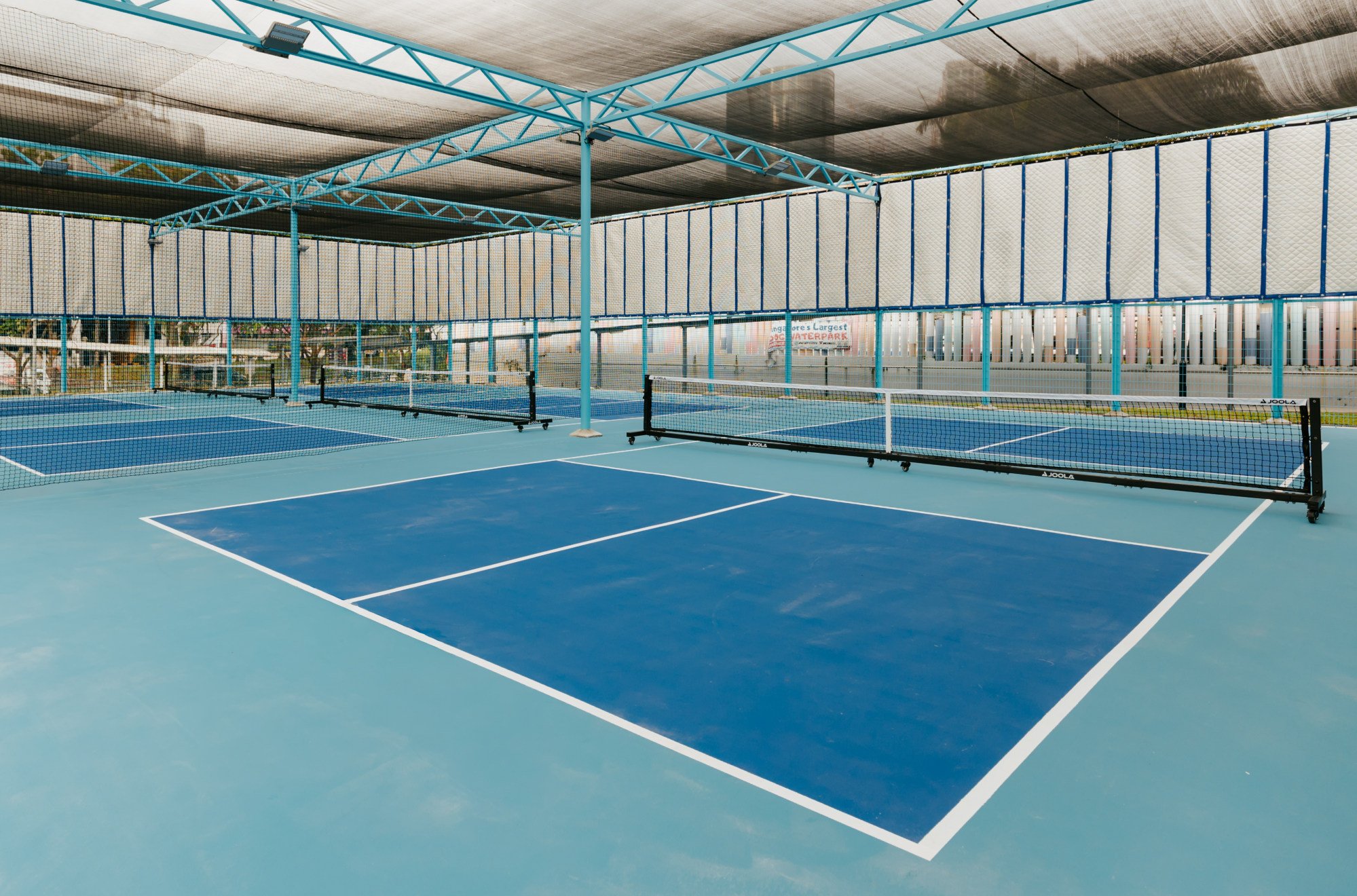
Meanwhile, in Jurong, 10 new privately run pickleball courts were built in a field and opened to the public in September.
Terence Lim, who co-founded the Straits Pickle Club that uses three of these courts, told This Week in Asia that the decision to start the club was driven by the overwhelming pent-up demand for quality pickleball courts in Singapore.
“We saw a huge surge in interest, but the supply of quality, dedicated courts simply wasn’t keeping up. Players were struggling with court scarcity, often resorting to unsuitable venues like outdoor badminton courts or slippery indoor parquet floors. Notably, very few existing courts are truly competition-grade,” said Lim, noting the high demand for classes and open play sessions.
He added that the courts had been installed with sound baffles to reduce the noise and play time was restricted to 8am and 10pm.
However, local citizen journalism site Stomp quoted a Jurong resident as saying that the current soundproofing insulation cover “barely works” and that he could still hear sharp “pok-pok” sounds after closing his windows and doors.
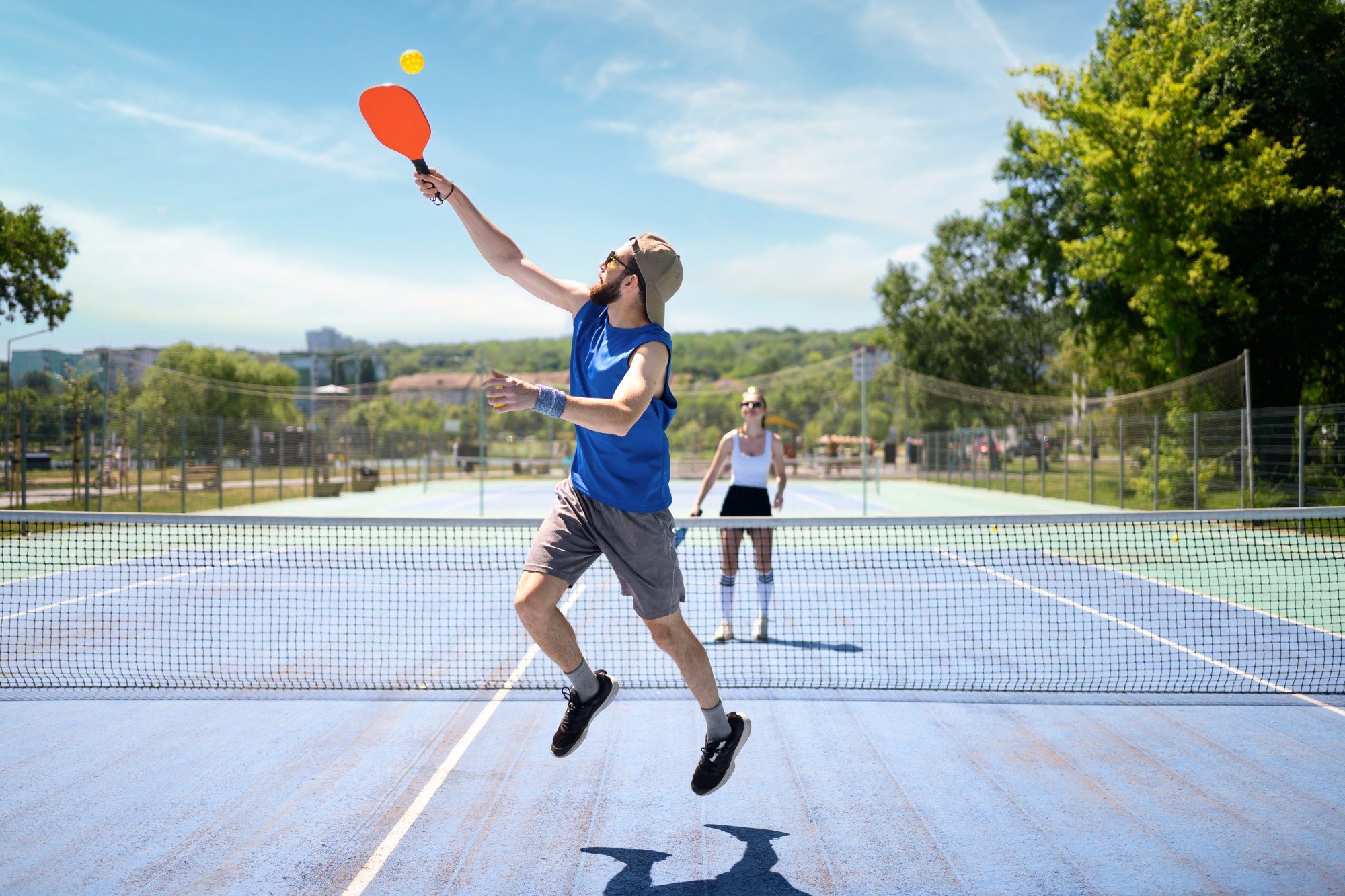
Regional appeal
Singapore is not alone in riding the pickleball wave. The sport has rapidly taken off across Southeast Asia, driven by a mix of urban constraints, accessibility and a strong regional culture in racquet sports.
“By August 2024 the growth curve steepened significantly,” Tito Machado, CEO of global pickleball player rating platform DUPR, told This Week in Asia. “It’s been one of the fastest-growing regions in our global network, driven largely by the enthusiasm of new clubs and communities embracing the sport.”
Malaysia saw a 59 per cent jump in players over one 90-day period, according to DUPR, while Vietnam recorded a 30 per cent increase.
Machado said that the cost efficiency of pickleball and the ease of picking up the sport was fuelling its popularity across the region, alongside a lack of space in cities where land is limited and Southeast Asia’s deep-rooted culture in racquet sports like badminton, table tennis and tennis.
Lim of Straits Pickle Club said the sport’s “incredibly low barrier to entry” made it “instantly fun and rewarding for new players”.

Spectator interest is growing too. The 2025 PPA Tour Asia drew nearly 37,000 fans and almost 60 million online views across six events in Malaysia, Hong Kong and Vietnam, according to Kimberly Koh, managing director of the United Pickleball Association Asia.
“Asia’s growth is definitely a game changer for pickleball globally,” Koh said. “It introduces new styles of play, creates compelling cross-continental rivalries and dramatically expands the sport’s global audience and commercial appeal.”
Singapore is capitalising on the international appeal by hosting the first Epic World Championship next year. The four-day tournament for amateur players has guaranteed prize money of at least US$50,000.
More than 1,000 players are expected to compete at the event that will be held from April 30 to May 3 at the Kallang Tennis Hub, with the Singapore Sports Hub as the official venue partner.
It will be the first time that the Singapore Tourism Board has officially supported an international pickleball competition.
Melissa Ow, CEO of the tourism board, said it looked forward to witnessing the excitement this “fast-growing sport” would bring to Singapore.
“Epic supports our commitment to creating distinctive and memorable experiences for both visitors and locals, while strengthening Singapore’s reputation as a premier sporting destination,” Ow said.
‘He’s a friend of mine’: Trump says he will visit India despite tariff tiff
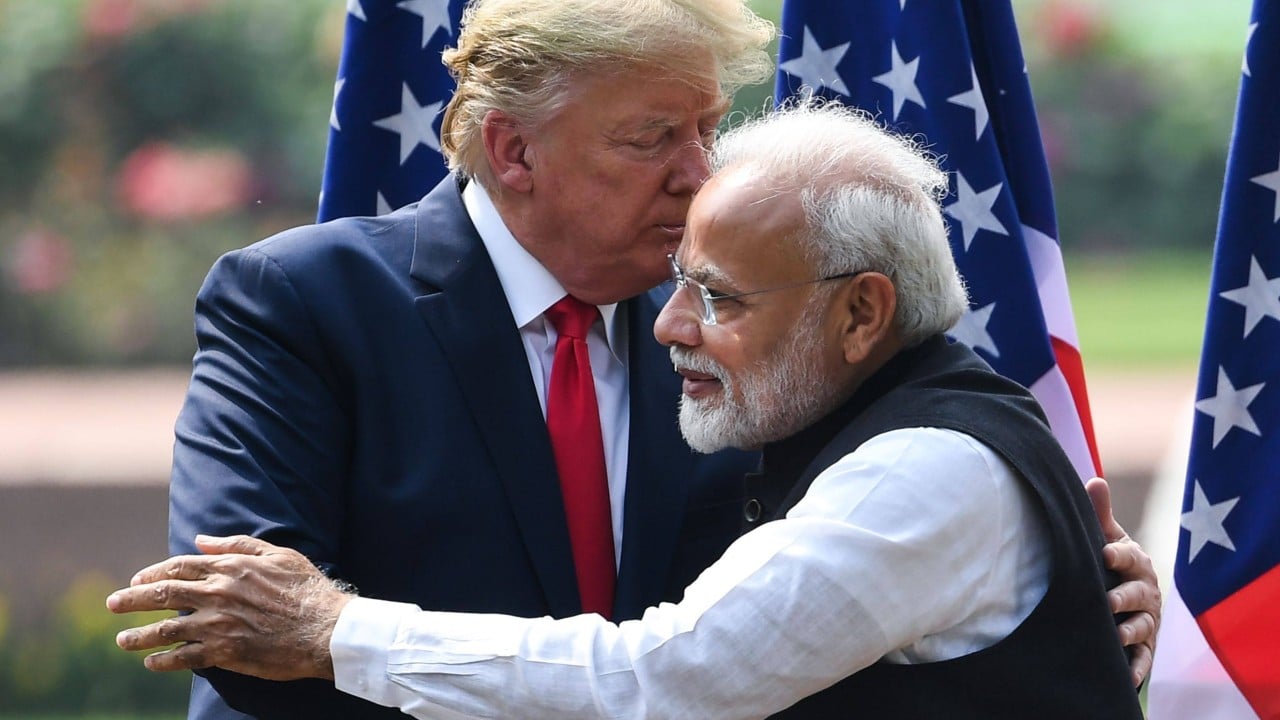
The US president had warm words for India’s prime minister, but tensions over trade and a recent conflict with Pakistan remain unresolved

US President Donald Trump has said he will visit India at the urging of Prime Minister Narendra Modi, the latest sign of a possible thaw in a trade dispute that has soured the two countries’ relationship.
“He’s a friend of mine, and we speak, and he wants me to go there, and we’ll figure that out, I’ll go,” Trump told reporters on Thursday, calling Modi a “great man”.
Trump said the visit “could be” next year but otherwise declined to provide a timeline for a trip.
“I do not have anything on this to share,” Randhir Jaiswal, a spokesman for India’s Ministry of External Affairs, said at a briefing in New Delhi on Friday regarding Trump’s visit. “I will let you know when I have.”

During his visit to the White House in February, Modi had invited Trump to India.
“On behalf of 1.4 billion Indians, I invite you to come to India,” the Indian leader said at a joint press conference in Washington during the visit. But relations between the two countries deteriorated rapidly after that.
Trump earlier this year slapped 50 per cent tariffs on India’s exports to the US in part to pressure Delhi to stop buying Russian oil. That added tensions to an already contentious negotiation over what the US has cast as India’s high levies and other barriers on American goods.
In recent weeks, Trump has said that Modi has pledged to wind down purchases of crude from Russia and expressed optimism about trade talks.
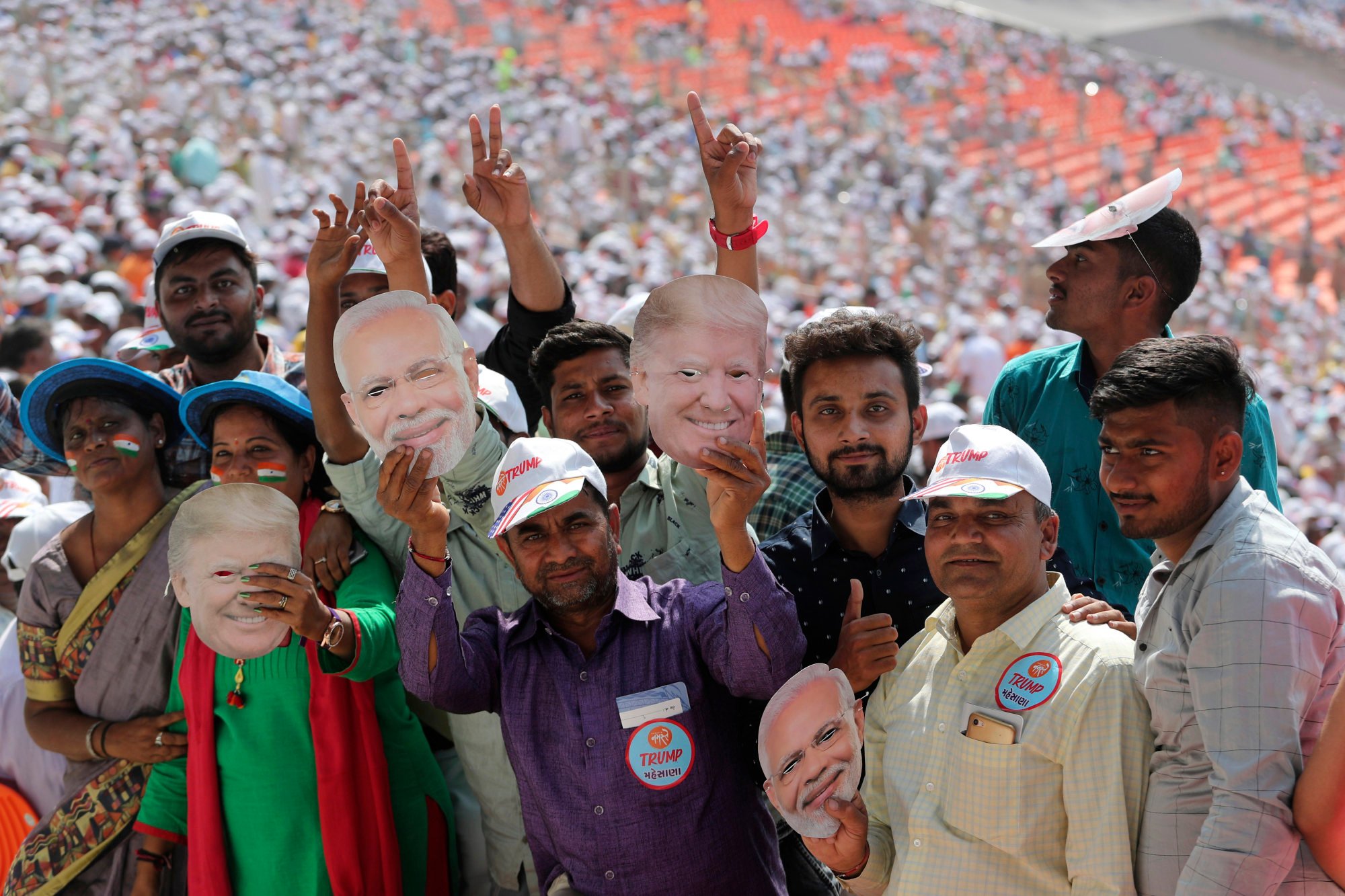
While some officials in Delhi have indicated that India is close to signing a trade deal with Washington, others – including the Minister of Commerce and Industry Piyush Goyal – have sent mixed signals, saying the country will not be pressured into finalising any agreement.
It is also unclear if the recent warmth between the two leaders will last. Despite sharing a close relationship, the alliance between Trump and Modi has been strained by the US leader’s repeated claim that he deserves credit for brokering a truce in a four-day armed conflict between India and Pakistan.
Trump’s last presidential visit to India came over five years ago, during his first term. “The people of India still remember your visit of 2020, and hope that President Trump will come to them once again,” Modi said at the February press conference.
Unhandled type: inline-plus-widget {"type":"inline-plus-widget"}How to survive a bear attack in Japan: 5 tips from the country’s leading expert

A record 13 people have been killed by bears in the country since April. Find out why you must never turn your back on one
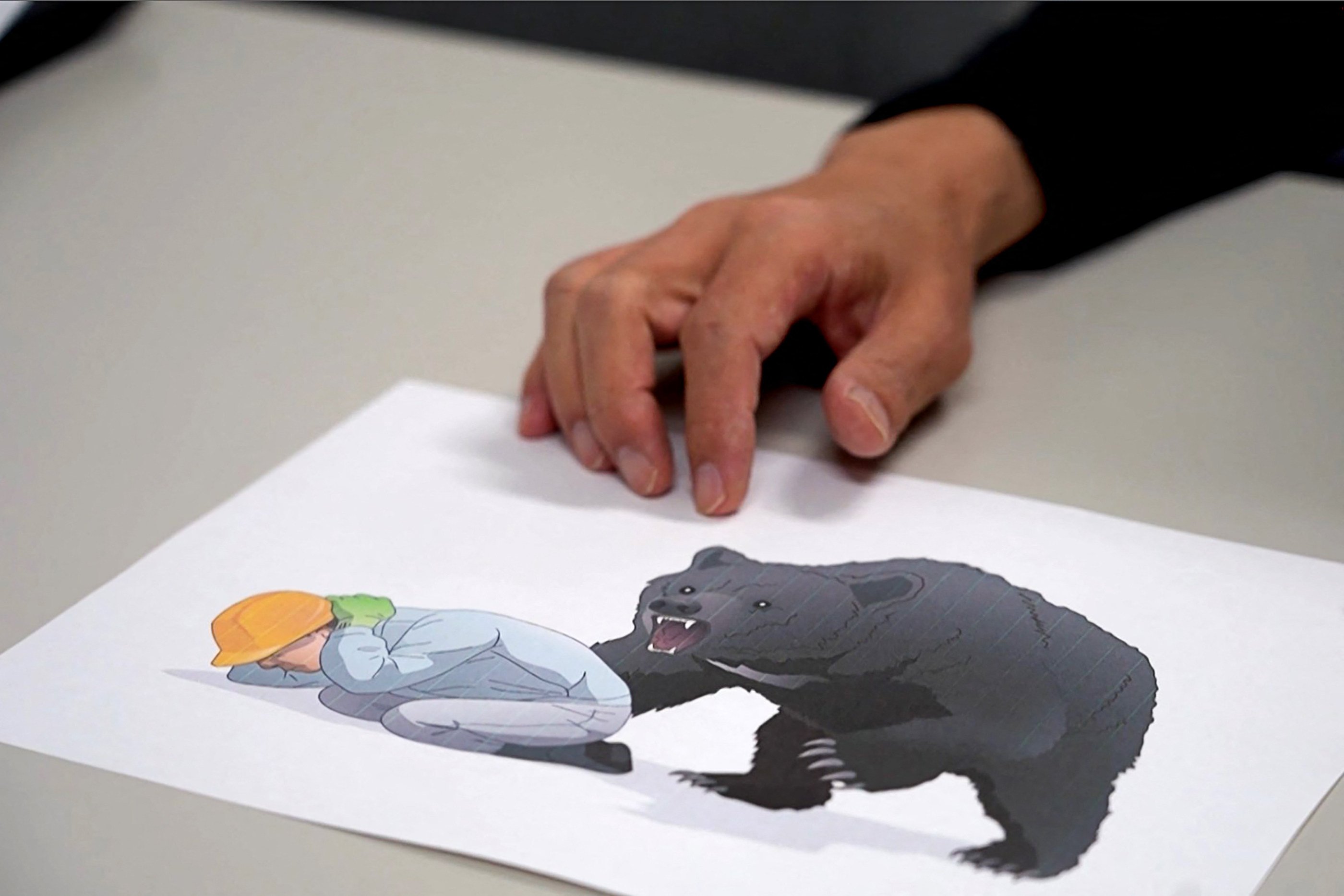
Bears have killed a record 13 people across Japan since April, with a steady flow of reports of the animals entering homes, roaming near schools and rampaging in supermarkets.
Hajime Nakae, the country’s leading medical expert in treating bear attack victims, knows all too well the damage that the powerful animals can inflict on humans.
Here, the professor of emergency and critical medicine at Akita University Hospital advises what to do in the event of a bear encounter.
1. Keep facing the bear
When in the woods people are advised to make noise, to attach bells to bags and not to hike alone – especially at dusk and dawn.
But if you do see a bear, Nakae said to back away slowly while still facing the animal.
When people turn their backs, “the bear tends to attack aggressively, probably because it perceives them as still ready to fight back,” Nakae said.
“Bears tend to leave once they sense their opponent won’t resist and that they’re stronger.”

2. Crouch
Retreating may not always work, however, as the bear may follow and in some cases attack, especially if it has cubs.
The best thing to do is to crouch face-down, bend the legs underneath the torso and clasp both hands behind the neck, Nakae said.
“You can protect the blood vessels in your neck. It also helps shield your trachea in front,” he added.
“When you crouch like this, bears often try to knock you down from the side. They flip you over to get at your face, so to prevent being turned over, spread your knees a little.”

3. Mind your face
It is important to hide your face because this is what bears typically go for, according to Nakae.
“They seem to know that if they damage the eyes, the victim can’t fight back. That’s why around 90 per cent of bear attack victims sustain facial injuries,” he added.
Unhandled type: inline-plus-widget {"type":"inline-plus-widget"}The resulting deep cuts in victims’ faces can become infected and cause long-term pain, he said. Some lose their eyes.
The jaws of a bear are also capable of crushing bones and a single swipe with their paws can cause serious damage and even kill.

4. Stay put
It is vital to remain in the crouching position until the bear leaves the area.
“There was a case where someone saw a bear charging from about 10 metres away, quickly got down, but then lifted their head too soon,” Nakae said.
“The bear was right in front of them, resulting in facial injuries. They moved too early.”
5. Don’t panic
Kakeru Matsuhashi, a traditional matagi hunter, also offered advice and said that the most important thing was not to panic.
“Bears living in the mountains are usually intelligent, so if you calmly back away little by little, the bear will likely retreat as well,” Matsuhashi said.
“The more dangerous ones are the bears that come down into villages or towns. Those bears are often disoriented, they don’t know where they are or what’s happening,” the 28-year-old added.
“If you encounter one of those, never approach it. Instead, immediately contact the police or the local hunting association. Reporting it quickly is crucial.”
Data is patchy from certain regions, but in recent years, Japan has seen among the highest number of fatal bear attacks globally.
The number of fatalities this financial year is double the previous record of 2023-24, with five months still to go.
“We hear news almost every day about people being attacked or injured,” said Matsuhashi as he walked through a forest in the northern prefecture of Akita clutching a knife.
“It’s becoming something that feels personal, and it’s simply frightening.”
Keiji Minatoya, also from Akita, knows this too well: a bear leapt from his garage, pinned him to the ground and sank its teeth into his face in 2023.
“I was thinking: ‘This is how I die’”, said 68-year-old Minatoya, who managed to escape and take refuge inside his home.
I was thinking: ‘This is how I die’Keiji Minatoya, Japanese bear attack victim
The government is now scrambling to deal with the surge in attacks, which scientists say is being driven by a fast-growing bear population combined with this year’s bad acorn harvest, leaving some mountains “overcrowded” with hungry bears.
Troops have been deployed to provide logistical help for trapping and hunting bears, while riot police will be allowed to use rifles to shoot the animals, which can weigh half a tonne and outrun a human.
The victims include a 67-year-old man in Iwate, a region next to Akita, whose body was found outside his home with animal bite marks and scars.
Hunters were called to the scene and shot a bear near the house.
Also in Iwate, a 60-year-old man is thought to have been attacked while cleaning an outdoor bath at a remote hot spring resort. His body was discovered in nearby woods.

Official data shows the number of people wounded by bears is also on course to be a record, with more than 100 tallied in the six months to September.
Last year, the government added bears to the list of animals subject to population control, reversing protection that had helped bears thrive.
But rural resources are stretched thin and the number of hunters is less than half of what it was in 1980.
As of 2020, the latest statistics available, there were around 220,000 hunters, mostly in their 60s or older.
Japan culled more than 9,000 bears in 2023-2024, and over 4,200 between April and September this year.
Yasukuni litmus test looms for Japan’s new PM Takaichi

As pressure mounts on Takaichi to visit Yasukuni as leader, analysts warn such a move could embolden the far-right and strain regional ties
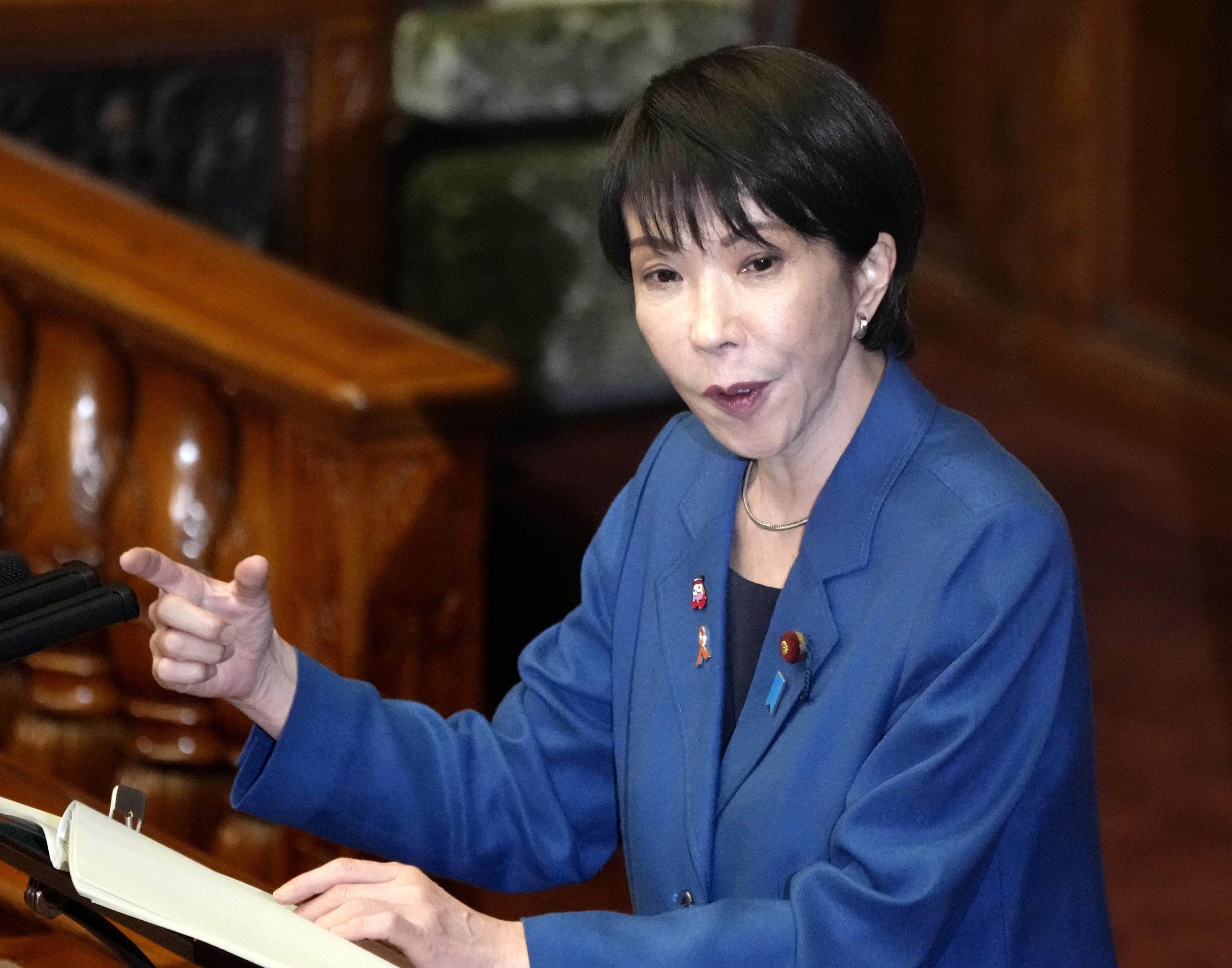
Japan’s new Prime Minister Sanae Takaichi is under growing pressure from nationalist conservatives to make a high-profile visit to Tokyo’s controversial Yasukuni Shrine, a symbolic move that analysts warn could embolden the country’s far-right and strain relations with neighbours.
While Takaichi has long championed visits to the shrine, which honours Japan’s war dead including 14 convicted Class A war criminals, she has so far held off as leader – opting instead to send a ritual offering during the autumn festival.
But her ascent to the top of the country’s politics has raised expectations among right-wing figures that she may now take bolder ideological steps, with Yasukuni seen as a crucial litmus test.
“A prime minister’s visit to Yasukuni is a declaration of intent to confront injustice,” said Toshio Tamogami, a former air force chief known for his hardline views. In a social media post last Friday, he urged Takaichi to pay her respects at the shrine in person to “bring closure” to the issue and warned that failing to do so would show weakness in the face of foreign pressure.
Tamogami, who was dismissed in 2008 after publishing an essay justifying Japan’s wartime aggression, claimed Takaichi had skipped visiting during the festival to avoid upsetting “pro-China factions” in the ruling Liberal Democratic Party ahead of last month’s leadership vote. Now that she was in power, he argued there was no excuse.
“A prime minister’s visit to Yasukuni is a declaration of intent to confront injustice. Until she does this, she will face various criticisms,” he said. “If strong pressure is applied, she will be judged both domestically and internationally as someone who will yield to any unreasonable demand.”
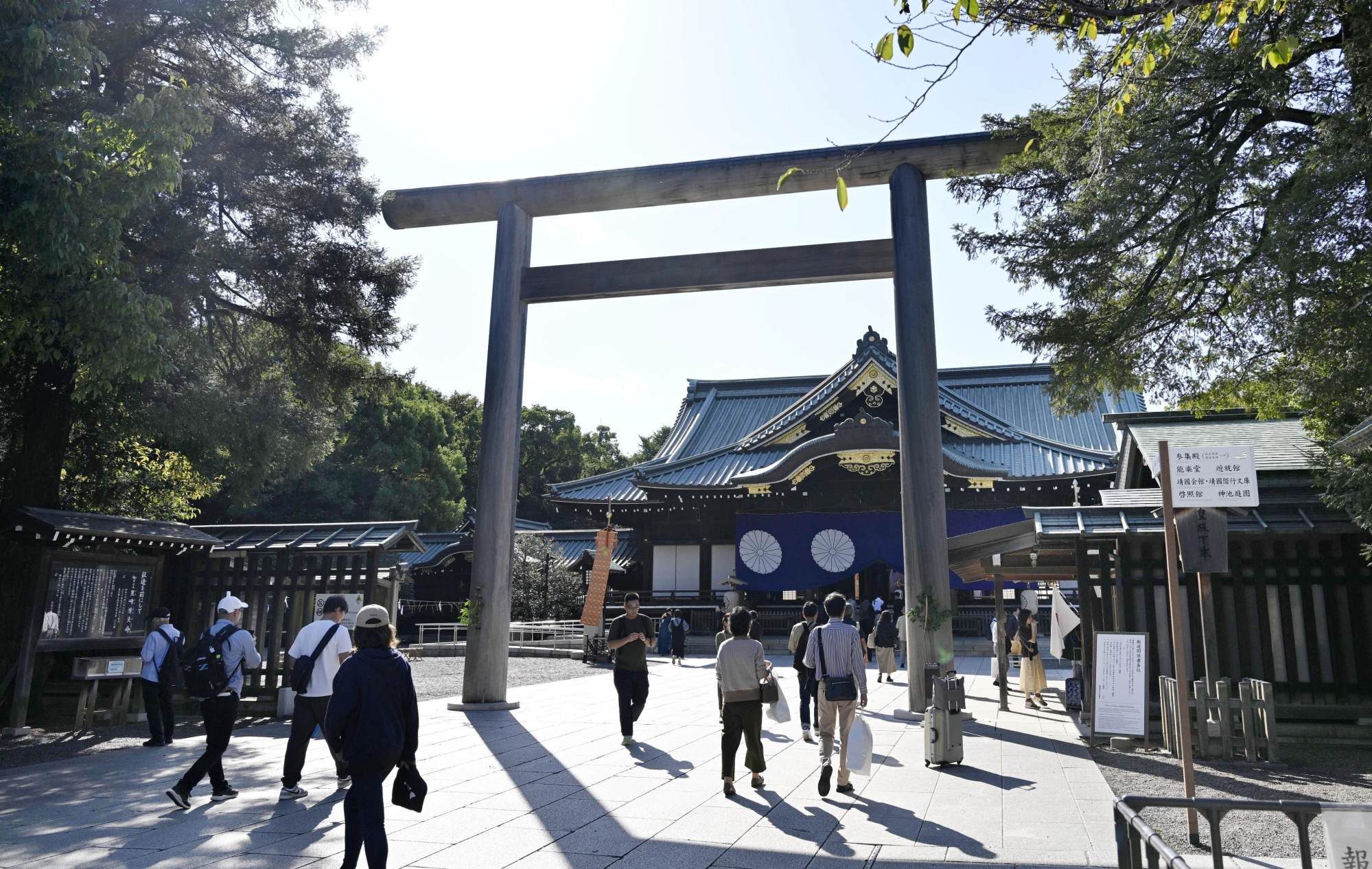
Tadashi Anno, a professor of politics at Tokyo’s Sophia University, said there were parallels between the political priorities of Takaichi and former prime minister Shinzo Abe after he took power in December 2012.
“Abe had a strong conservative agenda, but his priority at the time had to be the economy,” Anno told This Week in Asia. “To make progress there, he had to make sure that Japan-US relations were good and visiting Yasukuni would not only have upset Japan’s neighbours, but the US and Europe as well.”
While the relationship between Tokyo and Washington today is very different, Takaichi will have grasped that it will be important in the immediate term not to antagonise the rest of Asia at a time of worsening security concerns.
If the conditions permitted, I do think that she would like to go to YasukuniTadashi Anno, politics professor
“China would object strongly, of course, and South Korea would not be happy as well, but I think that nations in Southeast Asia would also express their displeasure,” Anno said.
Takaichi is currently riding high in the polls and therefore has no need to whip up support from conservatives and nationalists, according to Anno.
Unhandled type: inline-plus-widget {"type":"inline-plus-widget"}“But if the conditions permitted, I do think that she would like to go to Yasukuni,” he said. “And I am sure that the right-wing of the party will want her to, but she probably does not need to because she has already established her reputation as a strong conservative, meaning that she is less vulnerable to the right.”
Go Ito, a professor of politics at Tokyo’s Meiji University, agreed that Takaichi would like to be able to go to Yasukuni, but said she would probably rein in that instinct.
“Tamogami can say anything that he wants, but Takaichi has the responsibility of being the prime minister and having to do what is in the best interests of the nation,” he said.
Ito said Tamogami had a “very good reputation” as an officer in the Japan Air Self-Defence Force, “but his behaviour since he was fired has been very different”.

Tamogami, who is on the far-right of Japan’s political spectrum, has called for the country to have nuclear weapons, aircraft carriers, cruise missiles and long-range bomber aircraft. He has protested against Chinese claims to disputed, Japanese-held islands in the East China Sea and insists wartime “comfort women” were well-paid prostitutes.
He previously ran to become governor of Tokyo and a member of the House of Representatives, but lost badly in both campaigns. He was also charged in 2016 with violations of campaign finance laws. In last year’s gubernatorial race, he garnered less support than in his first run a decade earlier.
“Takaichi has to achieve a delicate balance between not annoying Japan’s neighbours and partners and keeping the right-wing of the LDP happy,” Ito said.
“But she has already taken a number of steps – such as promising to raise the defence budget and take a firmer line with foreign nationals – that she does not have to worry about the right at the moment.”
Thailand rolls out US$300 fines for daytime drinkers in change to alcohol laws
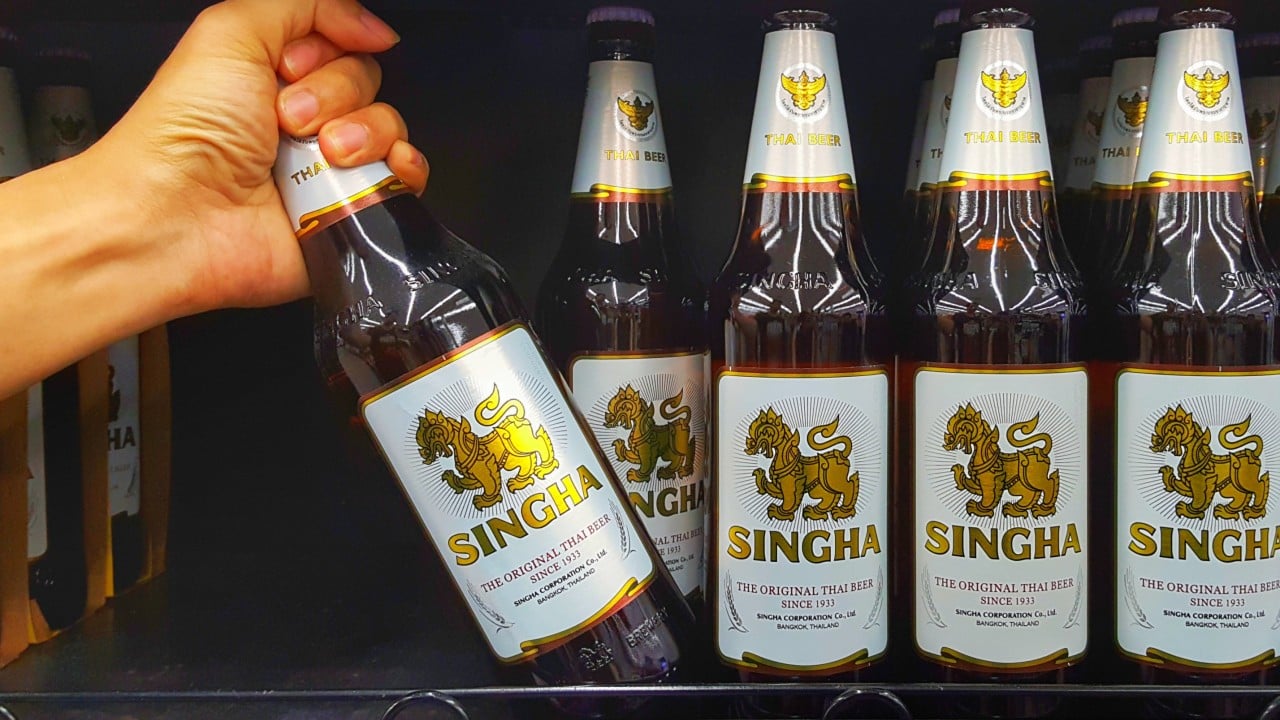
Changes to Thailand’s Alcoholic Beverage Control Act that take effect on Saturday shift the risk onto consumers who drink from 2pm to 5pm

People in Thailand wanting to quench their thirst with an afternoon tipple risk steep fines from Saturday under amended alcohol control legislation that strengthens enforcement and significantly tightens restrictions around marketing and advertising.
Alcohol sales in Thailand have been banned between the hours of 2pm and 5pm at most retail outlets and supermarkets since 1972, but changes to the Alcoholic Beverage Control Act that take effect on Saturday now mean individuals can be fined 10,000 baht (US$300) or more for drinking or being served alcoholic beverages during prohibited times or in prohibited places.

Although there are exemptions for licensed entertainment venues, hotels, certified establishments in tourist areas and airports offering international flights, the onus has been shifted to consumers, and the tightened laws also prohibit advertising of alcoholic beverages unless the content is purely factual.
The use of celebrities, influencers or public figures to promote alcoholic beverages for commercial purposes is also banned.
The new regulations would have an adverse effect on restaurants because it was the customer that was now “restricted” by the stipulated sale hours, said Chanon Koetcharoen, president of the Thai Restaurant Association.
If an establishment sells a bottle of beer to a customer at 1.59pm, for example, but they sit and drink on the premises until 2.05pm, that would constitute a violation of the law under Section 32, and that person could be fined. “This will impede the growth of the restaurant industry,” Chanon, who also runs a restaurant in Bangkok, said.

Along Khao San Road, an area in Bangkok known as a backpacker hub, one business said they were operating as a hybrid bar and restaurant from 11am to 2am. Alcohol sales are loosely controlled considering customers can and do order drinks between the officially prohibited hours.
With the possibility of drinkers themselves being fined, sales of alcohol might halve during those times, said Bob, an assistant manager working on Friday, declining to give his full name because he was not authorised to speak publicly.
There is also concern that the stricter laws present an opportunity for officials to enforce fines on customers, restaurants or both for personal gain.
Taopiphop Limjittrakorn, a member of parliament from the opposition People’s Party who has pushed for liquor liberalisation, said alcohol sales should be 24/7. “The amended law aims to serve the purpose of those opposing alcohol,” Taopiphop said.
It also risked confusing foreign tourists who might order a drink before the restricted hours but consume it afterwards, he said.
Unhandled type: inline-plus-widget {"type":"inline-plus-widget"}EPIC win for Singapore battery recycler in Hong Kong start-up showdown

Record high 1,200 start-ups from 70 countries and regions enter the competition hosted by Hong Kong Science and Technology Parks Corp

A Singaporean battery recycling start-up has been crowned overall winner at this year’s EPIC start-up investment competition hosted by the Hong Kong Science and Technology Parks Corp.
One hundred semi-finalists from 28 countries and regions gathered at the Kai Tak Cruise Terminal on Friday as they competed for the top cash prize of US$60,000 and valuable exposure to dozens of the region’s top investors.
This year’s EPIC – short for Elevator Pitch International Competition – marked the ninth edition of the city’s top start-up pitching event and the first time its final was held at the 850-metre-long Kai Tak Cruise Terminal on Victoria Harbour.
The competition featured three tracks – fintech, digital healthtech and greentech – with the winners in each track taking home US$20,000.
Singapore’s Belli, which builds air cargo software for airlines, won in the fintech category.
Canada’s KA Imaging took the prize in digital healthtech, impressing judges with its claim to have created the world’s first spectral X-ray system capable of separating different materials. The firm has signed a memorandum of understanding with Canossa Hospital in Hong Kong.
Singapore’s NUE Battery Materials took the award in greentech and was crowned overall champion.

Presenting the top award to NUE Battery Materials was Financial Secretary Paul Chan Mo-po, who underscored Hong Kong’s “excellent” fundraising environment and its connectivity with the Greater Bay Area.
An all-time high of around 1,200 start-ups from more than 70 countries and regions entered this year’s competition that began in June. Nearly 90 per cent of the participants came from outside Hong Kong.
Each elevator pitch, lasting a minute, was judged by dozens of corporate leaders, venture capitalists and start-up founders.
The final judges included Baidu Venture managing director Shui Liu and Takeda China’s acting president Liu Yan.
On the sidelines of the main event, start-up founders met prospective investors in meetings organised by the HKSTP.
Unhandled type: inline-plus-widget {"type":"inline-plus-widget"}“The most important thing is that they are connected to our ecosystem,” said Terry Wong, CEO at HKSTP. He said many participating start-ups had chosen to establish a presence in Hong Kong.
Artificial intelligence was a major theme this year. Semi-finalist NodeShift, which is based in the United Arab Emirates, pitched its “sovereign AI” cloud solution, which it said was already servicing the UAE’s Ministry of Economy and central bank.
Mihai Marcuta, NodeShift’s chief operating officer, said one of the best-performing models in their platform is Alibaba Cloud’s Qwen open model, citing its strength in deploying tools such as email and databases. Alibaba owns the Post.
“We’re not really participating in EPIC for the money,” said Marcuta. “The main reason is that we are thinking about expanding to Southeast Asia and choosing between a local hub either in Hong Kong or Singapore.
“One thing we’ve learned on this trip is that a lot of the research and development we could do here would be covered partially by government grants. Given that research and development is one of our biggest expenses, this makes Hong Kong an interesting prospect for us.”
Philippines’ Marcos ‘the main casualty’ of political issues as ratings fall

A new survey shows Duterte-Carpio likely regaining momentum as Marcos grapples with waning confidence in his leadership

President Ferdinand Marcos Jnr’s sharp decline in public trust and approval, set against Vice-President Sara Duterte-Carpio’s steadier numbers, underscores the shifting balance of power between two of the most influential political dynasties in the Philippines.
While both leaders remain broadly popular, analysts say the latest figures suggest Duterte-Carpio’s camp may be regaining momentum as Marcos grapples with scandals, governance missteps and waning confidence in his leadership – deepening a political rupture that has turned the former allies into open rivals.
The latest nationwide OCTA Research survey, conducted from September 30 to October 4 and released on Wednesday, paints a more detailed picture of that shift.
It found Marcos’ trust rating had fallen to 57 per cent in the third quarter, down seven points from July, while his performance rating dropped eight points to 54 per cent.
“Even with the observed declines, President Marcos Jnr continues to enjoy majority trust and approval among Filipinos, maintaining both ratings above the 50 per cent mark,” OCTA wrote in its report.
His support, however, has weakened in Mindanao – the southern stronghold of the Duterte family – where his trust rating fell to just 43 per cent from 40 per cent in July.
In contrast, Duterte-Carpio’s numbers only saw slight dips, with a drop of three percentage points from 54 to 51 per cent between July and September for her trust ratings, while her performance mark “slipped slightly” below the majority at 49 per cent, from one percentage point in July.
She continues to enjoy strong support in Mindanao, with 84 per cent trusting her and 80 per cent satisfied with her performance.

Marcos’ miscalculations
Analysts said Marcos’ steeper decline reflected the cumulative impact of this year’s political controversies, from the multibillion-peso flood control scandal to the International Criminal Court’s (ICC) arrest of former president Rodrigo Duterte and the impeachment complaint against Duterte-Carpio.
“The numbers seem to show that Marcos is the main casualty of this year’s political issues,” Arjan Aguirre, an assistant professor at the Ateneo de Manila University’s political science department, told This Week in Asia.
Marcos’ decline could be attributed to the “mobilisation of political resources from the Duterte camp”, Aguirre said, along with the perception that the president was lukewarm about holding people in his political bloc accountable for hard-hitting controversies.
Other missteps from the Marcos administration, such as the creation of a weak independent commission reviewing anomalous infrastructure projects, and the appointment of former justice secretary Jesus Crispin Remulla as ombudsman investigating corruption among public officials, were also contributing factors, Aguirre noted.
The perception that the president was involved in Duterte’s ICC arrest, impeachment raps against the vice-president and the flood control controversy, had also affected Marcos’ ratings, Aguirre added.
Unhandled type: inline-plus-widget {"type":"inline-plus-widget"}“Marcos’ team has miscalculated the fact that even if Marcos issues non-confrontational statements … public perception does not dispute his involvement in Duterte’s arrest and the vice-president’s impeachment raps. He did not really engage the issue head on,” he said.
“So it will really take a drastic form of action from Marcos to really turn it around.”
Matthew David Ordoñez, a political-science lecturer at De La Salle University, said Marcos might have been more affected than Duterte-Carpio given that the flood control controversy “happened under his watch”, even if most Filipinos might not directly link either of them to the scandal.
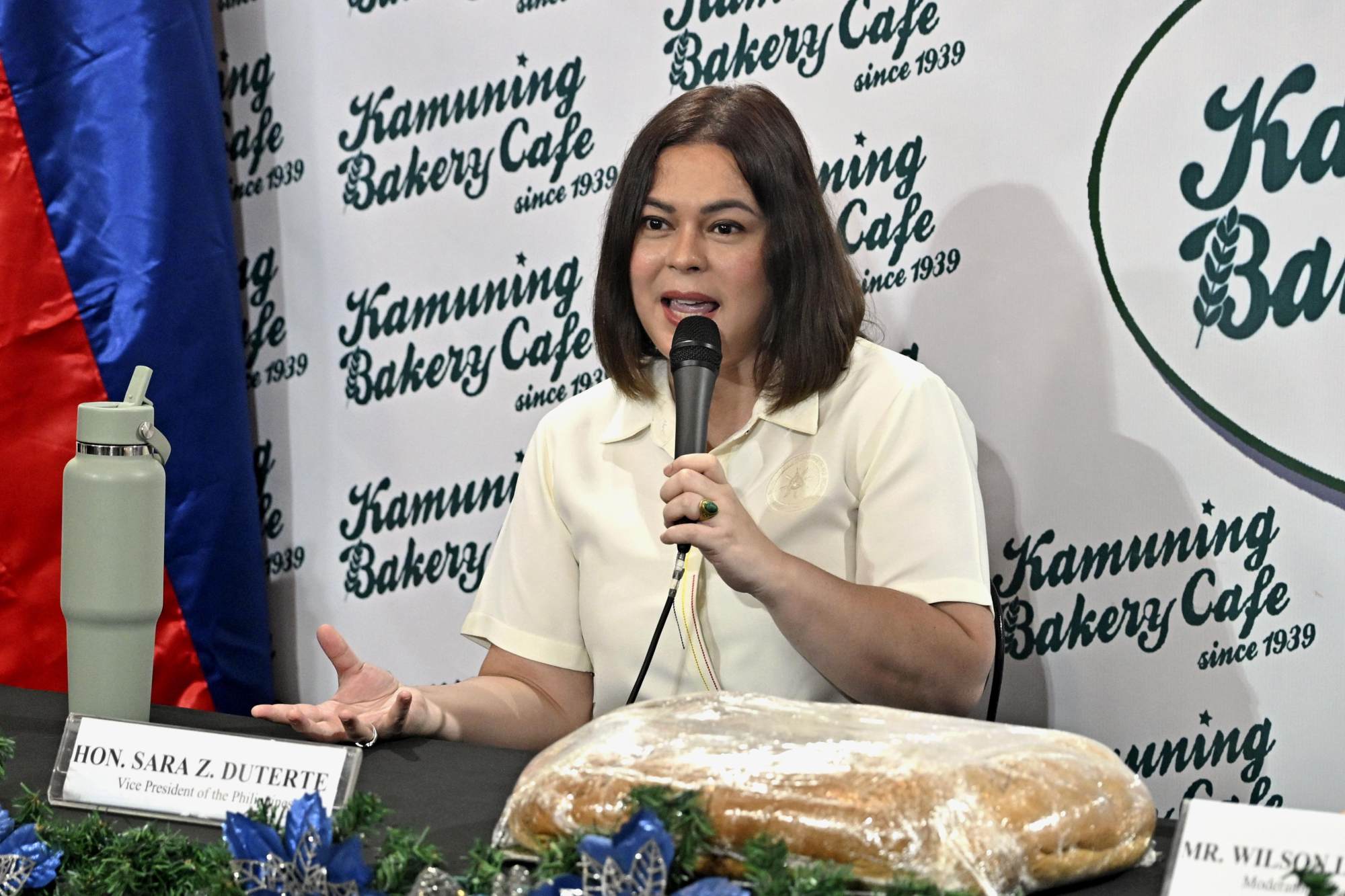
Analysts note that Duterte-Carpio remains relatively insulated from these political issues, despite being involved in some of them herself, such as the volleying and eventual archival of her impeachment case and accusations of allegedly misspending US$10 million worth of “confidential funds”.
“Sara seems to have lost the attention despite having been the centre of controversy last year … She has become quiet. Her responses and appearances have become very calculated, visiting her father at The Hague and her recent engagements with overseas Filipino workers,” Aguirre observed.
With Duterte-Carpio now avoiding public meltdowns, “to me, this clearly shows the recalibrated communication strategy that the Duterte clan has adapted, that she has to be careful with her numbers and how she reacts to events”.
With her impeachment trial stalled and public attention on flood control, the vice-president was “using this time to perfume her image”, he noted.
The mobilisation by the Duterte camp, especially in online efforts, had also reinforced the adverse impact on Marcos’ image, Aguirre said, adding that these individuals weaponised the flood control scandal to paint the president in a negative light.
Ordoñez agreed that Duterte-Carpio had remained “consistent with her narrative” but noted that the slight decline in her ratings could be “the start of diminishing returns of her emotionally driven narrative”.
“She has to stick to the script as much of her own legitimacy comes from her father and family name, [but] she will need to do more if she wants to avoid further losses in her popularity,” Ordoñez said, which included responding to the recent calamities and mobilising relief efforts or having a “firmer stance on the flood control scandals”.

A volatile year ahead
Analysts predict the next few months to be critical in determining whether Marcos’ slide becomes irreversible.
Aguirre said he expected the downward pattern to persist through the year, noting that “Marcos’ numbers will see a drastic drop” once more polling results were released in the final quarter.
The vice-president, by contrast, was likely to stay quiet while awaiting the next impeachment cycle in April, Aguirre said. A pending Supreme Court ruling on her impeachment case could shift public sentiment if it arrives earlier, while new petitions in the first months of 2026 could again test her standing.
How Marcos may respond to the continuing erosion of his support remains up in the air.
“What if Marcos does a drastic move?” Aguirre said, suggesting the president could turn to headline-grabbing reforms – such as finally pushing through a long-stalled Freedom of Information Bill – to project resolve and regain momentum.
Aguirre believes the administration’s image-conscious inner circle, including the president’s advisers and the first lady, will pressure him to act.
“They know their numbers need to improve,” he said, adding that Marcos might resort to “something drastic from this moment leading to next year” to reverse his political decline.
Iris Hsieh’s death in Malaysia: publicist mourns ‘gentle yet strong’ friend

He urged Malaysian police to carry out a thorough investigation after rapper Namewee was arrested in connection with Hsieh’s death

The publicist of Taiwanese influencer Iris Hsieh, who was found dead in a Kuala Lumpur hotel room shared with Malaysian rapper Namewee, has paid tribute to his friend, hitting back at a cascade of “outrageous” rumours about the former nurse that have filled the information gap left by Kuala Lumpur police.
Hsieh, 31, who shot to fame over TikTok and OnlyFans, was found dead in a bathroom of the Banyan Tree Hotel on October 22. She had arrived two days earlier in Malaysia to reportedly work on a video collaboration with Namewee, a controversial rapper and actor, whose real name is Wee Meng Chee.
The 42-year-old Malaysian entertainer – who has had a string of run-ins with authorities from Malaysia to China over his lyrics – was found in the same room as Hsieh and arrested over drug use and possession after a number of pills were found by police. A cocktail of Ecstasy, methamphetamine, ketamine and cannabis was found in his system.
Denying any role in Hsieh’s death, he said in a social media post on Sunday that emergency services took over an hour to arrive after he discovered her unresponsive in the bathroom.
Namewee was initially released on bail on October 24 but was rearrested on Wednesday after surrendering to the Kuala Lumpur police.
Police initially classified Hsieh’s case as “sudden death” but opened a murder investigation on Tuesday. They have not linked Namewee specifically to her death and have released only a slow drip-feed of information on a case which has gripped Malaysia, where Namewee has millions of social media fans.

In an interview with This Week in Asia, Hsieh’s publicist has urged the Malaysian police to carry out a thorough investigation into the death of a “profoundly thoughtful … gentle yet strong” friend.
Asking to be identified only by his first name, Chris, to protect his other clients, he said Hsieh’s body had yet to be released to her family, who are in too poor health to travel from Taiwan. The police have not shared any official autopsy results.
“Both the family and the entire industry were in shock over her sudden disappearance,” he said, recalling the news of her death.
“The lack of public statements from the authorities is understandable, as this has now become a sensitive international investigation … we are awaiting verified updates through official legal channels,” he said.
Hsieh, who had worked with Namewee in a 2020 music video, had “expressed genuine excitement” about collaborating once more with the Malaysian star, Chris said.
Unhandled type: inline-plus-widget {"type":"inline-plus-widget"}Addressing speculation over the relationship between his friend and the rapper, he said “she rarely spoke of an ongoing friendship with him”.
He also refuted rumours and speculation – including over possible drug use – which have filled the information void left by police as “random daily headlines about the most outrageous claims”.
The family has appointed a lawyer in Malaysia who is handling communications with the authorities.
“We are awaiting verified updates through official legal channels,” Chris said. “For now, we continue to exercise patience and trust in the investigative process.”
Nursing internet fame
Hsieh was also known across social media as “nurse goddess”, after an early career in healthcare, which morphed into full-time influencing after she rose to fame in 2019.
“Opportunities soon followed: offers to appear in music videos, commercials and photo shoots,” Chris said. “During that period, she also live streamed to supplement her nursing income, and before long, that side venture became far more lucrative than her hospital work.”
Her real breakthrough came when she started making short-form video and TikTok reels that she quickly learned to script, direct and edit herself, he said.
Hsieh had hundreds of thousands of social media followers, drawn to her scantily clad videos with a comedic edge.
“For those who knew her personally, she was a source of light. For those who only knew her through her work, I hope her reels continue to bring them laughter and comfort,” Chris said. “Iris wanted to make people smile – genuinely smile – and she was willing to take risks to achieve that.”
Malaysians have been transfixed by the case, which has played out on social media – from Namewee broadcasting his denials and saying he was “deeply saddened” by Hsieh’s death to his voluntary surrender to the police early Wednesday morning.
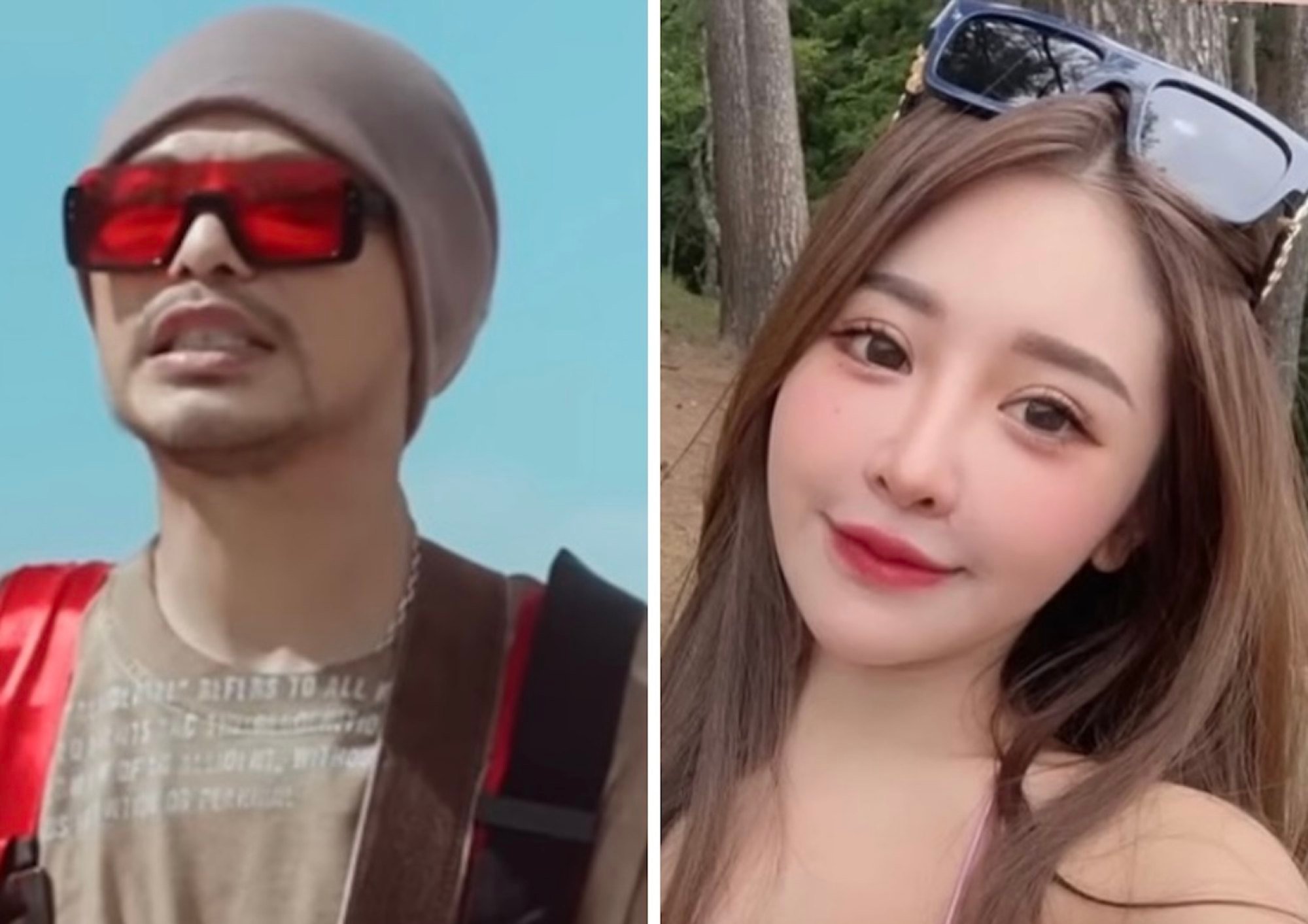
According to reports, Namewee’s long-term girlfriend, known as Sarah, accompanied him to the police station to surrender. His girlfriend of 15 years serves as his stylist and make-up artist, but Namewee has mostly kept his relationship with her private.
Police said they would detain Namewee until next Monday.
On surrendering, he said in a statement that he “will fully cooperate with the police investigation to provide an explanation to the public and the deceased’s family”.
He also denied drug use, saying in earlier posts: “I’ve just been drinking more lately.”
“Believe it or not, the truth will come out once the police report is released, which should take another two or three months,” he added.
The entertainer is known for his provocative and politically charged works that have touched sensitive issues in Malaysia including religion, race and politics. He has acted in films including Friend Zone and Nasi Lemak 1.0, and was writer-director for the banned 2020 film Babi.
He rose to fame while living in Taiwan in 2007 after posting his music videos on social media.
In 2021, the Johor-born rapper released a song poking fun at Chinese nationalists, touching on sensitive subjects such as Taiwan and the Uygur community in Xinjiang. The viral track led to his works being banned by Chinese authorities.
3 dead as 60-metre tower collapses in South Korea power plant demolition
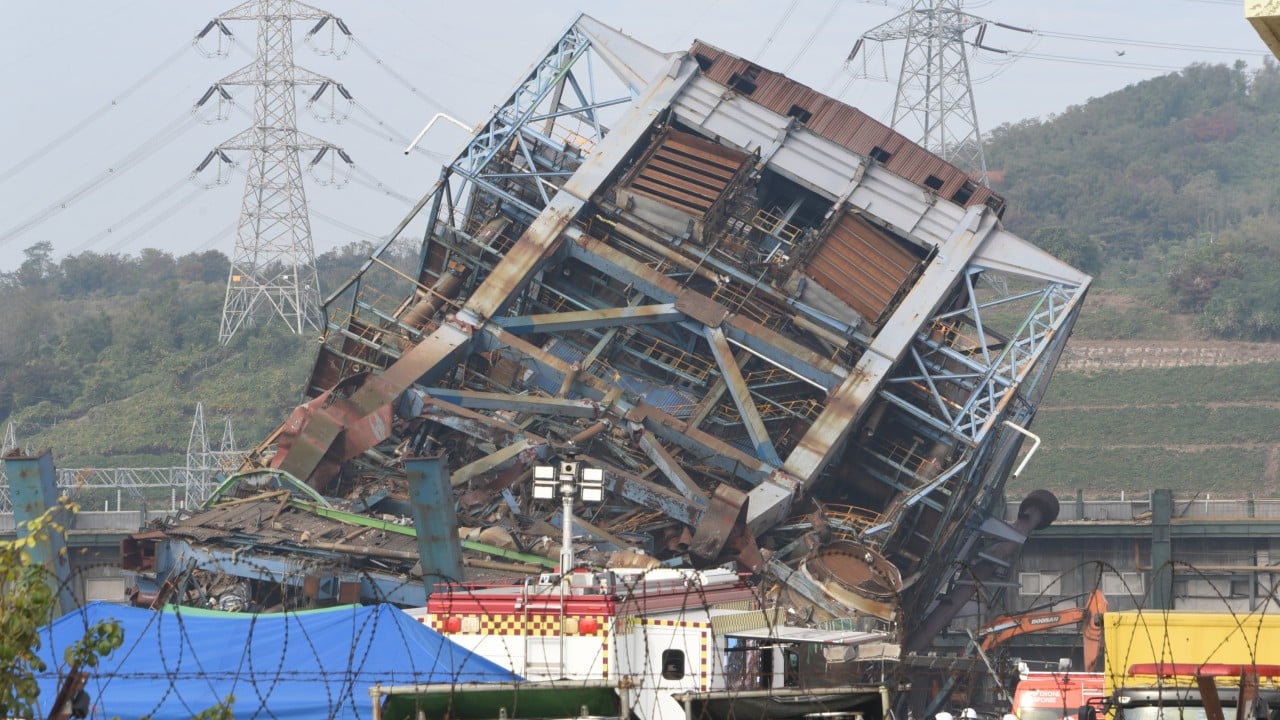
Five people remain trapped, but rescue efforts are hampered by unstable rubble and asbestos

A 60-metre (196-foot) tower collapsed during demolition work at a decommissioned thermal power plant in the South Korean city of Ulsan, killing three people and leaving at least two others presumed dead, officials said on Friday.
Five people remain trapped under the rubble, including two whom officials have yet to locate.
Nine people were working at the site when the boiler tower collapsed on Thursday afternoon. Rescuers pulled two to safety shortly after responding, but another worker rescued later was pronounced dead at a hospital early on Friday.

Hours later, they pulled out another worker who was pronounced dead, and a doctor at the site confirmed the death of another worker who was among three people in the rubble. Fire officials believe the other two are also dead, according to Kim Jeong-shik, an official with Ulsan’s fire department.
The search was temporarily halted on Friday morning due to concerns over unstable rubble, and officials postponed planned stabilisation work before resuming the search after spotting additional workers.
More than 340 rescuers and dozens of vehicles had been deployed to the site for search and rescue efforts, along with search dogs, thermal cameras, endoscopes and other detection equipment, Kim said.
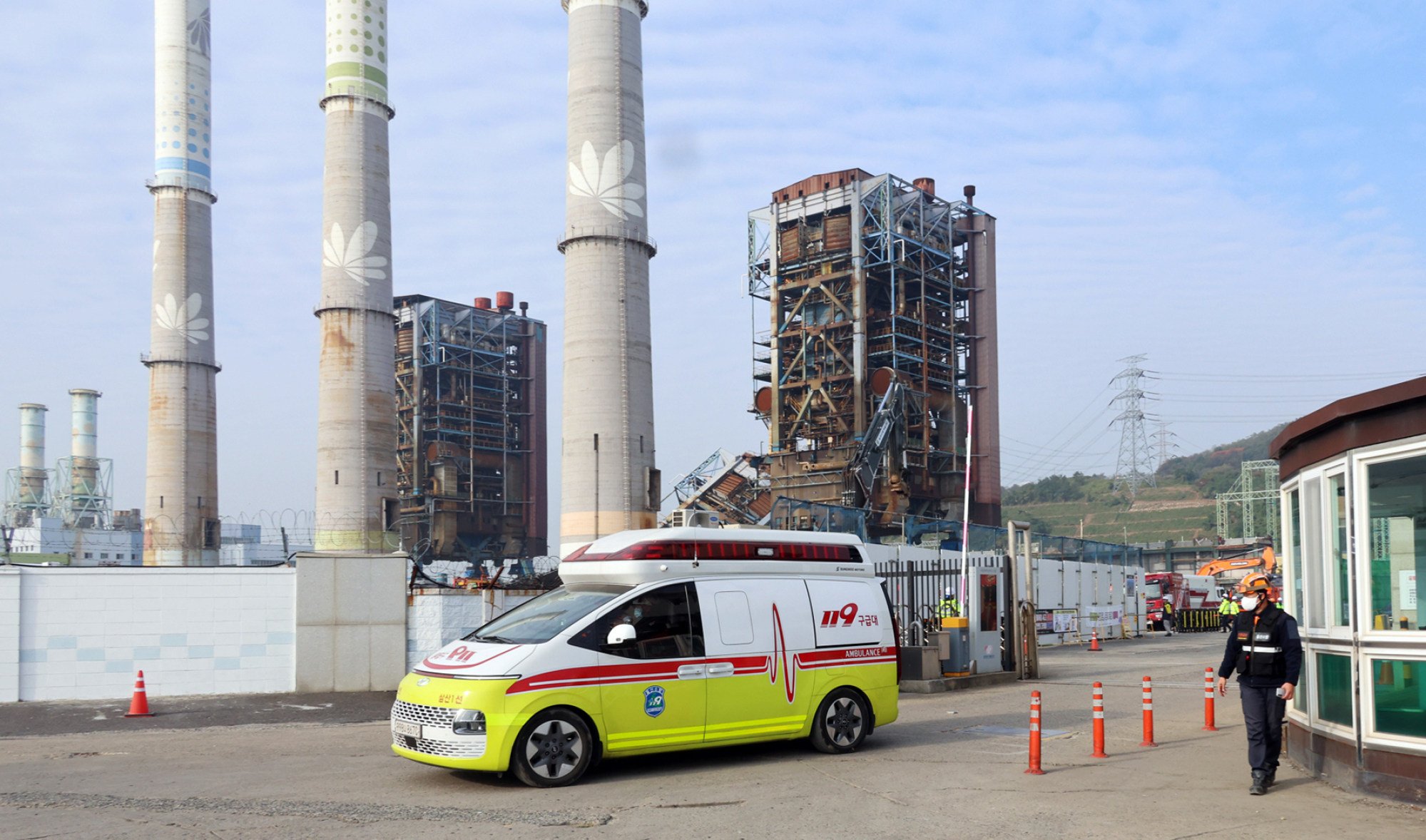
“The rescue site is currently covered with large amounts of asbestos and glass fibres … and the space is extremely cramped, forcing rescuers to manually clear the debris by hand to carry out the rescue operations,” Kim said in a briefing.
Following the collapse, South Korean President Lee Jae-myung instructed officials to mobilise all available personnel and equipment for the rescue effort, while ensuring the safety of rescuers operating in the rubble.
The plant was decommissioned in 2021 after 40 years of operation. Officials said the boiler tower – one of three at the site – had been weakened as it was being prepared for demolition.
Unhandled type: inline-plus-widget {"type":"inline-plus-widget"}Explosion rocks Jakarta school mosque, injuring 54 during Friday prayers
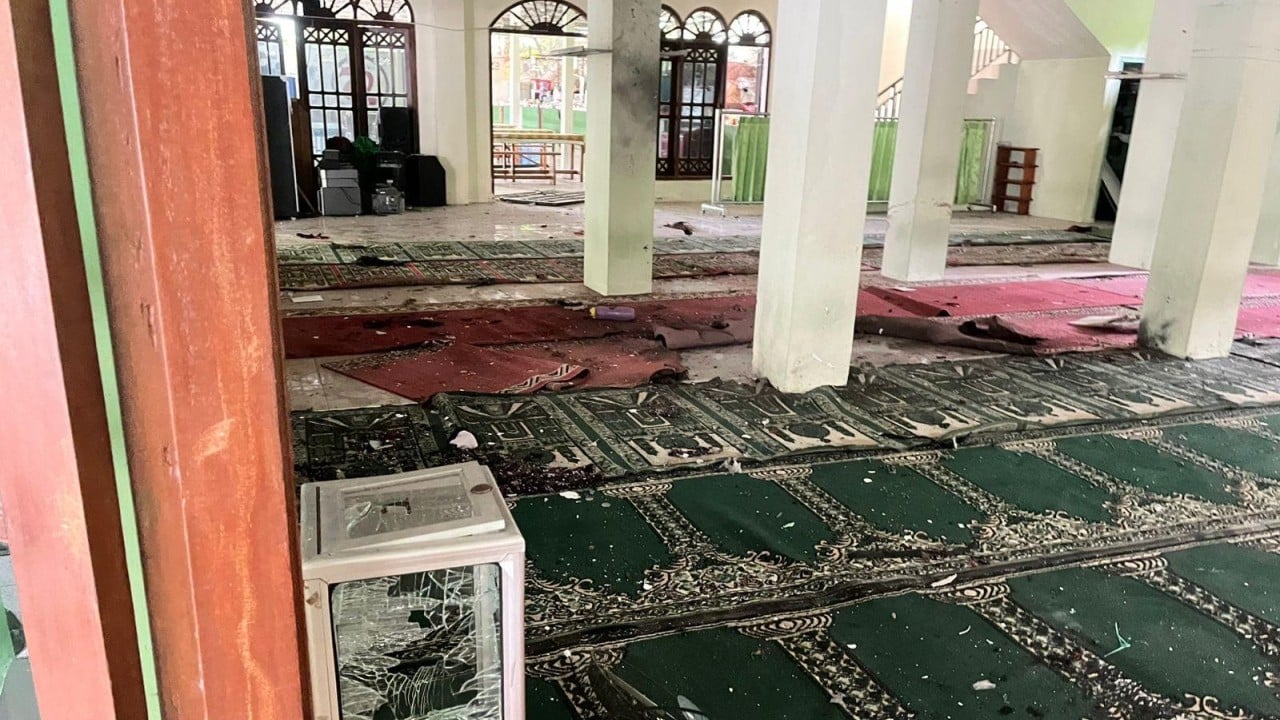
It remains unclear what caused the explosion, with injuries ranging from minor to serious, including burns

Dozens of people were injured and hospitalised after an explosion occurred during Friday prayers at a mosque inside a school complex in Indonesia’s capital, Jakarta, police said.
Police were investigating the cause of the explosion at the site in Kelapa Gading, North Jakarta, city police chief Asep Edi Suheri told a televised press conference.
The number of people admitted to hospitals was 54, he said, adding the injuries ranged from minor to serious and included burns.
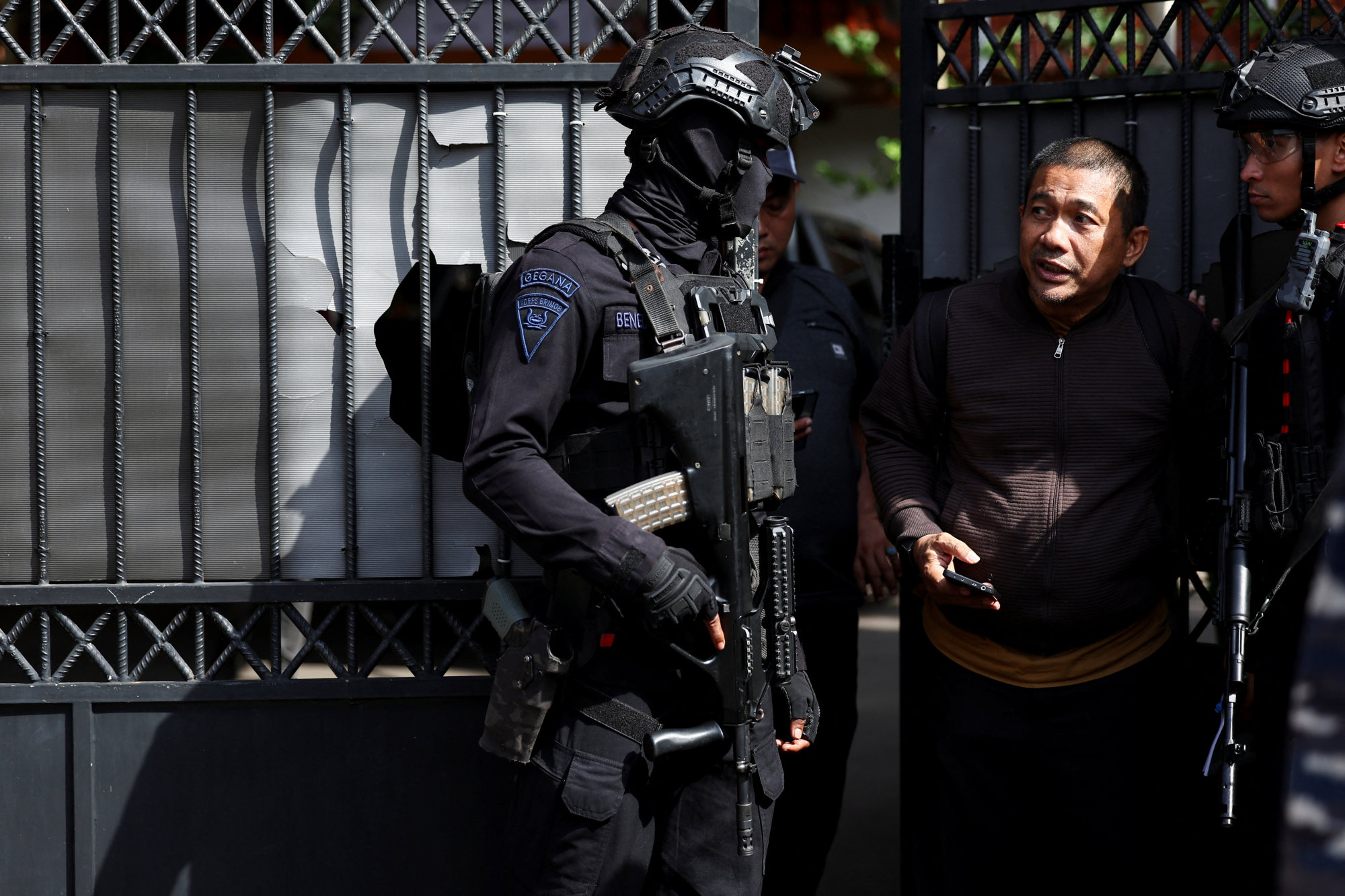
Local news channels showed footage of a police line around the school, with ambulances standing by. Images of the mosque showed no extensive damage.
More to follow …
Unhandled type: inline-plus-widget {"type":"inline-plus-widget"}Trump ending Cambodia weapons ban slammed as ‘beyond reckless’

A lawmaker said the president has ‘upended US policy towards Cambodia with no regard for US national security or our values’

The US lifted its arms embargo on Cambodia, the latest sign of Washington’s renewed engagement with the Southeast Asian nation after it backed President Donald Trump’s peace accord with Thailand.
Secretary of State Marco Rubio made the decision “based on Cambodia’s diligent pursuit of peace and security, including through renewed engagement with the United States on defence cooperation and combating transnational crime”, the State Department said in a notice Thursday.
The announcement comes a week after Defence Secretary Pete Hegseth renewed flagship military exercises with Cambodia after an eight-year halt.
The warming relations with one of China’s closest partners in Southeast Asia follow Cambodia’s embrace of Trump’s efforts to seal a peace deal with its neighbour Thailand.
An eruption of violence along their border earlier this year ended after the US president threatened to deny them trade deals, showing the multiple ways Trump seeks to leverage tariffs.
President Joe Biden had imposed the weapons ban in 2021, citing concerns over human rights, corruption and Cambodia’s growing military ties with China. Requests for weapons transfers to Cambodia will be approved “on a case-by-case basis”, the notice added.
Cambodia, which also nominated Trump for the Nobel Peace Prize, is one of the first countries to secure a coveted trade deal with the US. The country also pledged to increase cooperation with the FBI to tackle growing cybercrime operations based in the country that have siphoned off billions of dollars from victims worldwide.
Washington has long expressed worries that Cambodia will grant Beijing exclusive military access to its Ream Naval Base in the Gulf of Thailand, something Phnom Penh has denied. Hegseth discussed joining a future US naval ship visit to the base with his Cambodian counterpart last week.
Cambodia continues to face criticism over human rights, including the repression of political opposition, ongoing restrictions on free speech and the persistent use of arbitrary detention to silence dissent.
US Representative Gregory Meeks, a New York Democrat and ranking member of the House Foreign Affairs Committee, said in a statement that Trump has “upended US policy towards Cambodia with no regard for US national security or our values”.
“Lifting an arms embargo simply because the Cambodian government placated Trump in his campaign for a Nobel Peace Prize is beyond reckless,” said Meeks, who joined a congressional delegation to the country in 2022.
North Korea prepared for war after South’s drone mission to Pyongyang: report
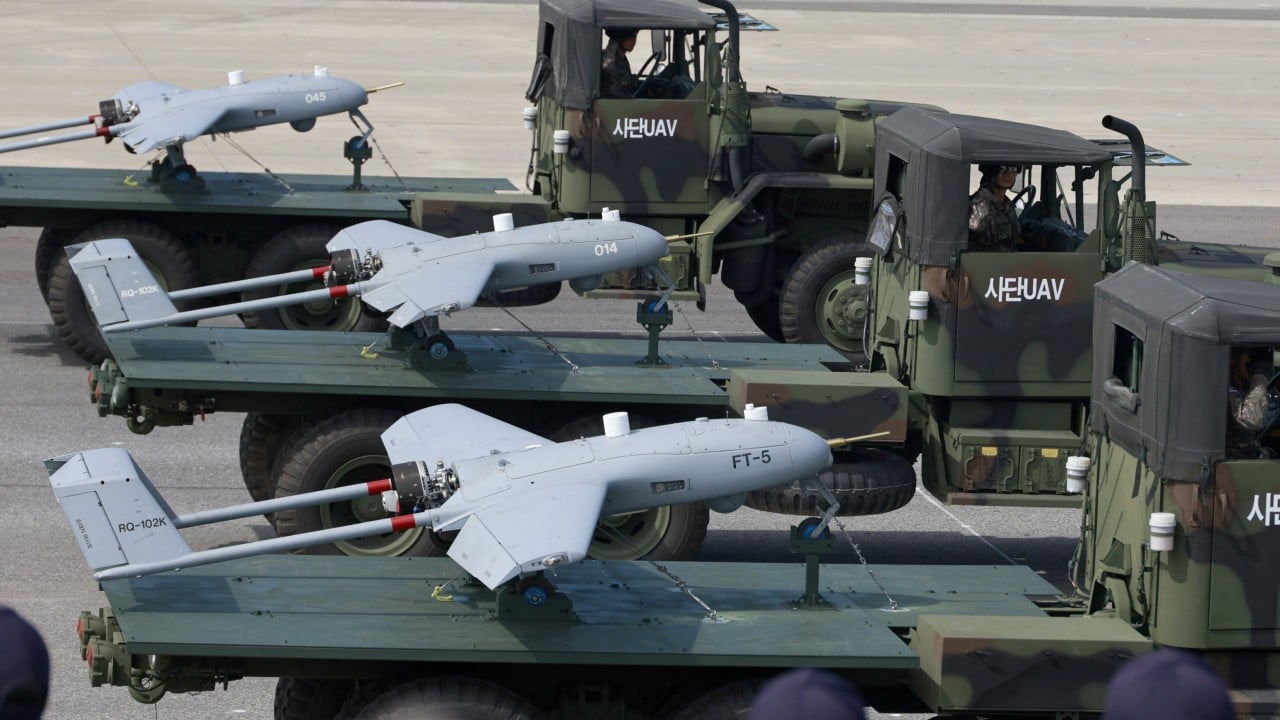
Prosecutors have accused the former president of ordering the mission to provoke a security crisis that could help him cling to power

South Korea flew military drones over Pyongyang just weeks before then-president Yoon Suk-yeol declared martial law last December, a provocation that triggered North Korea to prepare for war, according to Seoul’s defence intelligence agency.
The revelation, disclosed in a closed-door parliamentary briefing on Wednesday, adds to mounting scrutiny over Yoon’s final months in office, with opposition lawmakers accusing him of attempting to fabricate a national security crisis to justify an unconstitutional power grab.
During the session at the National Assembly, the Defence Intelligence Agency (DIA) confirmed that drones operated by the South’s military had breached North Korean airspace on October 3, 6 and 9 last year.
Lawmaker Park Sun-won of the ruling Democratic Party of Korea, who attended the briefing, told local media that the drone flights were part of a formal reconnaissance operation overseen by senior field commanders under the Joint Chiefs of Staff.

The incursions drew swift condemnation from Pyongyang. On October 11, its foreign ministry released a statement claiming that South Korea, “the most hostile, malicious and rogue state, has carried out a severe political and military provocation of infiltrating drones into Pyongyang” and “scattered anti-North Korea leaflets”, CNN reported.
A day later, Kim Yo-jong, the influential sister of North Korean leader Kim Jong-un, warned of “horrible disaster” if Seoul persisted in its military actions.
“The moment that a drone of the ROK is discovered in the sky over our capital city once again will certainly lead to a horrible disaster,” she said in a statement released through state media, using the acronym for South Korea’s official name, the Republic of Korea.
On October 13, North Korea’s defence ministry said it had ordered the military to prepare for all scenarios, including armed conflict, according to Reuters.
In light of these statements, the DIA ordered its subordinate units to collect information on public sentiment in the North.
“The assessment relayed to lawmakers was that North Korean residents showed significant agitation and the regime shifted to a war-preparation posture,” Park said, according to The Korea Herald.
At the time, South Korea’s military denied the drone operations had taken place. But in a later statement, the Joint Chiefs of Staff said it could neither “confirm nor deny the accusations”, while urging Pyongyang “not to act rashly”. They also blamed the North for escalating tensions, referencing the trash-filled balloons it had launched across the border, CNN reported.
The DIA reported that Seoul continued reconnaissance operations, including flying Apache helicopters close to the Military Demarcation Line that separates the two Koreas, and at least five more drone sorties.
Yoon is suspected of having personally ordered the drone incursions to provoke a North Korean military response and create a pretext for declaring martial law.
Unhandled type: inline-plus-widget {"type":"inline-plus-widget"}In July, special prosecutors disclosed that they had obtained secret audio recordings allegedly capturing senior officers quoting Drone Operations Commander Kim Yong-dae as saying the drone missions were ordered by “V” – believed to refer to the former president. The recordings suggested the drones had been deliberately flown to be detected by Pyongyang’s radar to “create a stir”.
One purported excerpt stated: “When the North responded with angry threats, the VIP and the minister applauded. They were so pleased, the commander ordered us to do it again.”
Those allegations have now taken on new weight as investigators revisit the chain of command behind the drone missions.
On December 2, the day before Yoon’s martial law declaration, the DIA had briefed then-defence minister Kim Yong-hyun on the operations, Park said.
Kim, a close confidant of Yoon, is among those allegedly involved in planning and overseeing the martial law scheme. He was the first official to be arrested over the scandal.

In separate testimony on Wednesday, the Defence Counterintelligence Command – a unit responsible for monitoring security threats and internal breaches within the military – acknowledged its involvement in the martial law operation.
The command reportedly mobilised troops on the night of December 3 and sought police assistance to arrest lawmakers. Soldiers were dispatched to the National Assembly and the National Election Commission headquarters, according to Park.
Its acting chief “expressed deep regret and apologised for being implicated in the martial law incident,” Park said, adding that the unit had pledged it “will not again be used as a core force in any unlawful operation.”
Man jailed for slashing Singapore actor Ryan Lian with knife during brawl

The two men were involved in a physical altercation over a staring incident outside a shopping centre last year

A man who slashed actor Ryan Lian over a staring incident outside Singapore’s NEX shopping centre was sentenced to nine months’ jail on Friday.
Aaron Samuel Yukon, a 22-year-old Singaporean, pleaded guilty to one count of causing grievous hurt. A second charge of possessing a karambit (curved blade) knife was taken into consideration.
The court heard that the victim, Lian Yong Yi, better known as Ryan Lian, was smoking near the sheltered walkway outside NEX shopping plaza in Serangoon Central at about 6.10pm on November 22 last year.
Yukon, who was a stranger to Lian, went to the same location to smoke soon after.
The two men were annoyed with each other for staring, and a verbal confrontation ensued, the prosecutor said.
A fight broke out and they fell to the ground. As they punched each other and struggled, Yukon reached into his pouch and retrieved a sheathed karambit knife.
He used the weapon to attack Lian.
Yukon later managed to break free and ran away.
Lian waited at the scene and realised that his face was bleeding. Two off-duty paramedics attended to him and he was later taken to hospital by ambulance.
His injuries included fractures and lacerations on his face, bruises over his forehead and abrasions.
The prosecution sought nine to 11 months’ jail for Yukon, noting that the victim was discharged two days after he was admitted against medical advice, which means his injuries warranted a longer hospitalisation stay.
Yukon had attacked a vulnerable part of the victim’s body, and the altercation occurred in public, the prosecutor said.
Unhandled type: inline-plus-widget {"type":"inline-plus-widget"}Yukon also previously committed offences of voluntarily causing hurt, but the prosecutor noted that this was not a case where the accused attacked an “unassuming, innocent bystander”.
In mitigation, Haneef Abdul Malik from Trident Law sought at most seven-and-a-half months’ jail for Yukon, saying it was the other party who instigated the confrontation.
Haneef said the victim held on to his client “incessantly to the extent that he was restrained and unable to break free despite strenuous attempts”.
“As a result of the stranger’s provocation, he felt that he had no choice but to hit [him] with the hilt of a karambit … in order to escape from the stranger’s persisting hold,” the lawyer said.
He added that Yukon did not realise until later that the sheath of the karambit had fallen off.
He added that Yukon was diagnosed with attention deficit hyperactivity disorder as a child and that behavioural impulsivity is a core ADHD symptom, increasing the risk of criminality.
Haneef said that on that day, his client was with a friend when he noticed two men looking at them.
When his client and his friend were about to walk past the two men, one of them accosted Yukon’s friend in a hostile manner and started aggressively shouting in Mandarin, to the effect of “what what”.
In the ensuing altercation, Lian shouted at Yukon and asked him: “Then you … you got problem or not.”
Yukon also suffered severe injuries on his left hand and arm, the lawyer said.
For voluntarily causing grievous hurt, he could have been jailed for up to 10 years and fined or caned.
Lian is known for his roles in Ah Boys To Men 4 and Money No Enough 3.
Yukon was previously arrested after being filmed attempting to pry open an electronic lock of a home in Telok Blangah.
In that incident, police confirmed they arrested one person under the Mental Health (Care and Treatment) Act after receiving a report.
This story was first published by CNA
Madani or Mamdani? New York mayor’s name mix-up goes viral in Malaysia
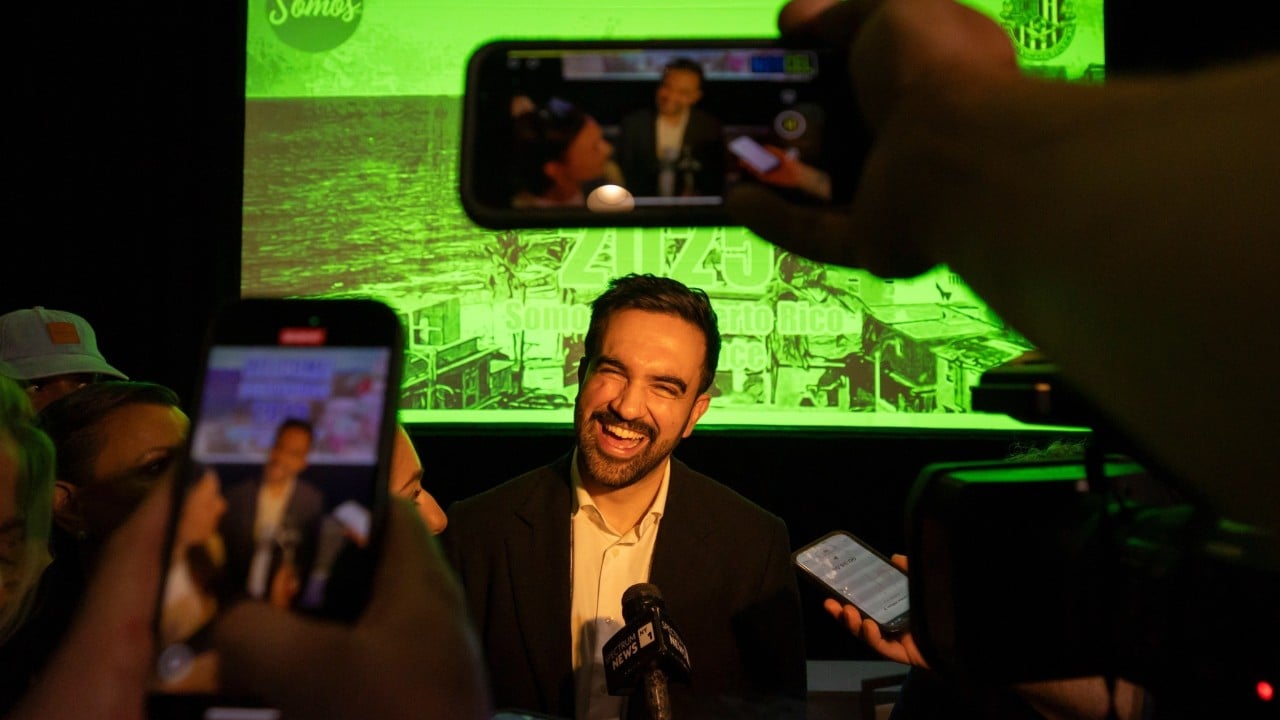
Prime Minister Anwar has spent three years promoting Malaysia Madani, a slogan using the Arabic term for ‘civil’, as the heart of his government

When New York elected its first Muslim mayor, Zohran Mamdani, on Tuesday, Malaysians were quick to notice how many Americans blundered in pronouncing his surname as “Madani”, the slogan Prime Minister Anwar Ibrahim has spent three years trying to brand as the heart of his government.
The viral gaffe began when a right-wing US podcaster, intending to refer to the newly elected mayor, claimed on Wednesday that “Madani” had tried to ban the late conservative commentator Charlie Kirk from an event in New York in 2023.
For Malaysians, madani – an Arabic term meaning “civil” or “civilised” – is the often-heard buzzword of Anwar’s political brand, referring to a values-based government built on compassion, integrity and good governance.
Within hours, Malaysian social media was flooded with memes about “New York joining the Madani government” and jokes that “Anwar has finally gone global”.

Others took the chance to compare the policies and power of the elected New York mayor with their own domestic political landscape.
Mamdani, the son of Ugandan-Indian immigrants, ran on a left-wing platform that promised higher taxes for millionaires, free bus rides and rent freezes for struggling New Yorkers.
That sentiment resonated in Kuala Lumpur, a city of two million people who still live under a federally appointed mayor rather than one they elect. Malaysia scrapped local council elections in 1965 and abolished them outright two decades later, ending one of its earliest democratic traditions.
Activists have long said political appointments make city halls unaccountable, while urban voters – many of them middle-class and multiethnic – have been left with little say in how their cities are run.
Political contrast
The Socialist Party of Malaysia (PSM) was among the first to draw parallels between Mamdani’s win and its own platform for fair wages, affordable housing and better public transport.
“Just like Mamdani, we’re pushing rakyat-friendly policies,” the party posted on social media on Wednesday. “Want to bring a socialist party into power in Malaysia? [We] are your alternative to mainstream politics.”
Anwar’s administration has struggled to balance economic reforms with conservative pushback, while opposition parties such as the Malaysian Islamic Party frame left-leaning politics as threats to Islam and Malay privilege.
“Zohran Mamdani already won an election in New York. Malays here still cannot accept that every capable Malaysian, regardless of race, deserves a chance to lead,” one social media user wrote.

But political scientist Azmi Hassan said Malaysia’s racial make-up remained the biggest obstacle to reviving local democracy.
“I don’t think Malaysia is ready,” the senior fellow at Nusantara Academy of Strategic Research told This Week in Asia. “Urban municipalities are mostly Chinese-majority, so many Malays won’t agree to that. Race and where you’re from still play a big role at the local level.”
Unhandled type: inline-plus-widget {"type":"inline-plus-widget"}Identity politics comes before policy platforms in Malaysia, according to Syaza Farhana Mohamad Shukri, a visiting fellow at the ISEAS-Yusof Ishak Institute.
“Most are just happy he’s Muslim,” she told This Week in Asia of Mamdani’s win. “Only a small group really grasps what socialism is, but maybe this opens up the conversation.”
She said Malaysians could learn from Mamdani’s grass roots-style campaigning. “We’ve been stuck with legacy politics and recycled promises because it’s always the same people at the top.”
Whisky, limos, missing millions: how Chen Zhi’s Singapore empire unravelled
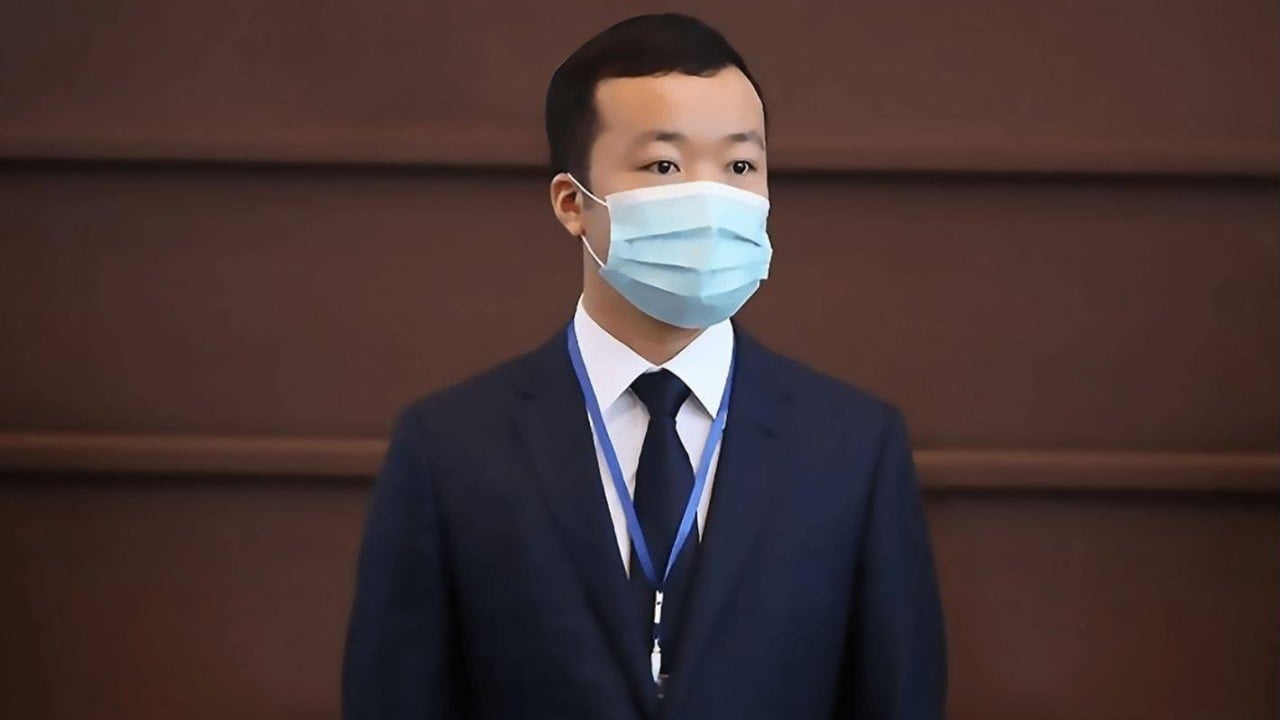
Court filings reveal how David Wong allegedly orchestrated an internal heist at the Prince Group boss’ Singapore family office

In 2021, while China-born businessman Chen Zhi was building a multibillion-dollar empire now enmeshed in multiple criminal allegations, staff at his family office in Singapore ran into seemingly minor technical glitches.
At first, some of them struggled to connect to the office copier. Days later, the door badges stopped working. After they regained access, staffers quickly realised they had a much bigger problem: millions of dollars had been siphoned from Chen’s bank accounts.
While the founder and chairman of Cambodian conglomerate Prince Holding Group is now accused of running a global business empire built on enslavement, sextortion and “pig-butchering” scams, for years Chen made himself out to be a victim in Singapore.
Several lawsuits his family office filed between 2021 and 2022 against former executive David Wong said he “misappropriated” S$5.84 million (US$4.5 million) of Chen’s money from an Oversea-Chinese Banking Corporation account. Wong had been sole director of Chen’s family firm before his dismissal in July 2021, according to court filings.
More than 80 case documents filed in relation to the legal battle provide an unparalleled picture of the extensive banking network Chen built in Singapore and how he gained tax breaks from the country’s regulators. They also reveal the sometimes mundane bureaucracy involved in running his family office. Together, they shed light on how an individual accused by US authorities of being a criminal “mastermind” operated openly in Singapore for years.
In one email chain, staff discussed reports sent to the Monetary Authority of Singapore to maintain government tax breaks before switching gears to provide an update on plans to airlift 388kg of whisky from the Geneva Freeport to a bonded warehouse in Singapore.
“He has tried the Switzerland whisky,” Wong wrote, describing Chen’s reaction after the transfer was complete. “All is great.”
Chen, now 37, was already rich when he first met Wong in mid-2017. Chen wanted to invest more in Singapore, with a view to obtaining permanent residency, according to Wong’s affidavit.
Both men worked fast – that same year alone, public records show Chen spent nearly S$40 million on luxury properties. By 2018 Wong, a Singapore citizen, had met and filed enough documentation with banks, the Economic Development Board and the Monetary Authority of Singapore to establish a family office named DW Capital Holdings. Chen was eventually granted a tax exemption.

The next few years were good for Chen, according to public records and people familiar with his lifestyle who asked for anonymity to speak candidly about his affairs. His conglomerate expanded globally and he owned several Toyota Alphards and Mercedes-Maybach limousines in Singapore and other countries. A frequent guest at his Singapore gatherings noted Chen’s penchant for expensive Chinese tea – a single brick could cost over US$100,000 – and said he often sported a Richard Mille or a Patek Philippe watch.
Meanwhile, Wong hired a team and created several entities for his boss. The filings mention more than half a dozen banking and financial services relationships: from the OCBC account and the lender’s Bank of Singapore private banking arm to Bank J. Safra Sarasin, Deutsche Bank, Malayan Banking and UOB-Kay Hian Holdings.
Unhandled type: inline-plus-widget {"type":"inline-plus-widget"}The MAS, UOB-Kay Hian, Maybank and Safra Sarasin did not respond to emailed questions. Deutsche Bank declined to comment, as did the EDB, citing ongoing police investigations. OCBC said it takes anti-money-laundering laws and regulations very seriously.
“Once suspicious transactions are detected in bank accounts, appropriate actions will be promptly taken including reporting the cases to the relevant authorities,” a spokesperson said.
Wong’s flagship effort was CMFO, which said it served ultra-wealthy families from Asia while developing businesses like tech and real estate companies. He also did forex trading and bond purchases, and had power of attorney and signatory status for several accounts, filings show.
Chen eventually decided to change his family office operations. On May 31, 2021, Wong was called to a meeting of Chen’s senior Singapore staff at the “Club House”, in a luxury condominium called Le Nouvel Ardmore, according to a filing. The four-bedroom suite that records show cost S$16.2 million in 2017 was converted into a gilded den for business; a jacuzzi and panoramic views of the city sit alongside areas dedicated to karaoke and cigars, people familiar with the venue said.
According to the filings, a consolidation was coming. An audit team led by Karen Chen Xiuling needed access to key documents and management accounts for the operations Wong oversaw. They sought the files Wong gave authorities and the Bank of Singapore to show that Chen’s riches were legitimate, including a two-page “source of wealth” deck written by Wong himself.
As part of the plans, one of Chen’s key vehicles, Skyline Investment Management, aimed to share space with the family office at Duo Tower, an office complex in the downtown area. Towards the end of June, with several documents still outstanding, the auditor’s questions became more pointed.
Some of the entities run by Wong and owned by Chen seemed to be paying each other, including $535,209 in management fees, Karen Chen said in an affidavit. On a visit to the office ahead of the move, she found spaces cluttered with boxes and detritus.
Pictures taken on June 23 show countless cartons of Lubuski gin – an affordable tipple from Poland – and display shelves near boxes filled with wine bottles. Wong, meanwhile, was on medical leave for various ailments and became harder to contact, her affidavit showed.
Neither Wong nor Karen Chen responded to questions sent via text message and other means.
Most of Skyline’s move into the Duo Tower went smoothly, but none of the team could get the photocopier to work properly and had to seek out Wong’s tech team. Chen’s auditors also realised that several other businesses had been using the family office location as their address.

The turning point came one evening when Wong explained some of the entities Karen Chen had identified were his personal projects. The alcohol, meanwhile, belonged to him and was off limits. Suddenly, what had been cordial exchanges of questions and well wishes devolved into blunt, all-caps demands and bold text.
“DO NOT MOVE ANY items (including personal items and digital items) out of Duo Office before we receive any bank statements, financials or assets listing from you for assessment and stocktake,” she wrote to a group that included Chen Zhi’s personal assistant. “Team meeting next Monday (5 July 2021), 11am at Duo office, please attend. Thank you. Best regards.”
That Monday, as Chen Zhi’s staff tried to badge into Duo Tower to reach their 10th-floor office, the lobby gantries remained shut. Building management said the passes had been blocked and that only staff from Wong’s CMFO could activate them. Karen Chen was outraged, calling it “quite preposterous”.
Wong was removed as sole director the next day but the doors remained locked. When Chen’s auditors visited the OCBC branch to get detailed transaction records, they were refused.
The monthly statements they could view showed millions of dollars transferred in and out over a period of years, some to names that sounded similar to Wong’s personal companies – all without Chen Zhi’s knowledge, according to Karen Chen. His account manager at UOB-Kay Hian also flagged that Wong had been stopped weeks earlier trying to transfer funds into his own bank account.
By the time the auditors regained access to the office on July 12, the space was near-empty. What had been a hive of activity was little more than bare fridges, discarded laptop bags and disconnected printers, according to a video transcript submitted in evidence. The cheap Polish gin was gone.
Over the next few years, Chen’s team in Singapore pursued Wong relentlessly through the legal system to recover the accounts and money.
In a 2021 affidavit, Wong, now 55, denied running the family office in an inept manner or making unauthorised transactions. He also denied taking the documents out of the office and that Chen Zhi was aware he was scheduled for medical leave and therefore busy wrapping up other tasks. In any case, other key documents were available through record searches or from the external accounting provider, he said.
After that, Wong stayed largely mum and missed numerous court dates. He submitted several medical certificates to prove his ailments. In December 2022, Singapore’s High Court issued a “default judgment” against Wong that left him and his associated companies on the hook for more than S$12 million. Wong has filed for bankruptcy.
Still, Wong might get the last laugh. His former boss and Karen Chen were among 18 individuals sanctioned by the US. Singaporean authorities have moved against Chen and his Prince Group, seizing more than S$150 million in assets, including a yacht and 11 cars. The government has ceased providing tax incentives to two family offices linked to Chen’s Prince Group, a minister said this week.
When Bloomberg News visited Chen’s Singapore family office on Tuesday, the doors were locked and the lights switched off. His whereabouts are unknown.
Victims angry as Malaysian influencer’s gems fail to shine bright like a diamond
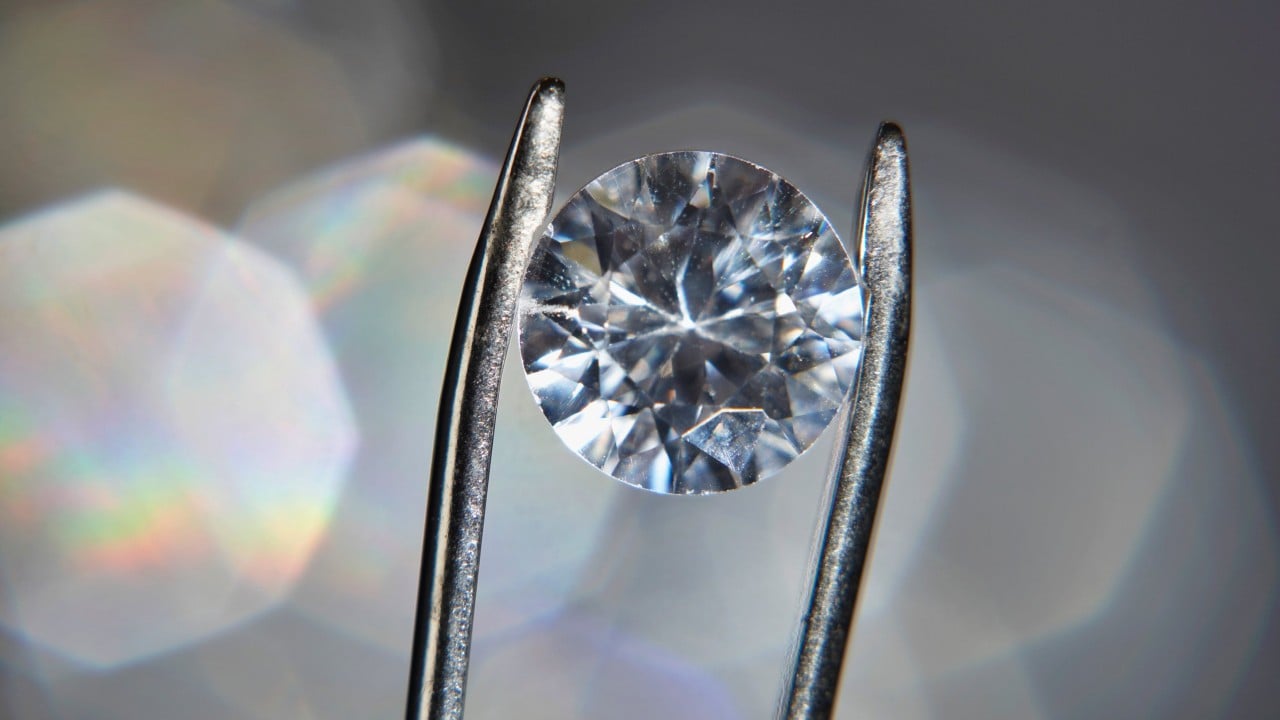
The woman also duped some of the victims with toxic make-up products promoted as chemical-free

Dozens of disgruntled customers have come forward after claiming they were duped by a Malaysian influencer who sold them lab-grown diamonds instead of the real deal.
MCA Public Services and Complaints Department head Michael Chong said that at least 30 of the victims had lost a collective amount of around 1 million ringgit (US$239,569) since 2023 to the influencer.
He explained that the influencer offered jewellery and good fortune trinkets to her customers but had used misleading terms to convince them that they were real diamonds.
“After we sent them in for lab analysis, we found that it was lab-grown,” he said.
Besides the diamonds, lawyer Esther Hor, who represented the group, said make-up products sold to some of the victims were portrayed as chemical-free. But it was later found to contain mercury.
“At least 30 police reports all over the country have been filed. We also have Singaporean victims with around three to four reports lodged in Singapore as well,” she said.
She added that attempts to privately settle the matter failed, with some in the group failing to contact the influencer after demanding refunds.
“She also stated that there would be no refunds in her Instagram stories. We believe she started doing so because of the number of complaints sent,” Hor said.
Chong added that he and his legal team will compile the police reports and study the matter to identify the type of aid that can be given to the victims.
“This is just ‘chapter one’. We believe more will come out,” he said.
This story was first published by The Star
Unhandled type: inline-plus-widget {"type":"inline-plus-widget"}Indonesia tackles used-clothing imports to protect local jobs
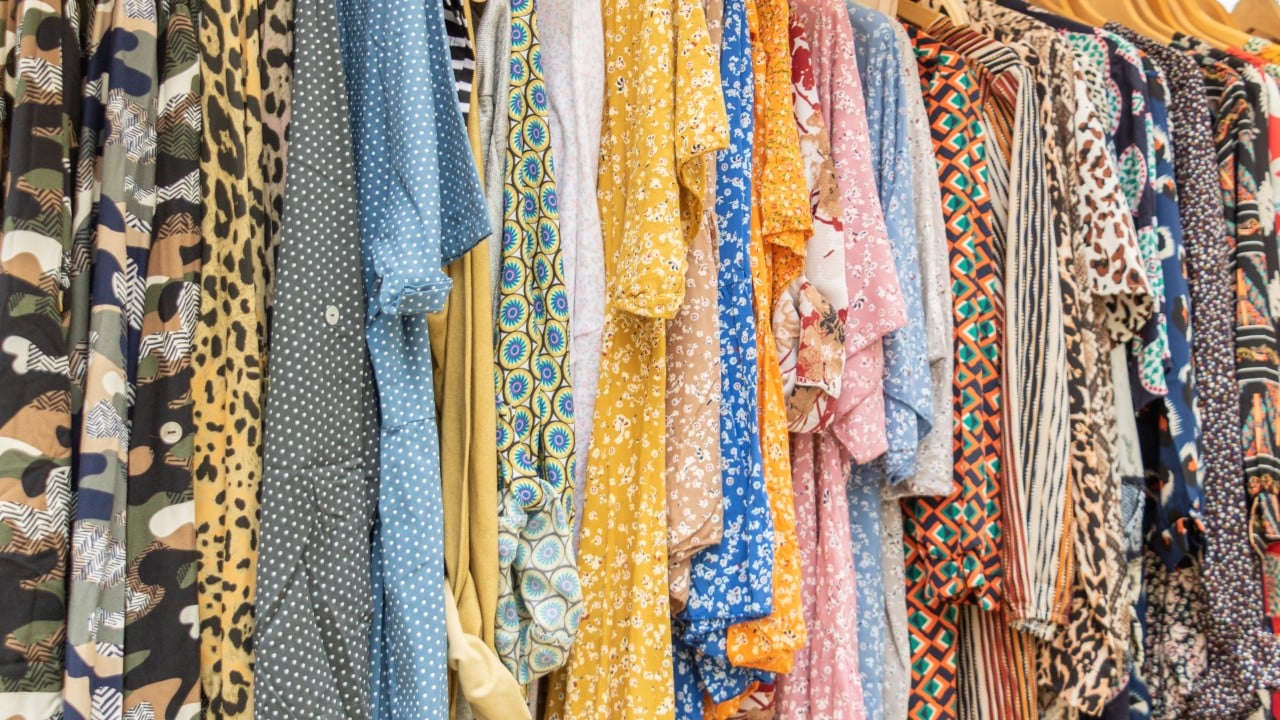
A new regulation aims to blacklist importers caught smuggling in second-hand clothing, sending a chill through thrift markets

Indonesia is intensifying a crackdown on illegally imported second-hand clothing blamed for battering its domestic textile industry, a move that has been welcomed by manufacturers but rattled thrift sellers and shoppers struggling with shrinking purchasing power.
Finance Minister Purbaya Yudhi Sadewa announced plans to issue a new regulation reinforcing a 2022 Trade Ministry ban on used clothing imports. The measure would allow authorities to blacklist importers caught smuggling in used apparel.
“We know who the players are. Anyone who has ever been involved in used-clothes smuggling will be blacklisted, they won’t be allowed to import goods again,” Purbaya told reporters on October 22.
Under existing rules, offenders face jail time and confiscation of their stock, but Purbaya said punishing smugglers through imprisonment and destroying their seized goods had been costly and counterproductive.
“So [the state] lost money, just paying for the cost of destroying the goods, plus feeding the [perpetrators] in prison,” he said.
On August 14, the Directorate General of Customs and Excise said it had carried out 2,584 seizures of illegally imported clothes and bags since January 2024, with an estimated value of 49.44 billion rupiah (US$2.9 million).
However, many more smuggled goods managed to enter the country due to “leaks”, particularly in loosely guarded entry channels, Purbaya said.
In 2024, the value of used clothing imports to Indonesia was US$1.5 million, with volume recorded at 3.86 million kg, according to data from the statistics agency. From January to July this year, that value already reached US$1.31 million, from imports of 1.09 million kg.
The illegal imports supply the second-hand clothing market in Indonesia, which has boomed in recent years as shopping habits changed considerably amid economic pressure.
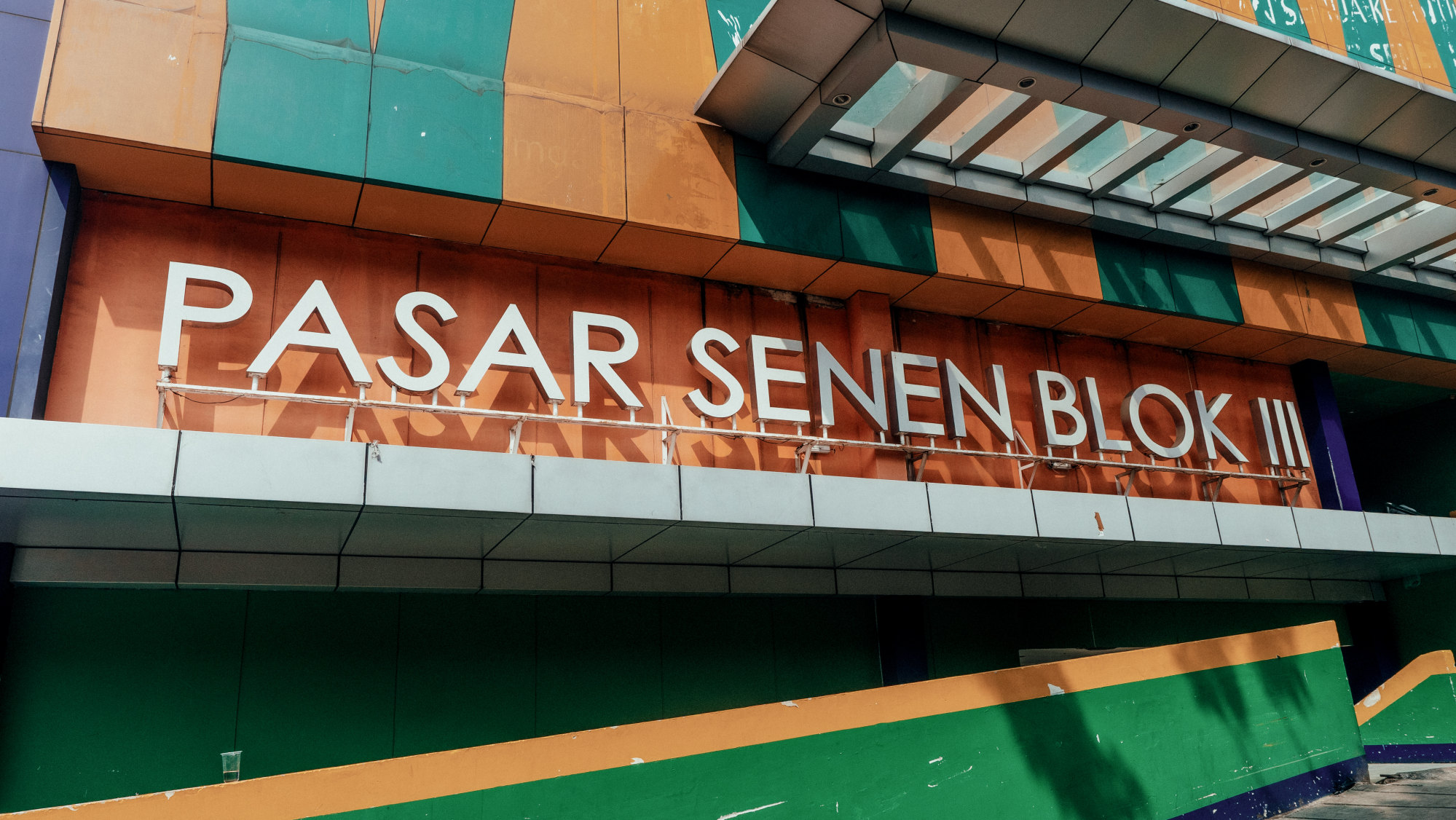
The new crackdown sent a chill through thrift markets, particularly in Pasar Senen, one of the largest thrift hubs in Jakarta. Hundreds of second-hand kiosks can be found here, largely selling used clothes and apparel from Japan, South Korea, the United States and Europe, at prices as low as 25,000 rupiah.
“If such a major regulation were issued, it would certainly create fear. If [used-clothes imports] were banned, buyers would flee. Foreign goods are in a different class,” a seller named Khairul told news outlet Kompas on October 23.
Unhandled type: inline-plus-widget {"type":"inline-plus-widget"}Shoppers like Syifa said she liked thrifting as she could find quality clothes at low prices.
“If I buy here, I can get a vintage Japanese jacket for 100,000 rupiah, but the material is very thick. If I buy a new one, it can cost millions,” the 20-year-old student told Kompas.
“Young people today are proud to wear second-hand goods from abroad. They’re unique and not commonplace.”
Pros and cons
The domestic textile industry has welcomed the crackdown, blaming the decline of the labour-heavy sector on a flood of cheap clothing and apparel from China, rising tariffs in countries including the US, and the general economic uncertainty.
“I welcome the minister of finance’s statement. The impact of these illegal imports is far-reaching. We don’t know where the imported used clothes come from or what they contain,” Jemmy Kartiwa, chairman of the Indonesian Textile Association, told This Week in Asia.
“These used clothes are sold at very low prices, which is hurting small and medium-sized enterprises.”
Jemmy warned that lay-offs would be “inevitable” if supply chains were affected by the booming thrift trade.

According to the Indonesian Filament Yarn and Fiber Producers Association, 60 textile companies closed due to dwindling demand and lack of capital between 2023 and 2024, resulting in lay-offs of about 250,000 workers. The downturn continued this year, affecting even Sritex, once Southeast Asia’s largest textile manufacturer.
Esther Sri Astuti, executive director at the Institute for Development of Economics and Finance, said imported used clothing eroded the domestic textile industry’s market share by 15 per cent.
While she supported the new measure, she also urged the government to “provide incentives to the domestic textile industry so that our textile products are cheaper” than imported clothes.
The booming trend of thrifting has also added to the piles of waste in landfills. Esther’s field observation in 2023 showed that some thrift sellers bought 14 million rupiah worth of imported used clothes, which contained up to 300 items. They could recover their investments by selling just 20 per cent of their inventory, while the unsold clothes ended up being thrown away.
In Indonesia, thrifting products are not supplied domestically due to lack of a used goods recycling system, with such items typically donated during natural disasters, according to Bhima Yudhistira, executive director at the Centre of Economic and Law Studies.
“Overseas, the thrifting market is propped by shoppers trying to reduce clothing or fast fashion waste. In Indonesia, shoppers are forced to buy second-hand due to the economic downturn. If they have the money, they would buy new clothes,” Bhima said.
Bhima urged the government to help thrift sellers who might lose their livelihoods, such as by providing credit to ease them into selling locally made clothes.
Maman Abdurrahman, minister of cooperatives and SMEs, on Tuesday said he had received instructions from President Prabowo Subianto to prepare substitute products for thrift sellers.
“There are many excellent domestic products. Thrift vendors will be encouraged to sell these. We must protect domestic producers, but these vendors must also be able to continue to [work]. We will find the best solution,” Maman said.
North Korea slams US for ‘wicked’ hostility over sanctions linked to cybercrime
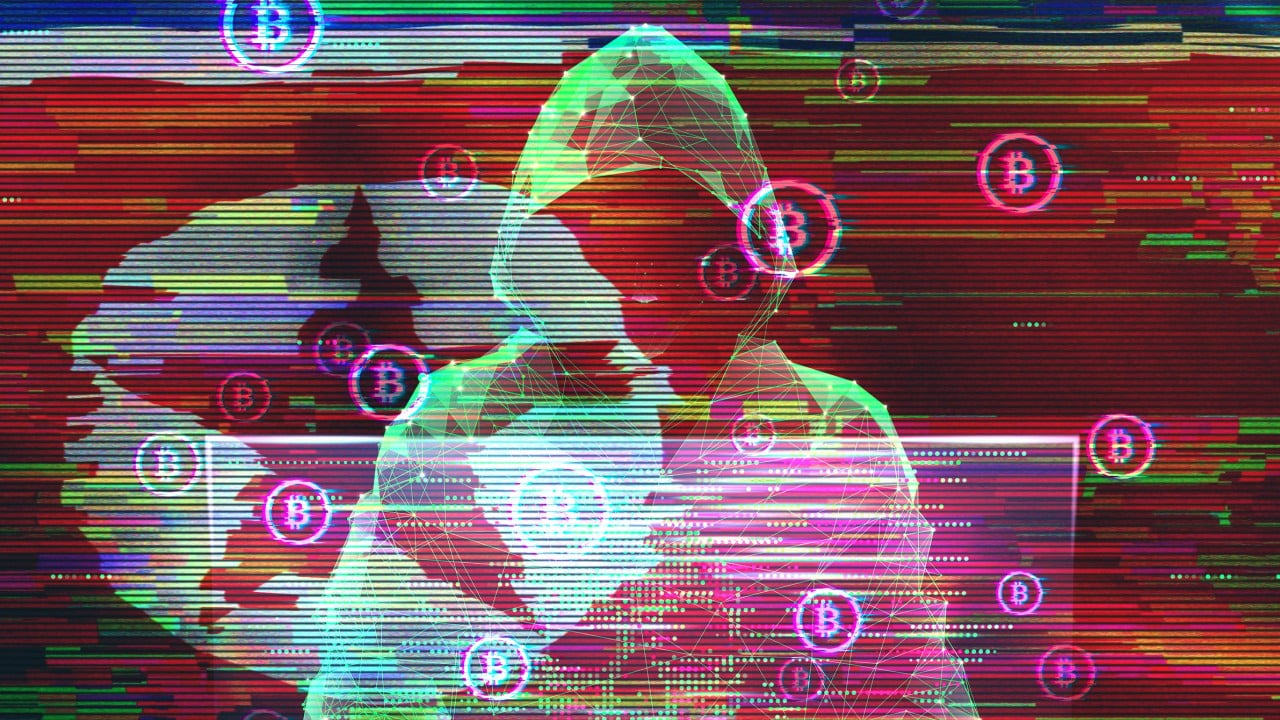
The sanctions are part of US President Donald Trump’s strategy of applying pressure before negotiations, an analyst says

North Korea has denounced new US sanctions targeting its cybercrime networks, accusing Washington of harbouring “wicked” hostility, but analysts have said Pyongyang’s unusually restrained response suggests it is leaving the door open to future dialogue.
“Now that the present US administration has clarified its stand to be hostile towards the DPRK to the last, we will also take proper measures to counter it with patience for any length of time,” read a statement by North Korean Vice-Foreign Minister Kim Un-chol released on Thursday, referring to the Democratic People’s Republic of Korea, North Korea’s official name.
His remarks followed the US Treasury Department’s sanctions imposed on Tuesday against eight individuals and two companies from North Korea who were allegedly involved in laundering money for Pyongyang-backed hacking operations.
Denouncing the US for revealing its “wicked nature”, he warned that Washington should not expect its tactics of “pressure, appeasement, threat and blackmail” to work.
“The US sanctions will have no effect on the DPRK’s thinking and viewpoint on it in the future too, as in the past,” he added.
Yang Moo-jin, a political-science professor at the University of North Korean Studies, said the latest sanctions were part of US President Donald Trump’s typical strategy of applying pressure before negotiations.
“By tightening sanctions while leaving open the possibility of their lifting, Washington seeks to increase the likelihood of dialogue with Pyongyang,” Yang told This Week in Asia.
“This is part of a broader ‘carrot-and-stick’ strategy aimed at making a North Korea–US dialogue more feasible next year.”

The North Korean Vice-Foreign Minister’s statement, Yang said, reflected “Pyongyang’s wariness of this dual-track strategy” by the United States.
As seen in the statement, Washington would have to abandon its hostile policies if it wanted dialogue with Pyongyang, Yang added.
“By saying that US sanctions alone cannot bring about changes, Pyongyang is pressing Washington to come up with new conditions for talks that are different from those presented at the failed 2019 Hanoi summit between Trump and the North’s leader Kim Jong-un,” Yang said.
The 2019 talks collapsed over differences regarding the scope of North Korea’s denuclearisation and the extent of sanctions relief and normalisation measures that would follow.
“What North Korea wants is not denuclearisation negotiations in return for the lifting of sanctions but the US recognition of it as a nuclear-armed state,” Yang said.
Unhandled type: inline-plus-widget {"type":"inline-plus-widget"}However, the North’s latest statement was notably restrained, avoiding its usual harsh language or provocative expressions such as “US imperialism” or “plunder”. It also refrained from mentioning Trump by name, referring instead to “the current administration”.
Notably, the statement signalled a more calibrated tone, Yang said.
“Pyongyang is sending a message that it does not wish to see a further deterioration in bilateral relations, acknowledging the personal rapport between Trump and Kim Jong-un and their potential future talks,” he added.

Political science professor Lim Ul-chul at Kyungnam University’s Institute for Far Eastern Studies said the statement suggested Pyongyang would continue its tit-for-tat responses unless Washington were to abandon its hostile policy.
“If Washington imposes additional sanctions, there is a high possibility of an upward spiral in the stand-off between the two countries,” Lim said.
Oh Kyeong-seob, a research fellow at the Korea Institute for National Unification, said: “This is a message intended to justify North Korea’s nuclear development and to reaffirm the conditions for dialogue with the United States.”
He added: “By putting forward Vice-Minister Kim Un-chol, Pyongyang may also be mindful of Trump’s personal relationship with Kim Jong-un and is thus toning down its message.”
The US Treasury Department said North Korea’s state-sponsored hacking schemes had stolen more than US$3 billion of mostly digital assets over the past three years – an amount unmatched by any other foreign actor – and that the illicit funds helped finance the country’s nuclear weapons programme.
It said North Korea relied on a vast network of banking representatives, financial institutions and shell companies in North Korea, China, Russia and elsewhere to launder money obtained through IT worker fraud, cryptocurrency theft and sanctions evasion.
The sanctions came even as Trump continued to express interest in reviving talks with Kim Jong-un.
The North Korean leader has also reportedly shown interest in resuming dialogue should Washington stop insisting on Pyongyang’s denuclearisation.
He has avoided any form of talks with Washington and Seoul since the breakdown of the Hanoi summit. Instead, he has pivoted towards Moscow as the focus of his foreign policy, sending thousands of troops and large amounts of military equipment to support Russian President Vladimir Putin’s war in Ukraine.
Kim did not respond to Trump’s proposal to meet while the US president was in South Korea last week for meetings with world leaders attending the Asia-Pacific Economic Cooperation summit.
Japan, US join forces to mine deep-sea rare earths amid China’s dominance

Both sides will seek joint projects to fortify supply chains, in a move analysts say could counter China’s grip on rare earths

Japan and the United States are preparing to jointly tap deep-sea rare earth deposits near Minamitorishima, in what analysts see as a strategic bid to insulate their hi-tech sectors from China’s grip on critical minerals and fortify supply chains amid rising geopolitical rivalry.
Prime Minister Sanae Takaichi confirmed Tokyo’s intention to cooperate with Washington on seabed exploration and resource development after meeting US President Donald Trump in Tokyo on October 28.
The two sides agreed to identify joint projects across the mining, smelting and processing chain for rare earth elements essential to advanced manufacturing, clean energy and defence.
Speaking in the Diet on Thursday, Takaichi said, “It is important for both Japan and the United States to secure diverse procurement methods. We are considering specific ways to proceed with cooperation.”
Takaichi has long been a proponent of exploiting Japan’s reserves of minerals and rare earth elements, even though their location at the bottom of the Pacific Ocean has made them relatively difficult to access.
And while Tokyo recognises that it will be costly to develop the technologies to extract rare earths – such as dysprosium, terbium, neodymium and yttrium – from the seabed, it is also acutely aware that it cannot rely on other producers to ensure an uninterrupted supply of the materials that its companies require.

“China is playing the rare earths card with the US and this is not the first time they have done it,” said Jeff Kingston, director of Asian Studies at Temple University in Tokyo.
Rare earths were used as leverage in September 2010, when a Chinese fishing boat was involved in a clash with Japan Coast Guard vessels after it was located operating in waters around disputed islands in the East China Sea.
Coastguard officials boarded the ship off the Diaoyu Islands, which Japan controls and knows as the Senkaku archipelago, and arrested the captain and his crew.
The Chinese government then cut diplomatic and trade ties with Japan, including halting supplies of rare earths critical for the production of consumer electronics, clean energy systems, medical equipment, military technology and others.
“Japan had little choice but to kowtow then and Takaichi knows now that China produces around 70 per cent of the world’s rare earths and refines and processes about 90 per cent of the global supply,” Kingston told This Week in Asia.
Unhandled type: inline-plus-widget {"type":"inline-plus-widget"}“These are elements that are critical to all sorts of hi-tech gadgets and make Japan’s hi-tech sector vulnerable to Beijing if it wants to disrupt supply chains. Any way that Japan can find to offset Chinese dominance in this sector will be welcome.”
The Japan Agency for Marine-Earth Science and Technology has in recent years conducted a series of research operations in Japan’s exclusive economic zone, most recently in August when the deep-sea drilling ship Chikyu was deployed to a site about 100km from Minamitorishima, an island 1,848km southeast of Tokyo and the most easterly part of Japan.
Material was gathered from a depth of about 5,500 metres over the course of three weeks.
Experts said before the mission that they were hoping that each ton of seabed mud would contain an average of 2kg of rare earth elements.

Researchers dredging the seabed in waters elsewhere within Japan’s exclusive economic zone (EEZ) have previously found significant deposits of minerals, with a 2018 study off the Ogasawara Islands south of Tokyo indicating that a 400 sq km area could contain as much as 16 million tons of rare earths.
There are high hopes that the seabed around Minamitorishima will also yield large amounts of minerals. At just 151 hectares (373 acres), the island is small but strategically important as it permits Tokyo to claim an EEZ that covers nearly 429,000 sq km of the surrounding waters and seabed, as well as any mineral or energy deposits that lie beneath the floor of the ocean.
In June 2023, researchers from the University of Tokyo and the Nippon Foundation carried out research around the island, identifying large deposits – an estimated 230 million tons in an area of 10,000 sq km – of nodules high in cobalt and nickel.
The nodules are understood to have formed over millions of years as metals transported in the ocean attach to nuclei, such as fish bones, on the seabed. The team estimated that the deposits contain about 610,000 tons of cobalt, sufficient to meet the needs of Japanese industry for around 75 years, and some 740,000 tons of nickel, about 11 years of domestic consumption.
In a study titled “Research on National Power” published in 2024, Takaichi indicated that she would turn Minamitorishima into a hub for processing rare earth elements harvested from the seabed nearby.
“I aim to build a rare earth production system with Minamitorishima as a base,” Takaichi wrote, adding that if the plan was successful, “a stable domestic rare earth supply system will be realised, contributing greatly to Japan’s resource security”.
The island would appear to be an ideal base of operations. It has no permanent residents who would be inconvenienced by large-scale industrial operations, but it has infrastructure, including an airfield, as it serves as a military base.
Processing the raw material on the island would also reduce transport times and permit only the refined rare earths to be shipped in bulk to Japan or the US.
“Given that rare earths have been such an issue between the US and China in recent months, plans for joint development with Japan are going to be welcomed on both sides of the Pacific,” Kingston said.
“The gesture is also timely as it shows that Japan is willing to pitch in to help the US, but it also allows Takaichi to demonstrate to the Japanese people that Japan is contributing.”
Kohmei Harada, director of the Sustainability Design Institute and a former director at Japan’s National Institute for Materials Science, agreed that it was “critical” for Tokyo to secure adequate and reliable sources of rare earths, but sounded a note of caution about claims of vast mineral wealth just waiting to be scooped up.
“There are many challenges still to be overcome, including how the resources can be collected from such great depths, how they can be brought to the surface safely and then transported to be refined, all without causing the pollution that many environmental experts are concerned about,” he said.
“There is no doubt that Japan needs these resources, but I just hope they are there in the amounts that they are predicting and that they can be recovered economically.”
Hong Kong leader John Lee to speak at family business summit
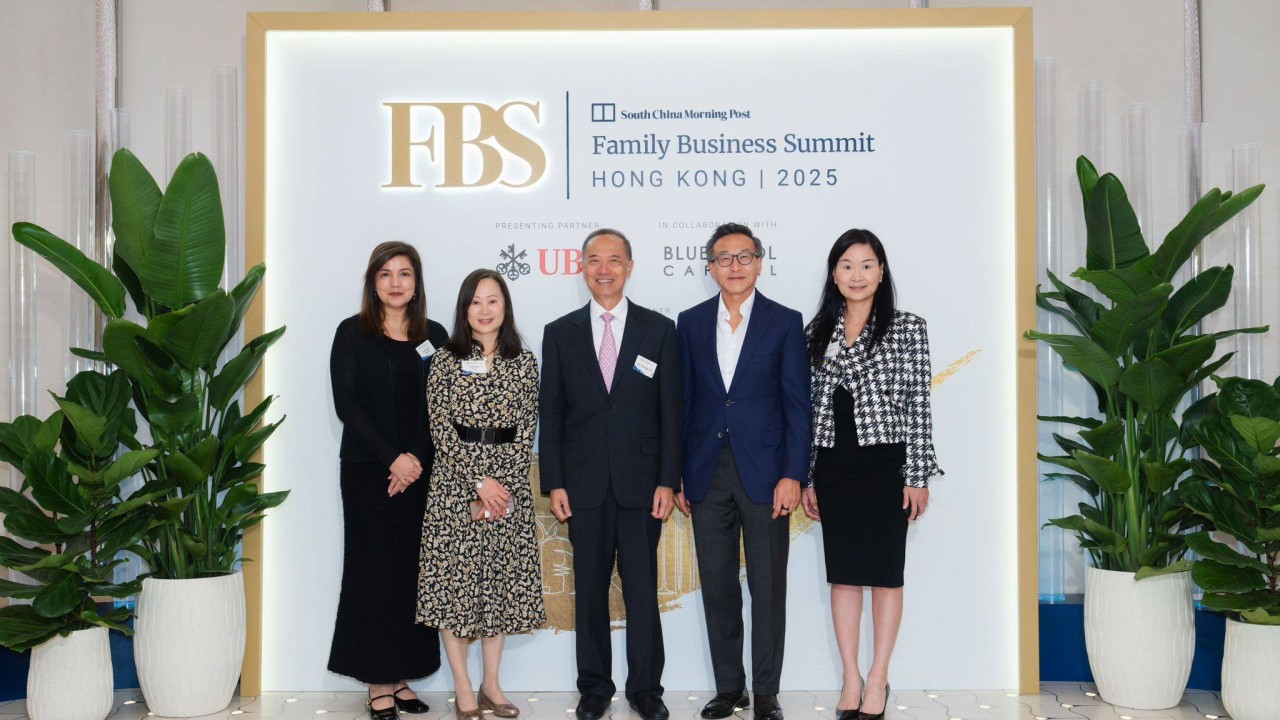
Third annual event curated by the Post and Blue Pool Capital, presented by UBS, features speakers from governments to Wall Street to the NBA

Chief Executive John Lee Ka-chiu is scheduled to speak in a fireside chat on Friday during the third Family Business Summit in Hong Kong, as the city burnishes its role as the offshore fundraising hub and ‘superconnector’ between the Chinese mainland and the rest of the world.
The speech is the highlight of the conference, curated by the South China Morning Post and Blue Pool Capital, with UBS as the presenting partner. The attendees – by invitation only – comprise about 150 private business owners from the US, Europe, Southeast Asia and the Middle East, as well as Hong Kong and mainland China.
“As a top global hub for wealth management and a vibrant international finance centre, Hong Kong is the perfect stage for this Family Business Summit, bringing together the principals of Asia’s and the world’s premier family businesses”, said the Post’s CEO Catherine So, in her welcoming speech at the third annual edition of the conference on Thursday. “The day is made even more special as we mark the 122nd anniversary of the South China Morning Post’s first publication, grounding our forward-looking discussions in a rich legacy of trust and influence.”
Lee will be speaking in a fireside chat with Alibaba Group Holding’s chairman Joe Tsai, on the final morning of the one-and-a-half-day conference. Alibaba owns the Post.

The annual confab kicked off on Wednesday with a welcome dinner at Cloud 39 at The Henderson in Central. Singapore’s former foreign minister George Yeo spoke during a pre-summit chat over dinner.
The main conference day on Thursday featured a score of speakers covering a range of topics from artificial intelligence to geopolitics, macroeconomics, the business of sports and the wines of Burgundy, moderated by the Post’s Masthead editors. A number of Wall Street executives, including KKR’s co-CEO Joseph Bae and General Atlantic’s chairman Bill Ford, shared their perspectives about investing in China, moderated by Tsai, who is also the Post’s chairman. The contents of the entire conference are private, not for reporting.
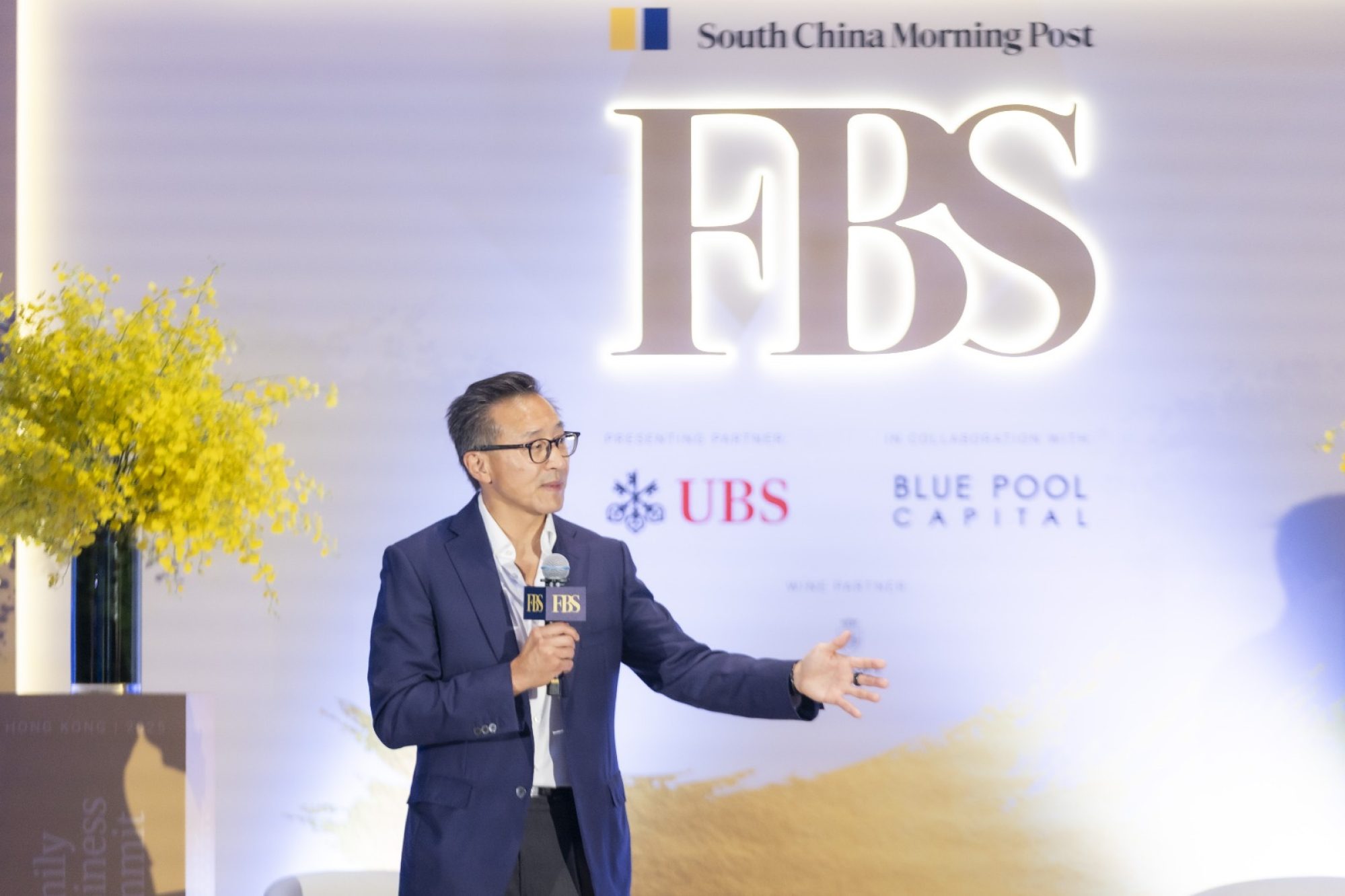
Huang Yiping, the dean of the National School of Development at Peking University, shared his analysis about the state of the Chinese economy with the Post’s executive editor Chow Chung-yan. Ambassador Jorge Toledo, the head of the delegation of the European Union to China, spoke about the state of EU-China relations along with the former French envoy to China, ambassador Maurice Gourdault-Montagne, and professor Cui Hongjian of the Beijing Foreign Studies University, moderated by the Post’s editor-in-chief Tammy Tam.
Two Sigma’s co-founder and co-chairman David Siegel spoke during a lunch fireside chat.
Tengku Zafrul Aziz, Malaysia’s minister of investment, trade and industry, spoke about the country’s development as the current rotating chair of the Association of Southeast Asian Nations, alongside AirAsia’s founder Tony Fernandes, in a session moderated by the Post’s executive managing editor Zuraidah Ibrahim.
Henry Tang Ying-yen, Hong Kong’s chief secretary from 2007 to 2011, held a fireside chat with Guillaume d’Angerville, the owner-manager of Domaine Marquis d’Angerville and Domaine du Pélican.
Joseph Yam Chi-kwong, the former chief executive of the Hong Kong Monetary Authority, will speak about the currency markets on Friday with Xiang Songzuo, the former chief economist of the Agricultural Bank of China, in a panel moderated by the Post’s managing editor Eugene Tang.
Unhandled type: inline-plus-widget {"type":"inline-plus-widget"}UBS Asia-Pacific’s president Iqbal Khan and Ant Group’s CEO Cyril Han will speak about the use of AI in the wealth-management business in a panel moderated by the Post’s managing editor Yonden Lhatoo.
The conference, which was curated to tackle some of the biggest questions confronting investors and business owners, also talked about the sports industry. NBA Asia’s CEO Michael Ma and the Relevant Sports Group’s co-founder Daniel Sillman spoke about the balance between tradition and innovation in the business of sports.
Josh Harris, the founder of 26North, will speak about sports franchises in a panel discussion with Avenue Capital Group’s chairman Marc Lasry, moderated by Tsai.
Former Houston Rockets centre Yao Ming will hold a fireside chat with former US NBA point guard Jeremy Lin to close off the conference.
Amid fragile markets, how to predict when the bubble will burst?

The news and stories that move markets could well be a leading indicator of when markets fail

Economist Paul Samuelson famously quipped that stock markets accurately predicted nine of the last five recessions. The same could be said of financial economists. So-called leading indicators like market sentiment swing with the daily news. Optimism is the default option but bull markets die hard. Still, most seasoned financial economists now recognise that stock markets are becoming more fragile.
And so does the crowd. The frequency of online searches for “stock market bubble” has surged since July. This quantification of the wisdom of the crowd is the essence of “narrative finance”: news stories and developing narratives move markets and these can be a plausible forecasting indicator of when markets become critical.
The financial system absorbs shocks by adjusting prices using information from news signals passed through narratives. This price adjustment results in a new state of dynamic equilibrium between buyers and sellers – akin to the concept in cell microbiology.
But as a market becomes fragile, the system becomes more sensitive to relatively small external shocks, which could trigger investor panic. If a shock is too severe, the stresses melt down the system.
The late Benoit Mandelbrot, using fractal geometry, showed that extreme financial events repeat in similar patterns across timescales, like the natural phenomena of tides and landforms. For example, the youthful internet company AOL acquired the storied Time Warner during the dotcom crisis. Behold, one of the mega-deal headlines today is that the newly renamed Paramount Skydance (under youthful management) wants to take over Warner Bros Discovery. In the markets, even if history doesn’t exactly repeat itself, it rhymes.
Market events generate financial volatility in clusters over all timescales and strike with consistent frequency, duration and ferocity. Mandelbrot showed that all bubbles end, the only question is when.
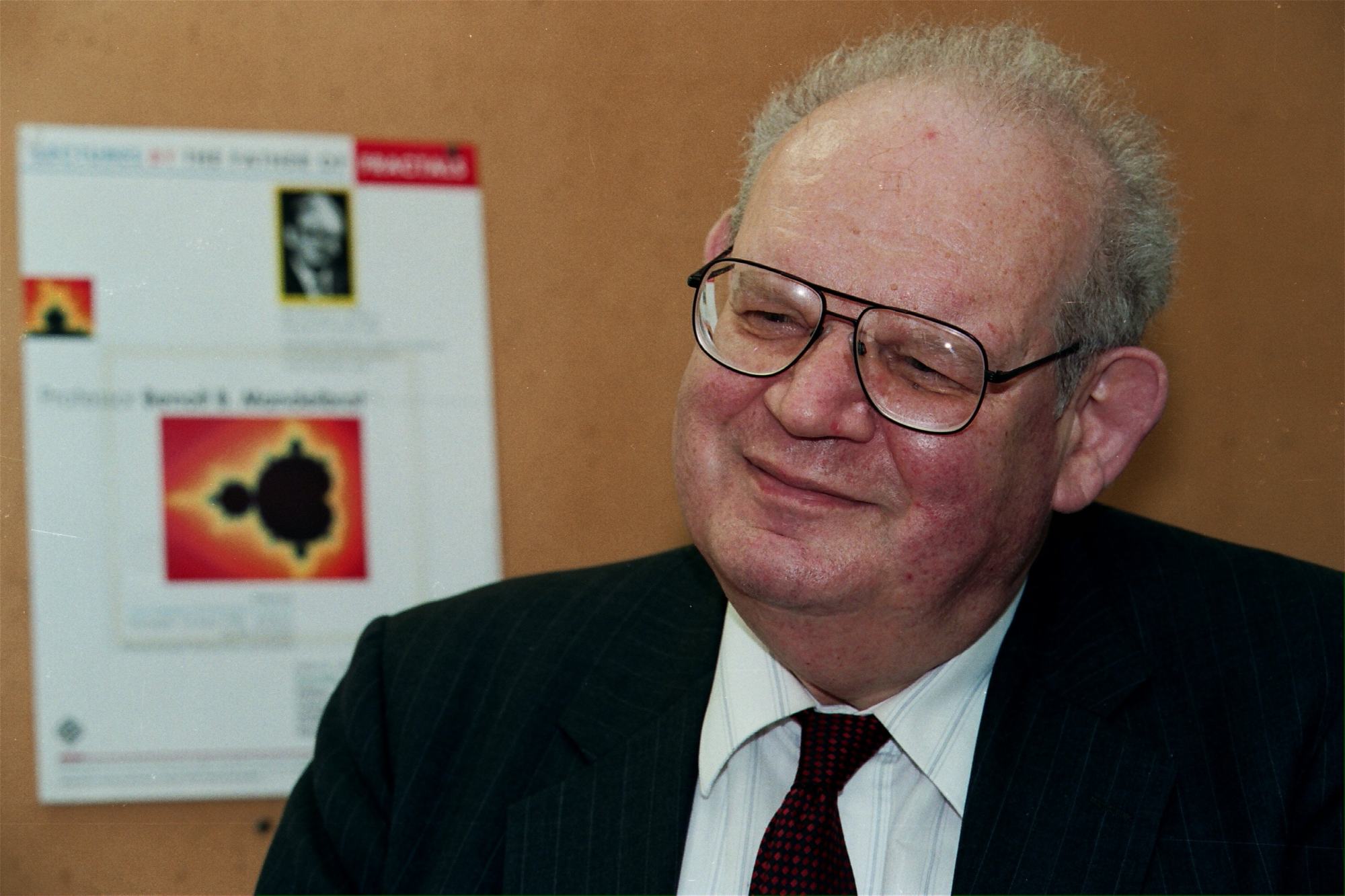
The trigger for a crash may be an “unknown unknown” shock news event – such as a terrorist attack, pandemic or abrupt geopolitical or geoeconomic development. Alternatively, “known unknown” events, initiated by emerging news and narratives, develop like a train wreck in slow motion.
They trigger a shock appreciation of legacy issues, like rising interest rates or appreciably slowing growth, reminiscent of an Ernest Hemingway character’s description of how he went bankrupt: “Gradually, and then suddenly.” The clues to a crash hide in plain sight – in hindsight, those triggers were obvious.
All the great studies on crashes by Mandelbrot, John Kenneth Galbraith, Robert Shiller or Carmen Reinhart and Kenneth Rogoff follow the pattern given in Charles Kindleberger’s must-read: Manias, Panics, and Crashes: A History of Financial Crises. Manic markets result from easy money and an explosion of debt that encourages overconfidence, speculation and a contagious fear of missing out.
Short memories make it easy to relax regulations and covenants. Inflated narratives about inventions and innovations expand the asset bubble to a critical level. We saw this with dotcoms in 2000, financial engineering in housing debt in 2008 and today in meme stocks, digital assets and the artificial intelligence bubble, which is raising unheard-of sums of cash.
So when will the bubble burst? Jamie Dimon of JP Morgan Chase and Co and Ray Dalio of hedge fund Bridgewater Associates have a front-row seat to the financial system and have been speaking like Jeremiahs about the party ending. But no one can forecast the exact timing of a market reversal, so their views range from six months to as long as four years.
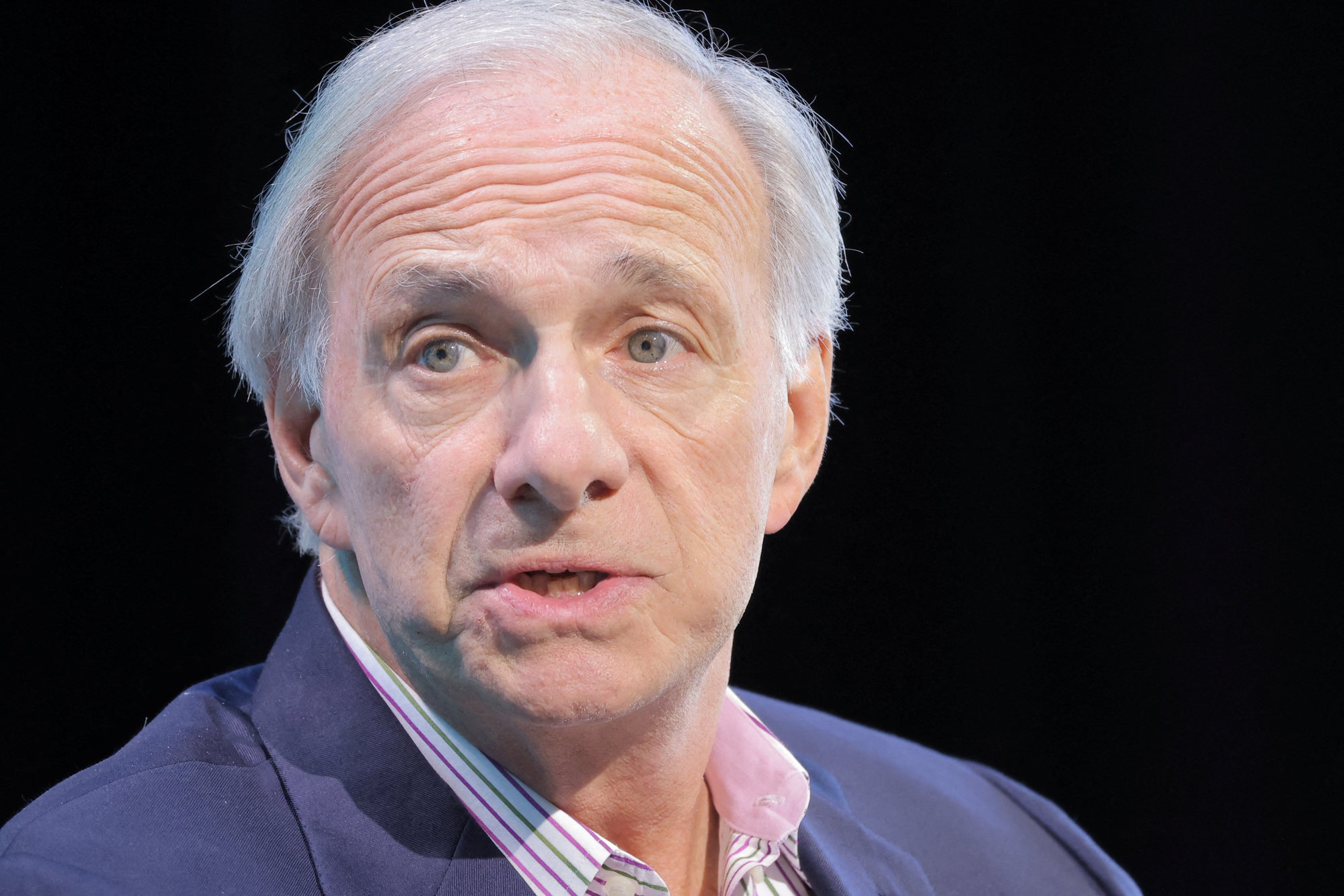
They speak of their concerns for private credit, now the big banks have passed subprime lending onto non-banking financial lenders. Other narratives point to market fragility due to high public debt, fiscal deficits and stock valuations as well as the rapid run-up in prices, uncertain geopolitics and trade causing recession, and good bank earnings that mask endgame deals driven by cheap money. These are all narratives of a fin de siècle.
Unhandled type: inline-plus-widget {"type":"inline-plus-widget"}In this uncertain world, Nassim Nicholas Taleb’s work suggests that investors face uncertainty, risk and volatility by improving the “anti-fragility” of their portfolios.
The performance of an asset in a meltdown is often a good indicator of its future performance. Taleb’s “barbell strategy” builds redundancy by holding onto favoured risk assets like equities while balancing that risk with, say, high cash holdings. The record growth in money market funds is an indicator of wise investors raising cash.
In a crash, stocks that did well in the final days fall hard but the quality ones recover first – although beware of buying back too soon. Zombie or low-profitability companies get crushed as they only survived because of low interest rates or optimistic narratives. Unfavoured stocks or markets, such as pharmaceuticals, are often comparatively robust. The US dollar is still likely to be a safe haven at the expense of fringe currencies. Gold is the asset of last resort and is rising like the leading indicator it was before the last global financial crisis.
Kindleberger found that the system needs a powerful lender of last resort to stabilise a crash. In 2008, the talented Hank Paulson oversaw the US Treasury’s markets bailout. Questions remain as to whether the United States can still be the backstop, given its inflated balance sheets – and the quality of the available talent. Or could the next step be a Cyprus-style “bail-in”, where bank customers, not exhausted taxpayers, refinance the system with a confiscation of a slice of their cash accounts?
Deadly Typhoon Kalmaegi in Philippines raises more disaster readiness questions

More than 100 people have been killed in the country as the latest typhoon fuels fears of more unpredictable extreme weather events to come

The latest deadly typhoon to tear through the Philippines has killed more than 100 people, raising fears among experts that extreme weather events are becoming more frequent and intense, and harder to prepare for.
Typhoon Kalmaegi – the most recent in a string of late-season cyclones to batter the country in recent years – left a trail of devastation across the central Visayas region this week.
The storm follows a worrying pattern of high-impact tropical cyclones that have struck the Philippines over the past 15 years, particularly between October and December, with extreme weather events on the rise due to climate change, rapid urbanisation and poor disaster responses, according to analysts.
“We have continuously hit the snooze button for an alarm that has gone off more than a decade ago for disaster preparedness,” Ven Paolo Valenzuela, a research fellow at Singapore Management University’s College of Integrative Studies, told This Week in Asia.
Kalmaegi – known locally as Typhoon Tino – entered Philippine territory on Sunday as a tropical storm, but intensified within hours. It tore off roofs from homes, brought down trees and power lines, and swept away cars and makeshift dwellings.
The state weather bureau Pagasa recorded 183mm (7.2 inches) of rainfall in Cebu in a single day – more than the province’s typical rainfall for the entire month of November.
The Philippines’ National Disaster Risk Reduction and Management Council confirmed on Thursday that at least 114 people had been killed by the typhoon, mostly from Cebu. The death toll did not include 28 other fatalities recorded by provincial authorities in Cebu.
Heavy flooding and landslides have made access to remote towns difficult, while about 1.4 million households are still experiencing power outages.
The typhoon’s onslaught came more than a month after a 6.9 magnitude earthquake struck Cebu, with its epicentre located just 21km (13 miles) off the town of Bogo, leaving 79 dead and hundreds displaced.
Pattern of destruction
Referring to a pattern of powerful storms battering the Philippines with deadly consequences in the fourth quarter in recent years, Valenzuela said three of the deadliest tropical cyclones that hit the Philippines happened during the quarter in the last 15 years – Washi in 2011, Bopha in 2012 and Haiyan in 2013.
“More alarming is that nine out of 10 of the costliest typhoons that have hit the country happened in the last 15 years.”
Unhandled type: inline-plus-widget {"type":"inline-plus-widget"}Valenzuela said experts had been observing tropical cyclones undergoing rapid intensification just before making landfall in the Philippines.
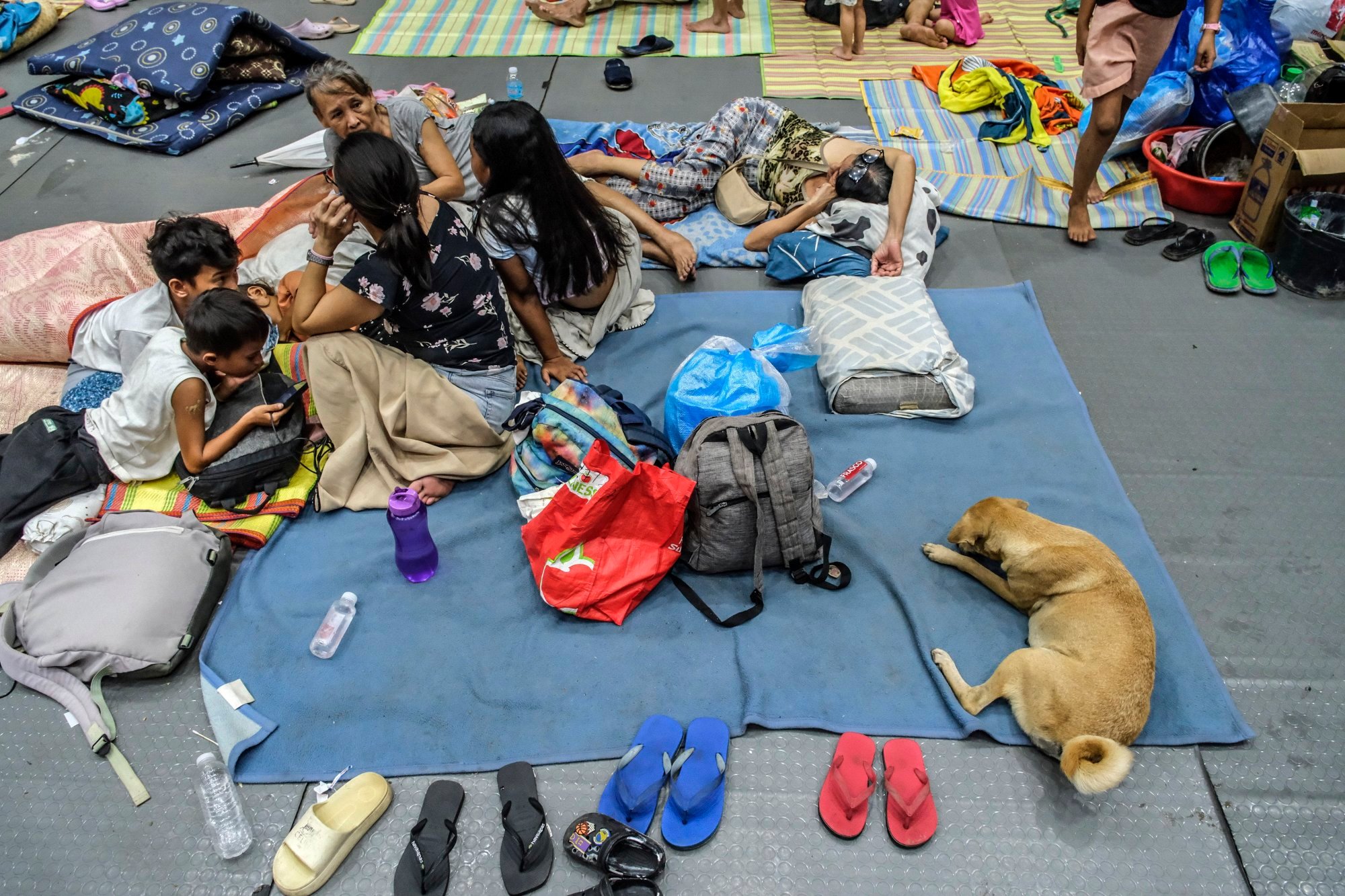
The Philippines’ location in the Pacific Ring of Fire and the West Pacific Cyclone Basin places it in the most active zones for geologic hazards and hydrometeorological hazards, especially tropical cyclones, according to weather experts.
Climate change might be aggravating the occurrences of disasters such as typhoons, making warnings and preparations “shorter and harder to predict”, said Valenzuela, referring to how typhoons Rai and Kalmaegi had rapidly intensified between 24 and 48 hours.
Bernard Alan Racoma, assistant professor at the University of the Philippines Diliman’s Institute of Environmental Science and Meteorology, said there had been growing evidence of a recent increase in super typhoons in the Philippines since the 2000s.
In recent years, Pagasa has stepped up its impact-based forecasting for storms.
While Kalmaegi might be considered technically weaker than Haiyan in terms of intensity, the country should move from assessing the “raw strength to actual impact” of typhoons, Racoma said.
If the Philippines were to continue facing the same type of hazards for some time, the government’s capacity to respond or adapt would make a difference, he added.

Flood control corruption
The trail of destruction from Kalmaegi comes as investigations into anomalous flood control projects worth billions of pesos are taking place across the country.
Cebu Governor Pamela Baricuatro lamented the severe flooding in her province despite an allocation of more than 26 billion Philippine pesos (US$440 million) worth of flood control projects to Cebu since 2019.
“You begin to question why the flash floods here were so bad when we have 26.6 billion pesos for flood control projects,” Baricuatro said in an interview with ABS-CBN News.
Racoma said: “Disasters occur because of the combined effects of danger, exposure and vulnerability. However, disasters can be prevented when there is the ability to do so.”
Referring to the ongoing corruption probe, he added that disasters “worsen because those in power rob the country of its ability to rise above these catastrophes”.
Other countries, such as Japan, had also experienced similar weather disasters as the Philippines, Racoma said. “But when it comes to vulnerability, they are better prepared to bounce back from these hazards.”

Valenzuela said substandard projects were also among the multiple flood control challenges that the Philippines faced.
“What type of risk level are we trying to protect with flood control projects? It’s very easy to put concrete on our banks, but can it prevent a one-in-five-year, a one-in-10-year, or a one-in-50-year flood? What types of flood measures are we looking at?”
He said effective flood control required a systematic and not a patchwork approach. “Floods do not care about administrative and legal boundaries.”
As science and evidence-based risk assessment had not been factored into designing flood-control projects, it was hard to assess their effectiveness while also making them prone to corruption, Valenzuela said.
Meanwhile, Gino Trinidad, a doctoral researcher on urban poor settlement communities at the University of the Philippines’ National College of Public Administration and Governance, said the impact of Kalmaegi on Cebu and nearby areas showed that the flood control scandal “is truly at a national scale”.
The recent extreme weather events should spur local and national governments, as well as the private sector, to rethink the building of urban areas with adaptation to climate change and disaster risk mitigation as key considerations, Trinidad said.
US’ nuclear submarine nod gives South Korea massive depth of power

The move would not only strengthen deterrence but also reduce the risk of open conflict in Northeast Asia, analysts say

The United States has given South Korea the green light to build nuclear-powered submarines – a landmark decision that could significantly boost Seoul’s naval capabilities and place it among a select group of nations with such assets.
Analysts say the move could reshape Northeast Asia’s strategic landscape in ways that not only strengthen deterrence but also reduce the risk of open conflict, as Washington recalibrates its alliance priorities under President Donald Trump.
Trump announced the decision last week, revealing that it followed successful trade negotiations with South Korean President Lee Jae-myung.
He said the new vessel would replace South Korea’s “old fashioned, and far less nimble, diesel powered submarines” and be constructed at a shipyard in Philadelphia run by South Korean conglomerate Hanwha.
The move is set to admit Seoul to an exclusive club of nations that possess such vessels: the US, China, Russia, the UK, France and India.
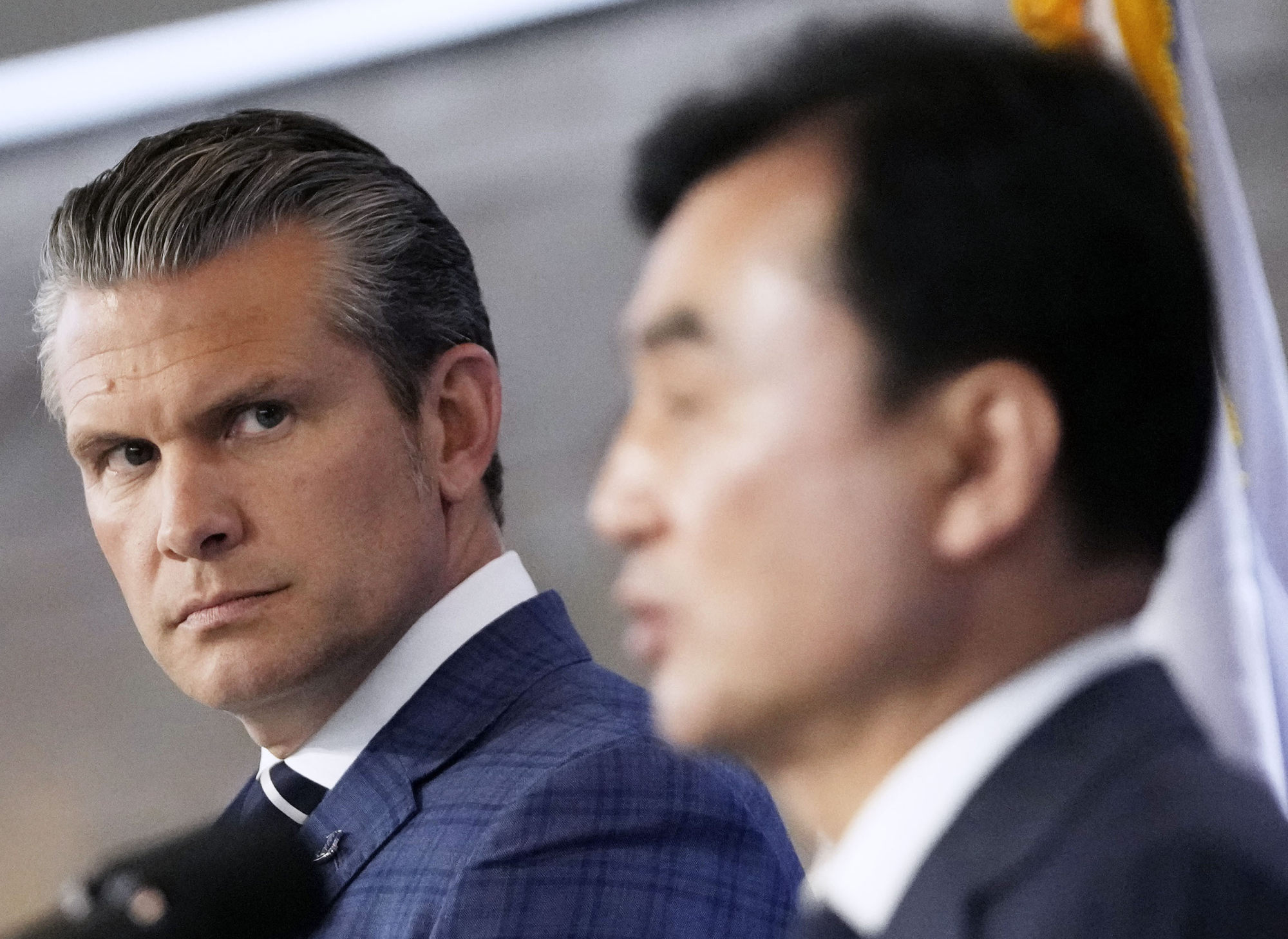
On Tuesday, US Secretary of Defence Pete Hegseth reiterated that Washington fully backed Seoul’s plan to develop nuclear-powered submarines.
“President Trump has approved this historic step, and I want to reaffirm that decision,” Hegseth said in Seoul during a joint press conference with South Korean Defence Minister Ahn Gyu-back.
Adding that the US defence department would actively and fully support the decision, Hegseth said the nuclear submarine programme would strengthen the bilateral alliance as well as Seoul’s defence.
“South Korea has world-class shipbuilding capabilities, and the US looks forward to expanding cooperation not only in submarines but also in surface warfare,” he said.
Yang Uk, research fellow and director at The Asan Institute for Policy Studies’ Centre for Foreign Policy and National Security said the possession of nuclear submarines would have significant implications for international politics and security in Northeast Asia.
“Nuclear submarines are an inherently geopolitical weapons system,” Yang said.

Such vessels combine stealth, endurance, global reach and strategic deterrence. They can remain submerged for months, making them highly resistant to a first strike and thus a stabilising element in nuclear strategy. By reducing the temptation for pre-emptive attacks, they help shape the strategic decision making of major powers.
Deepening ties
While there were concerns that Seoul’s acquisition of nuclear submarines could worsen relations with China, Yang said this would not be the case.
“The risk that a deterioration in bilateral ties could lead to a naval clash – causing severe damage to both sides – could instead serve as a powerful incentive for maintaining stable and positive relations between South Korea and China,” Yang said.
Unhandled type: inline-plus-widget {"type":"inline-plus-widget"}Huong Le Thu, deputy director of the Asia Program at the International Crisis Group, said providing a nuclear-powered submarine for South Korea would equip Seoul with a more potent capability to deter North Korea, which is supported by Russia.
It would also “deepen defence ties between [Washington] and Seoul amidst some worries about America’s commitment to allies in general”, she said.
Though it might take “a couple of decades” to have a fully operational nuclear-powered submarine fleet, the move was likely to expand South Korea’s maritime outlook beyond the Korean peninsula, Le Thu said.
She added that Aukus may be uppermost on Trump’s mind, given the recent successful meeting between him and Australian Prime Minister Anthony Albanese.
“So perhaps that inspired [Trump] to expand to others,” Le Thu said.
Aukus refers to the trilateral defence security pact between Australia, the UK and the US aimed at providing nuclear submarines to help Canberra deter Beijing’s growing influence in the region.
During their White House meeting last month, Trump and Albanese reaffirmed the Aukus agreement, with Trump declaring the deal would proceed “full steam ahead”, ending months of speculation about the future of the pact under his administration.
Yang added that South Korea had initially asked the US to provide nuclear fuel for use in its submarines, but Washington responded by suggesting that Seoul build its nuclear submarines at the Hanwha Shipyard in Philadelphia.

“This implies that the submarines will be constructed based on Korean-developed technology and Korean design” and not its American counterparts, he noted.
However, certain aspects such as reactor noise reduction could still make use of US technical support during the construction process, Yang added.
Offering to share US nuclear submarine technology with South Korea is said to have made Aukus – the trilateral defence agreement between Australia, the UK and the US – less exclusive.
Washington shares its naval nuclear propulsion technology only within the Anglosphere: the UK, a long-standing partner, and Australia.
Yang said what made Aukus distinctive was that the two anglophone powers, the US and the UK, had chosen to support Australia’s ambition to play a greater role in the Indo-Pacific region.
However, under Trump’s second administration, scepticism was emerging over sustained US support for Australia, Yang said, noting that Japan was likely to seek access to US nuclear submarine technology similar to what Australia is receiving.
“Tokyo will be closely watching how South Korea proceeds with building its submarines within the US,” Yang added.
Malaysia to appeal against damages ruling for families of abducted activists

The high court found the government and police had failed in their duties over the disappearances of Pastor Raymond Koh and Amri Che Mat
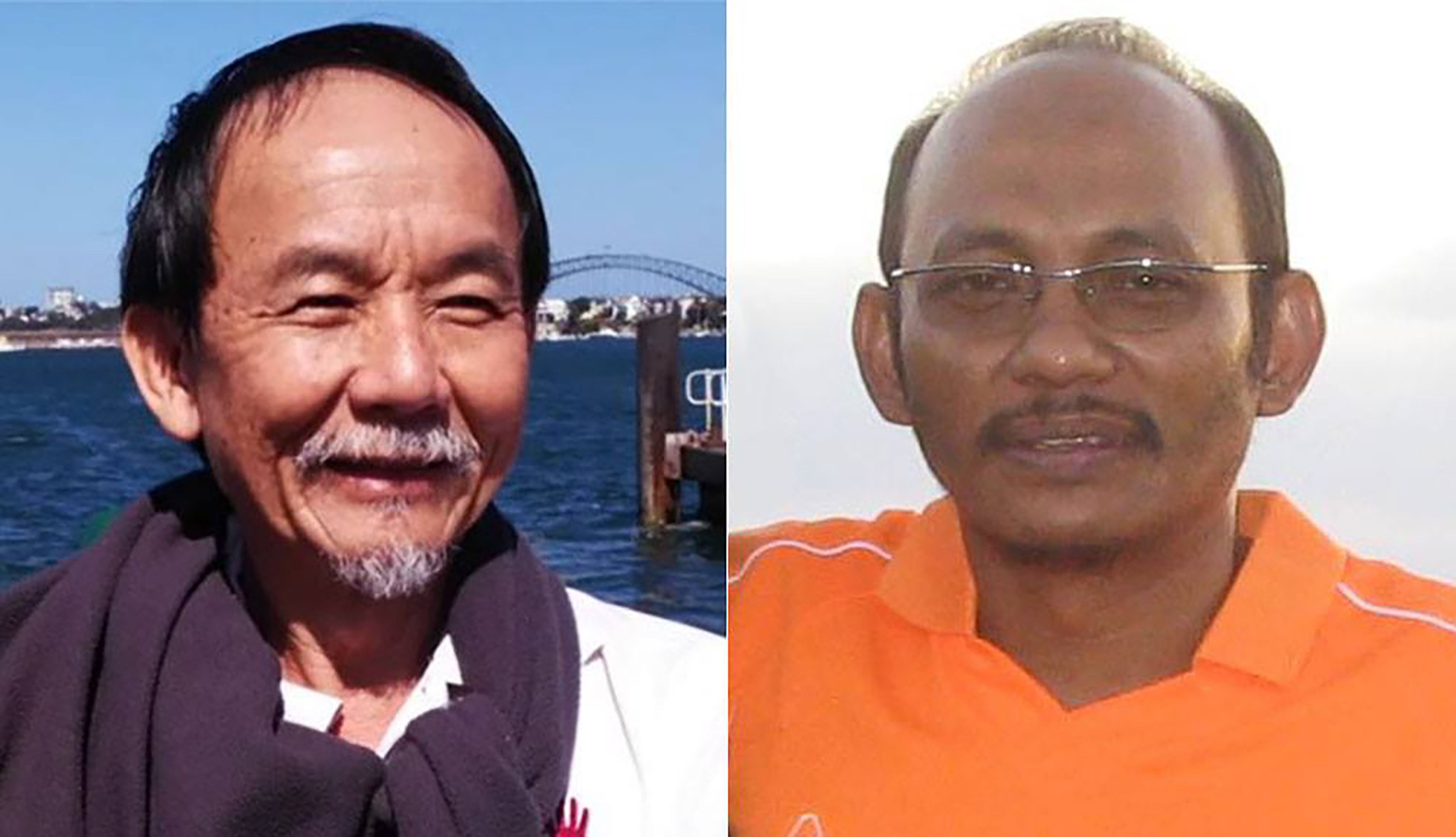
The Malaysian government will appeal against landmark high court rulings ordering authorities to pay millions of ringgit in damages to the families of missing activists Pastor Raymond Koh and Amri Che Mat.
In two statements on Thursday, the Attorney General’s Chambers (AGC) said it would challenge rulings that found the government and police liable for the enforced disappearances of Koh and Amri, two notorious cases which campaigners claim reflect Malaysia’s embedded culture of impunity.
Koh, a Christian pastor and founder of the welfare group Harapan Komuniti, was abducted in broad daylight on February 13, 2017, in Petaling Jaya, Selangor. He has been missing for more than eight years.
Amri, a social activist from Perlis, was abducted on November 24, 2016, when his car was surrounded by three other vehicles. He has also not been seen since.
“After reviewing and considering the Honourable Judge’s decision, the Attorney General’s Chambers will file a Notice of Appeal to the Court of Appeal against the entire decision,” the AGC said in a short statement.
The logical inference drawn from the totality of the evidence is that the abduction involves state actorsJustice Su Tiang Joo, on Raymond Koh’s abduction
The appeal follows landmark high court rulings on Wednesday, which said the government and police had failed in their duties over the disappearances of Koh and Amri.
In his ruling on Koh’s case, Justice Su Tiang Joo called his disappearance “oppression of the highest order” and that authorities “had exercised public power in bad faith”.
The judge said at least one current or former police officer had acted under orders in Koh’s abduction.
“The logical inference drawn from the totality of the evidence is that the abduction involves state actors, whether acting directly or indirectly, or with the knowledge, acquiescence or support of others within the police infrastructure,” he added.
The court ordered the government and police to pay a total of 31 million ringgit (US$7.4 million) to Koh’s family for their involvement in the case, including 10,000 ringgit per day he has been missing.
Su also ordered the Malaysian government and police to pay more than 3 million ringgit in damages to Amri’s family for failing to properly investigate his disappearance, saying they acted “unconstitutionally” and were “recklessly indifferent”.
Welcoming the ruling, Rama Ramanathan, spokesman for civil society coalition Citizens Against Enforced Disappearances, said the decision showed the judiciary had backed human rights principles as enshrined in the federal constitution.
“Justice Su has taken the lead, shown how to take a stand. I believe other judges will do the same,” he said.

Public anger has mounted in recent years over a pattern of disappearances with apparent links to Malaysia’s high-profile investigations into corruption or religious figures, where cover-ups and corruption are suspected to mask abductions.
Unhandled type: inline-plus-widget {"type":"inline-plus-widget"}In 2009, M. Indira Gandhi’s infant daughter Prasana Diksa was taken by her Muslim convert ex-husband after a bitter custody dispute, in a case that galvanised public outrage over religious conversion and police inaction.
Despite a 2018 federal court order directing the police to recover the child and return her to Indira, enforcement has drawn a blank.
More recently in April this year, businesswoman Pamela Ling Yueh was reported missing after boarding an e-hailing ride to the Malaysian Anti-Corruption Commission headquarters, where Ling was due to assist in an investigation involving her husband.
It is believed that she was abducted by men impersonating police officers near Putrajaya.
She has remained missing since, despite the home minister and police chief pledging their commitment to find her.
UK woman arrested in Thailand for offering ‘sacred sexuality’ wellness classes

The 40-year-old British woman was holding a class at the back of a restaurant in Koh Phangan when Thai police raided the premises

A British woman allegedly teaching tantric yoga and “sacred sexuality” on Thailand’s Koh Phangan has been arrested for working illegally as authorities crack down on undocumented foreign workers on the island popular with foreign backpackers.
Maria Shchetinina, 40, was in the middle of a class conducted at the back of a New Age restaurant when police raided the premises on Tuesday, local media reported.
They had been tipped off by social media users reporting “risque” photos posted by a “Maria Sky Love” as well as an advertisement for tantric – dubbed as “sex yoga” by locals – classes for 400 baht (US$12) a session. The classes for foreign tourists, held on Tuesdays, allegedly include sexually suggestive poses.
Shchetinina was charged with working illegally as a yoga teacher, as her work permit stated she was a customer relations manager for an accommodation firm, tourist police inspector Winit Boonchit told the Bangkok Post newspaper.
“The suspect’s behaviour violates the Foreigners’ Working Management Emergency Decree because working as a tantric yoga instructor is outside the permitted scope of jobs,” he said, as quoted by the Mirror newspaper from the UK.
“She was charged for working as a foreigner outside the authorised scope and was handed to the inquiry officer at Koh Phangan Police Station for further legal action.”

In body camera footage of her arrest, Shchetinina can be heard telling the police: “My lawyer said it’s OK, it’s good.”
Police seized various teaching materials, enrolment tickets, advertising fliers, Shchetinina’s tantric yoga notes, and a sign with her picture and QR code.
Some of the materials promoted advanced “tantric yoga-sacred sexuality” courses that required male-female pairs and contained explicit content, the Khao Sod reported.
Thai police were clamping down on activities that could taint the country’s tourism image, like “sex yoga” classes, Winit told the Bangkok Post.
Famous for its full moon parties, Koh Phangan has a reputation for being a “hippie paradise” and attracts many New Age practitioners who are usually lax with their paperwork.

In March, police arrested a Polish influencer who was giving similar tantric yoga classes on the island. The man told officials that he ran three-day yoga courses for clients on weekends for US$400 to US$600 per course, according to the Bangkok Post.
Unhandled type: inline-plus-widget {"type":"inline-plus-widget"}Other “hippie paradises” in Asia have also faced the same problem.
In September, an American woman was deported from the Indonesian resort island of Bali for allegedly hosting a sex-themed retreat while on a tourist visa. Jennelle Raynette Gordon, a self-styled “sexpert” from California, allegedly held an “intimacy mastery retreat” offering classes on Kama Sutra techniques, emotional closeness and sensuality for nearly US$7,000 per participant.
‘Professor Kangkung’: Malaysian academic mocked for Roman shipbuilding theory
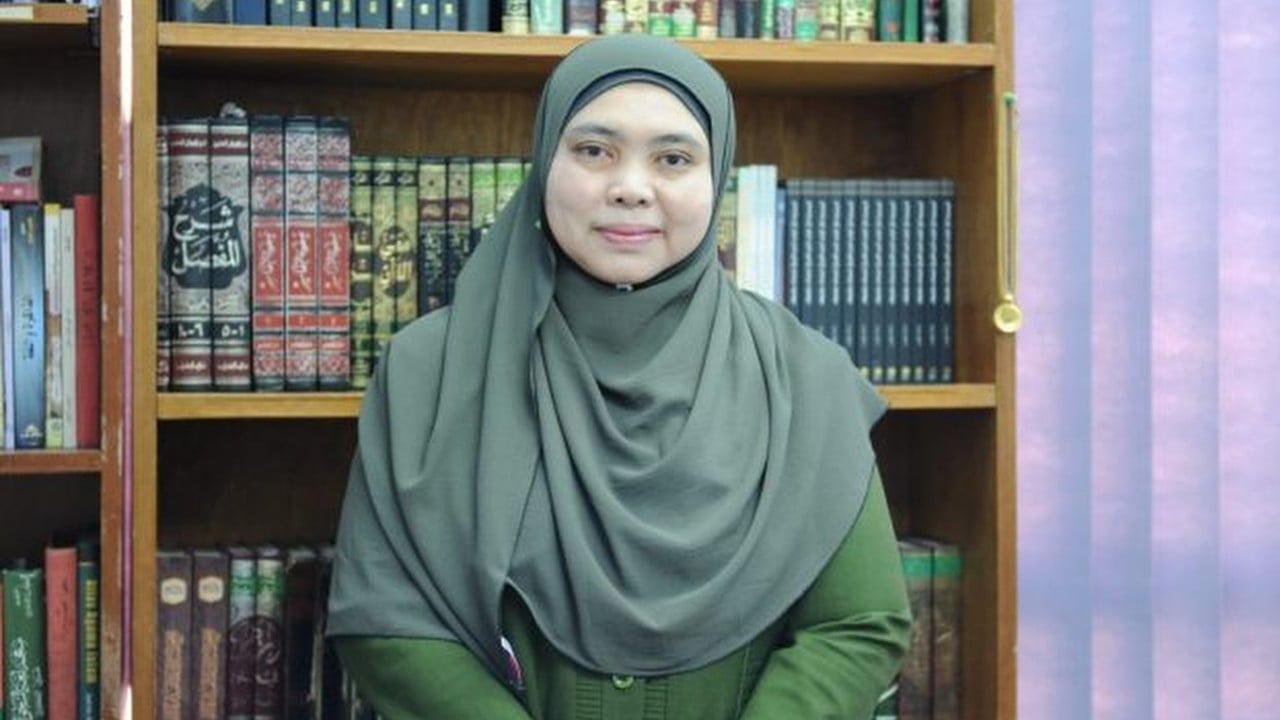
Solehah Yaacob’s colleagues at the International Islamic University Malaysia have urged firm action against staff who shame the institution

An associate professor from the International Islamic University Malaysia (IIUM) has raised eyebrows – and heckles – after a video of her suggesting that the Romans learned their shipbuilding techniques from the Malays went viral.
Solehah Yaacob’s controversial statements, dubbed “pseudo-history” by critics, have prompted her academic colleagues to urge the university to take firm action against those who tarnish its reputation.
“The Academic Staff Association expresses deep concern over recent incidents involving academic members whose actions and public statements may appear to have breached the ethical, professional and academic integrity standards expected of members of our academic community,” the university dons said in a statement posted on social media on Tuesday.
“Such conduct, especially when it undermines social responsibility or poses significant risks to the reputation and good name of the university, must not be overlooked. The credibility of our institution depends on the integrity, accountability and professionalism of its academic staff.”
Though the statement did not mention any names, it is believed to refer to the Arabic language associate professor, who recently claimed that the Romans learned shipbuilding from the Malays.
A social media video of Solehah’s presentation, titled “Rome Learned to Build Ships From Malays” has been viewed by thousands, according to local news outlet The Rakyat Post.
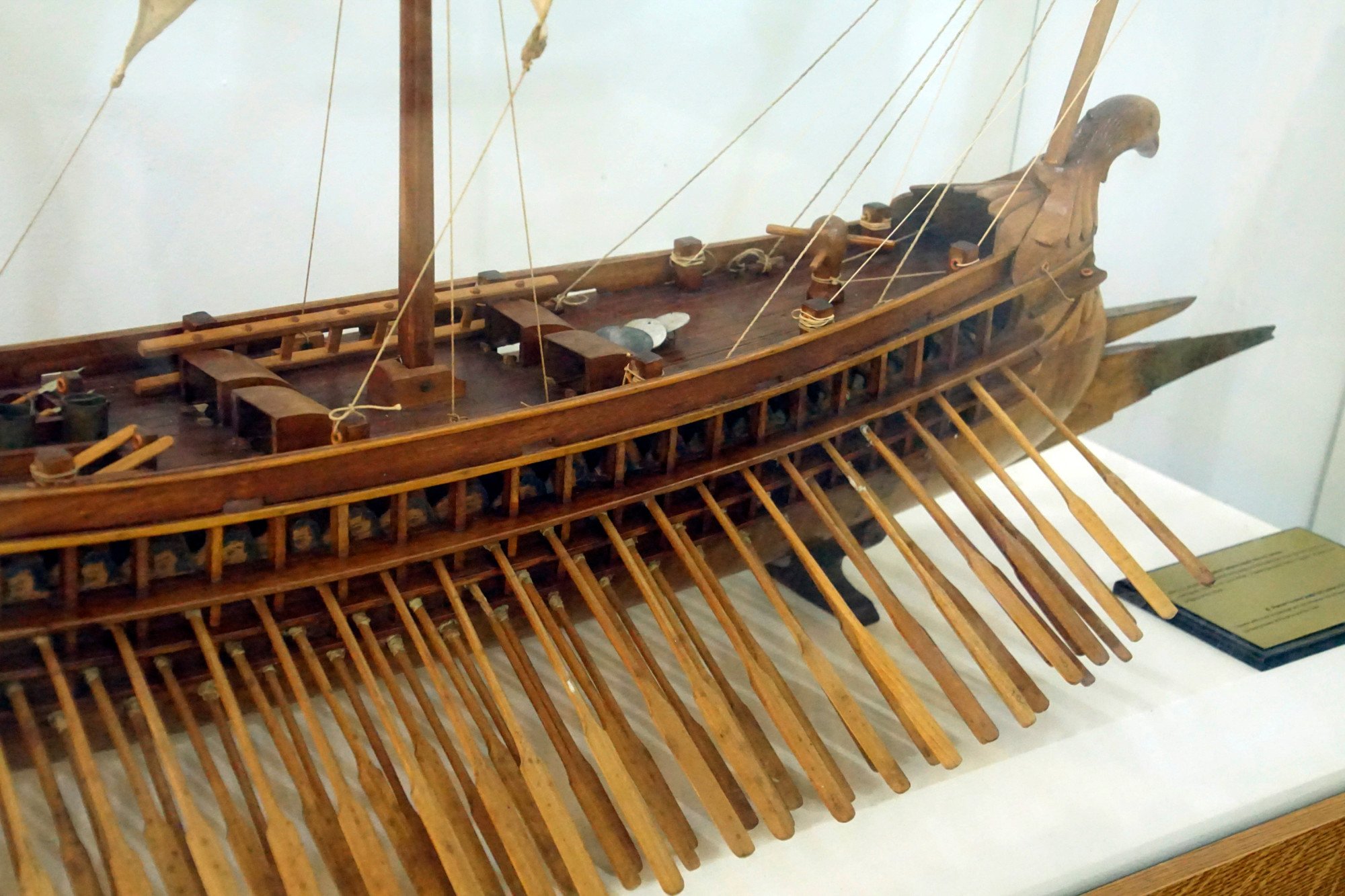
In it, she referenced Friday’s discovery of a shipwreck believed to date back to the 13th century on Pulau Melaka, saying that Malay maritime expertise dated as far back as the first century and had influenced ancient civilisations, including Rome.
Social media users were quick to mock her comments, calling her “Professor Kangkung”, a term coined by the late Malaysian sociologist Syed Hussein Alatas to describe academics who are “devoid of knowledge to the core”, like the vegetable.
“Soon she would claim that Malays are the first [to] land on the moon,” one said, while another added: “Is this what our universities are teaching? We have a big problem here.”
Fellow academics were the most stinging.
“She can become a good fiction writer for movies,” human rights activist and lawyer Siti Kasim wrote in a comment.
Unhandled type: inline-plus-widget {"type":"inline-plus-widget"}Digital content creator SEA Heritage & History debunked Solehah’s argument in a four-point post that noted how she did not provide any documents or historical records to prove her “myths” or “unverified hypotheses”.
“I can tell you from mainstream history – including mainstream historians from this region – her entire lecture is at best pseudo-history,” James Chin, a professor of Asian Studies at the University of Tasmania, wrote on social media on Sunday.
He added that Solehah’s continued tenure as a professor reflected poorly on the university’s academic standards.
“Real historians would simply label her as nuts! But she is a full professor at [IIUM] and she has been saying this sort of things for the past decade.”
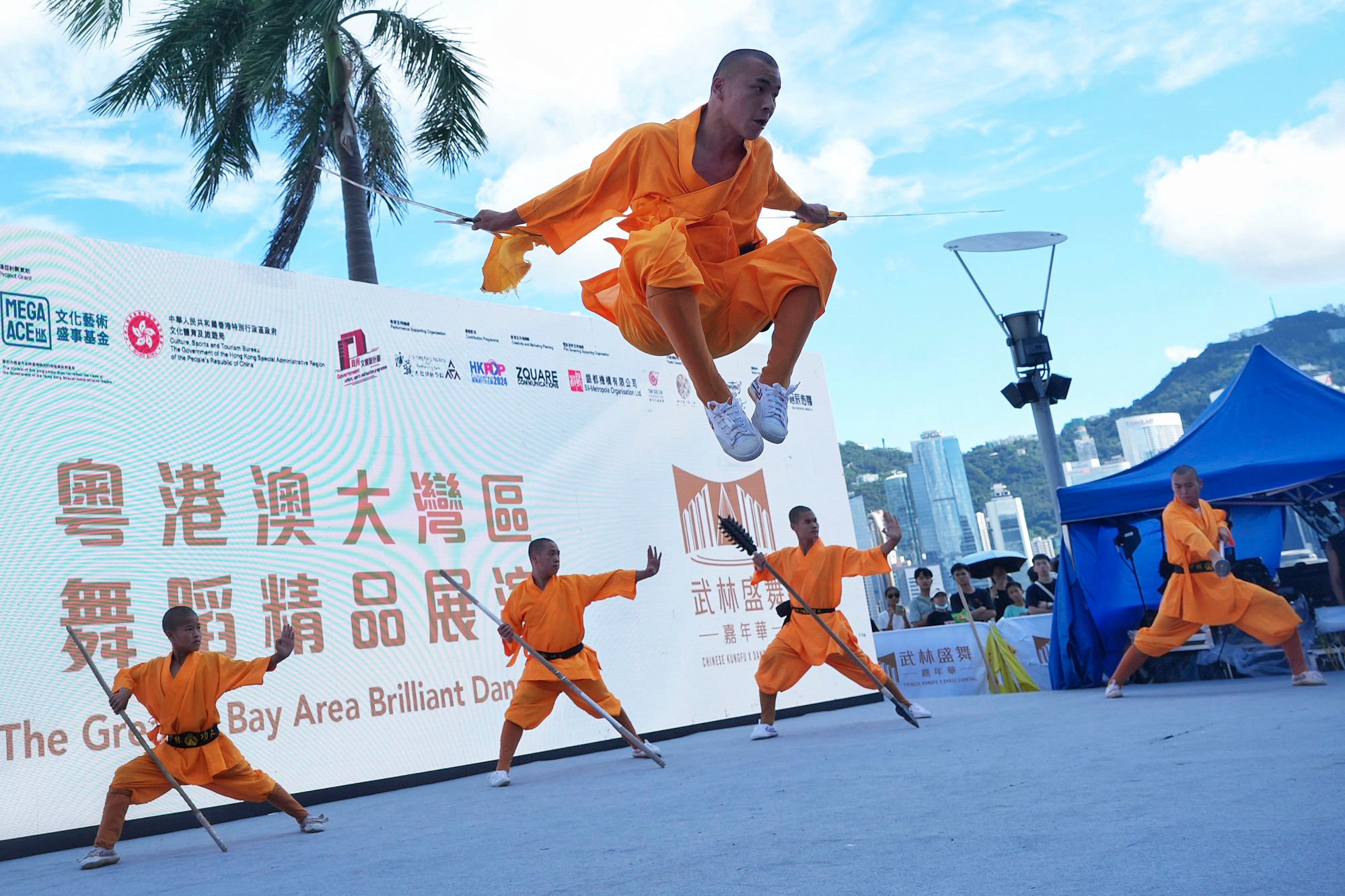
On September 24, Solehah claimed that ancient Malays had supernatural powers, including being able to fly. In a Gabungan Nasionalis podcast, she said the Malays passed on their flying fighting skills to the Chinese, who incorporated them in their art of kung fu.
She was called out by Sahul Hamid Mohamed Maiddin, a human science lecturer at the Sultan Idris Education University.
“As a nation, we risk being humiliated by the academic community when such claims are debunked – as happened when a [Universiti Putra Malaysia] paper on the jong was criticised by French historian Serge Jardin,” he said, as quoted by media outlet Scoop on October 1.
“For the younger generation, we risk producing individuals who are vulnerable and gullible, those who believe anything without evidence. This is the long-term damage we are witnessing today, especially on social media.”
Md Salleh Yaapar, chairman of the board of governors for Dewan Bahasa dan Pustaka, the government body responsible for coordinating the use of the Malay language and literature, told Scoop: “It is not right for Solehah to misinterpret something factual and mislead the public. I understand she champions the greatness of the Malays, but she must do so properly – without exaggeration, without taking things out of context, and without distorting facts.”
In response to Solehah’s latest comments, Higher Education Minister Zambry Abdul Kadir said university lecturers should stick to their area of specialisation and not give views on matters outside their scope of expertise.
“We do not stop lecturers from expressing views related to their respective fields. However, it is not ideal when they comment on issues outside their field,” he said on Wednesday, as quoted by Bernama.
“This is something that has often been raised, and as I have repeatedly emphasised, they should focus on their own areas of specialisation.”
Is the Philippines seeking to formalise the ‘Squad’ alliance with its partners?

The informal group, which also includes Australia, the US and Japan, has raised concerns about ‘China’s destabilising actions’

An agreement between Australia, the United States, Japan and the Philippines to set up an Indo-Pacific defence council could mark the first step towards the “Squad” group of nations maturing into a formal minilateral grouping.
Defence leaders of the four countries met on the sidelines of the Asean Defence Ministers Meeting Plus on Saturday in Kuala Lumpur, where they “expressed support for the framework to establish the Indo-Pacific Chiefs of Defence Cooperation Council”.
The countries said they discussed progress on information sharing, joint training and operational coordination. They also raised concern “regarding China’s destabilising actions in the East China Sea and the South China Sea” and expressed “continued support for Asean’s central role in shaping the future of the region”.
Saturday’s meeting marked the fifth among the defence chiefs of the four countries in the last three years.
The “Squad” first met on the sidelines of the Shangri-La Dialogue, the region’s premier security forum, in Singapore in 2023.
In April last year, the four countries also carried out joint patrols in the South China Sea, within an area that Manila considers to be its exclusive economic zone.
The Philippines and China have been locked in a years-long territorial row in the disputed waters, with clashes between vessels from both sides at times turning violent. Both sides have accused each other of dangerous manoeuvres.

Beyond the ‘Squad’
The announcement of the defence council indicates the group may be ready to go beyond its informal formation, according to analysts.
“This is a sign that the Squad is maturing towards a potential formal minilateral grouping. Maturing means a potential institutionalisation of the Squad’s agenda that distinguishes it from the other US-led groupings like Aukus, TSD [Trilateral Strategic Dialogue] and the Quad,” Mark Manantan, a research fellow at La Trobe University’s Centre for Global Security, told This Week in Asia.
Manantan added that the scope of the “Squad” might be expanded to possibly address “contingencies” in the region’s key flashpoints, such as near Taiwan, the South China Sea and the East China Sea.
“It can also be the case that the Squad attends to hybrid threats that span cybersecurity threats, information and electromagnetic warfare, as well as humanitarian and disaster response,” he said.
Julio Amador, interim president of the Foundation for the National Interest, said it was still early days, but “the larger intent is really signalling again to China that these four countries are quite concerned about the situation in the South China Sea and the wider Pacific”.
Unhandled type: inline-plus-widget {"type":"inline-plus-widget"}The support for forming such a council came just days after the US and the Philippines announced the creation of a task force aimed at deepening their decades-long defence cooperation.

“The US would prefer a more bilateral approach to working with allies and partners,” but Washington could make it work “with Japan and Australia on board and with the Philippines as the centrepiece for a US Indo-Pacific strategy”, Amador told This Week in Asia.
The council’s creation might be proof of minilateral groupings shifting towards more practical arrangements, said Amador, who is also the founder of the non-profit policy advisory firm FACTS Asia.
“The defence and military sectors are finding it easier to work with each other without involving, let us say, the coastguard or diplomats because the military chiefs are thinking that they speak the same language, and they’re the ones who have to bear the brunt of any deterrent activities in the Indo-Pacific.”
As for the task force, Manantan said US President Donald Trump and his Philippine counterpart Ferdinand Marcos Jnr were working towards cementing bilateral defence ties in the event of the Duterte clan returning to power in the 2028 presidential election.
The China factor
Analysts, however, have warned that countries such as the Philippines and Japan should be aware of the volatile nature of US politics under Trump if they are members of an alliance like the “Squad”.
“Most Asean countries emphasise sovereignty, so I think there is a pragmatic understanding that countries like the Philippines will act in accordance with their national interests,” Manantan said.
As such, Japan, the Philippines and other regional countries are also diversifying their defence partnerships with the likes of South Korea, the UK, France and Germany, according to Manantan.
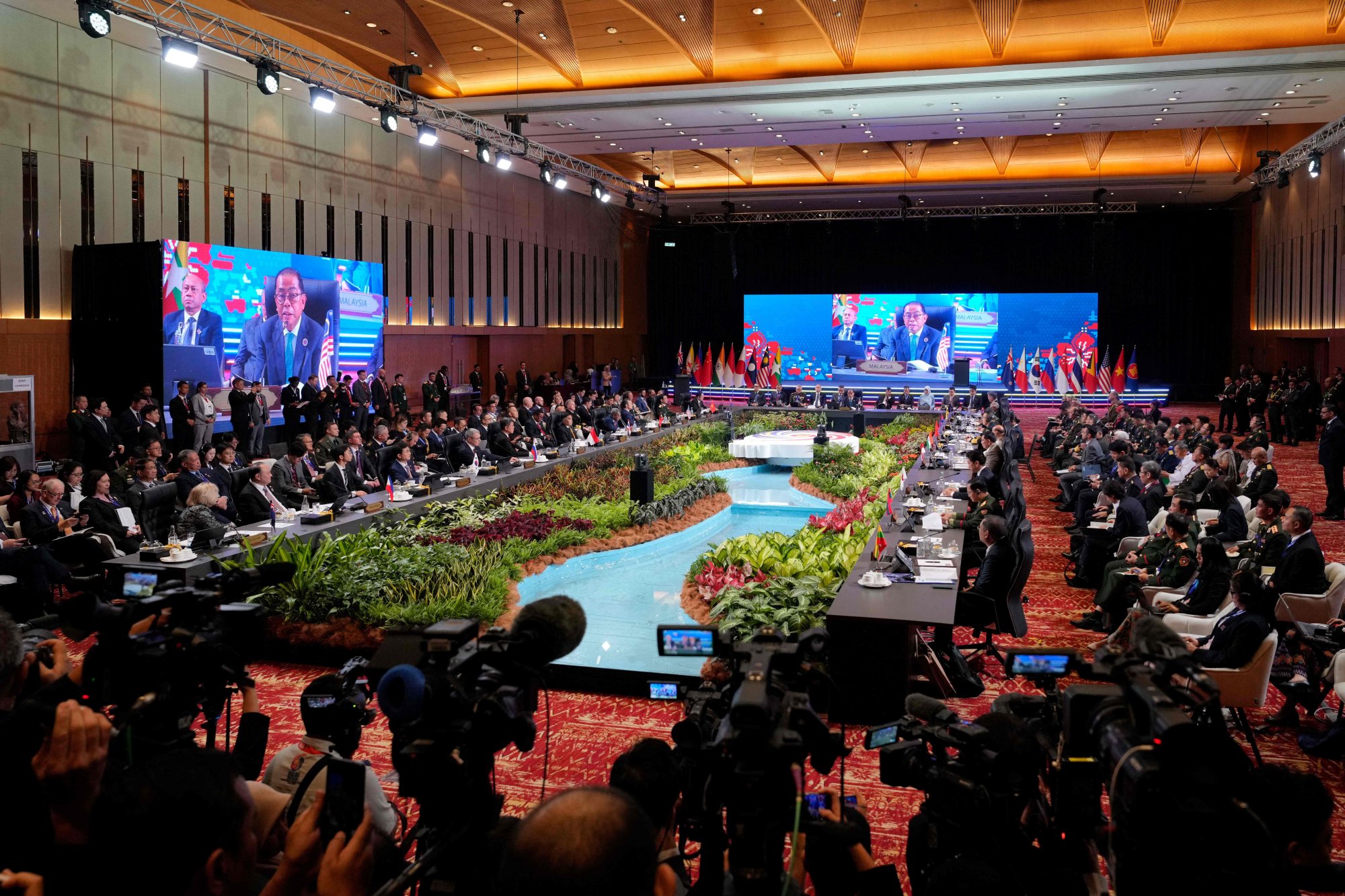
Amador said minilateral groupings such as the “Squad” were options for countries such as the Philippines to strengthen security cooperation beyond what the Association of Southeast Asian Nations could offer currently.
However, any move to formalise more alliances may further strain ties with China, particularly for the Philippines, according to analysts.
Manantan said that the task force might be seen by Beijing as a “contributing factor” to a worsening in relations with Manila, limiting opportunities for constructive dialogue between both sides.
As the South China Sea disputes were hampering other key aspects of their relations, such as trade and cultural ties, the Philippines must find ways to engage China, he added.
Amador said that while the Philippines could decide for itself on its choice of alliance partners, other countries might not have the same security outlook as far as China was concerned.
Last week, Singapore’s Senior Minister Lee Hsien Loong told a forum in London that “most countries in Asia don’t see China as a threat”.
Some regional countries are benefiting from having strong ties with China, and they can also protect their national interests at the same time, according to Amador.
“In many parts of Southeast Asia, China is seen favourably. If you are from Laos and there is a high-speed rail connecting Vientiane to Kunming, what conclusion can you make?”
Tokyo man arrested for employing 12-year-old Thai girl at massage parlour

A 51-year-old man is under investigation for violating labour laws and possible human trafficking

A Japanese man has been arrested on suspicion of illegally employing a 12-year-old Thai girl at a private-room massage parlour in Tokyo, where she is believed to have been forced to provide sexual services to male customers, police said on Thursday.
Masayuki Hosono, 51, is suspected of employing a child under the age of 15 at “Relax Time” in Tokyo’s Yushima district in violation of labour standards laws, with police investigating the case as a possible incident of human trafficking.
Police, who arrested Hosono on Tuesday, have not said if he has admitted or denied the charges.
The girl came to Japan in late June with her mother, who instructed her to work at the shop, according to police. The girl was quoted as telling investigators she believed her family would not be able to survive if she did not work.
The mother left Japan, leaving her daughter behind on a 15-day “short-term stay” visa, typically issued to tourists.
The girl served some 60 customers while living inside the massage parlour for around one month between June and July. All her earnings were managed by Hosono, and the amount after deducting the shop’s share was transferred to the girl’s mother, police said.
While the girl remained in contact with her mother via social media, the mother has not returned to Japan.
The case came to light in September when the girl sought help from the Tokyo Regional Immigration Services Bureau, saying she wanted to see her grandparents and younger sister, as well as attend school.
Rapper Namewee drops new song amid Taiwanese influencer’s death probe

Namewee, whose real name is Wee Meng Chee, released ‘Very Shuai’ on Spotify

Malaysian rapper Namewee has released a new song, titled “Very Shuai” – which translates to “Very Handsome” – while being held in remand.
The 42-year-old, whose real name is Wee Meng Chee, is currently detained for six days to assist in investigations into the death of Taiwanese influencer Hsieh Yun Hsi.
According to China Press, the track – an old demo recorded back in 2014 – was released on Spotify on Wednesday, coinciding with the day Namewee surrendered himself to authorities.
The publication further reported that Namewee had announced the song’s release before becoming implicated in the ongoing investigation.
It is believed that the track had been scheduled for release in advance, rather than being a deliberate move by the rapper while in detention.
Hsieh was found dead in a hotel room in Kuala Lumpur on October 22.
Namewee was later arrested for alleged possession and use of drugs but was released after pleading not guilty to the drug-related charges at the Jalan Duta Court in the Malaysian capital on October 24.
According to Kuala Lumpur police chief Commissioner Fadil Marsus, Namewee was the last person seen with Hsieh before her death.
He added that the case, initially classified as sudden death, has since been reclassified as murder under Section 302 of the Penal Code following the discovery of suspicious elements.
This story was first published by The Star
Unhandled type: inline-plus-widget {"type":"inline-plus-widget"}Why Singapore wants to preserve 38 Oxley Road despite Lee Kuan Yew’s wishes

Speaking on the issue, Acting Minister David Neo refers to the preservation of India’s Gandhi Ashram due to its historical significance
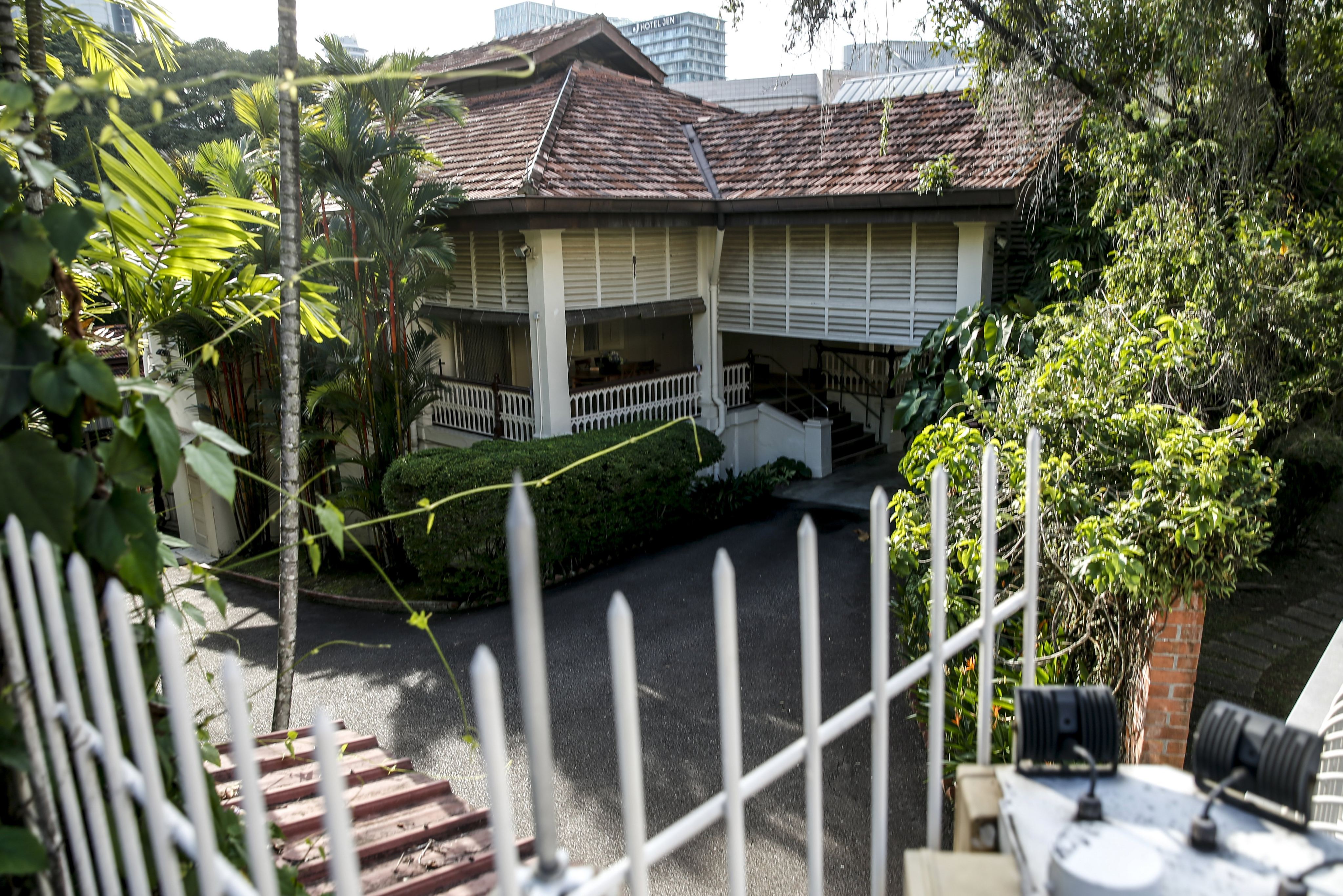
The Singapore government is not seeking to memorialise founding prime minister Lee Kuan Yew and family by preserving his former home and instead is enabling future generations of citizens to understand their country’s struggle for independence, Acting Minister for Culture, Community and Youth David Neo has said.
Detailing the reasons behind the government’s intention to preserve 38 Oxley Road as a national monument, Neo told parliament on Thursday that the space and its importance could not be replicated elsewhere, including the coming S$335 million (US$256 million) Founders’ Memorial.
The National Heritage Board (NHB) and Singapore Land Authority (SLA) on Monday said that the home was of historic significance and national importance, and worthy of preservation as a national monument “with one possible outcome being a heritage park”.
Neo said in parliament: “The focus of this education therefore is on the pivotal historical events that happened there, one that brought us from colonial to self-rule, to independence, rather than the lives of those people who lived there.”
Following patriarch Lee’s death in 2015, his younger children, Lee Hsien Yang and the late Lee Wei Ling, made public in 2017 their conflict with older brother and then prime minister Lee Hsien Loong, whom they accused of trying to block the demolition of the home against their father’s wishes. The brothers have been estranged since.
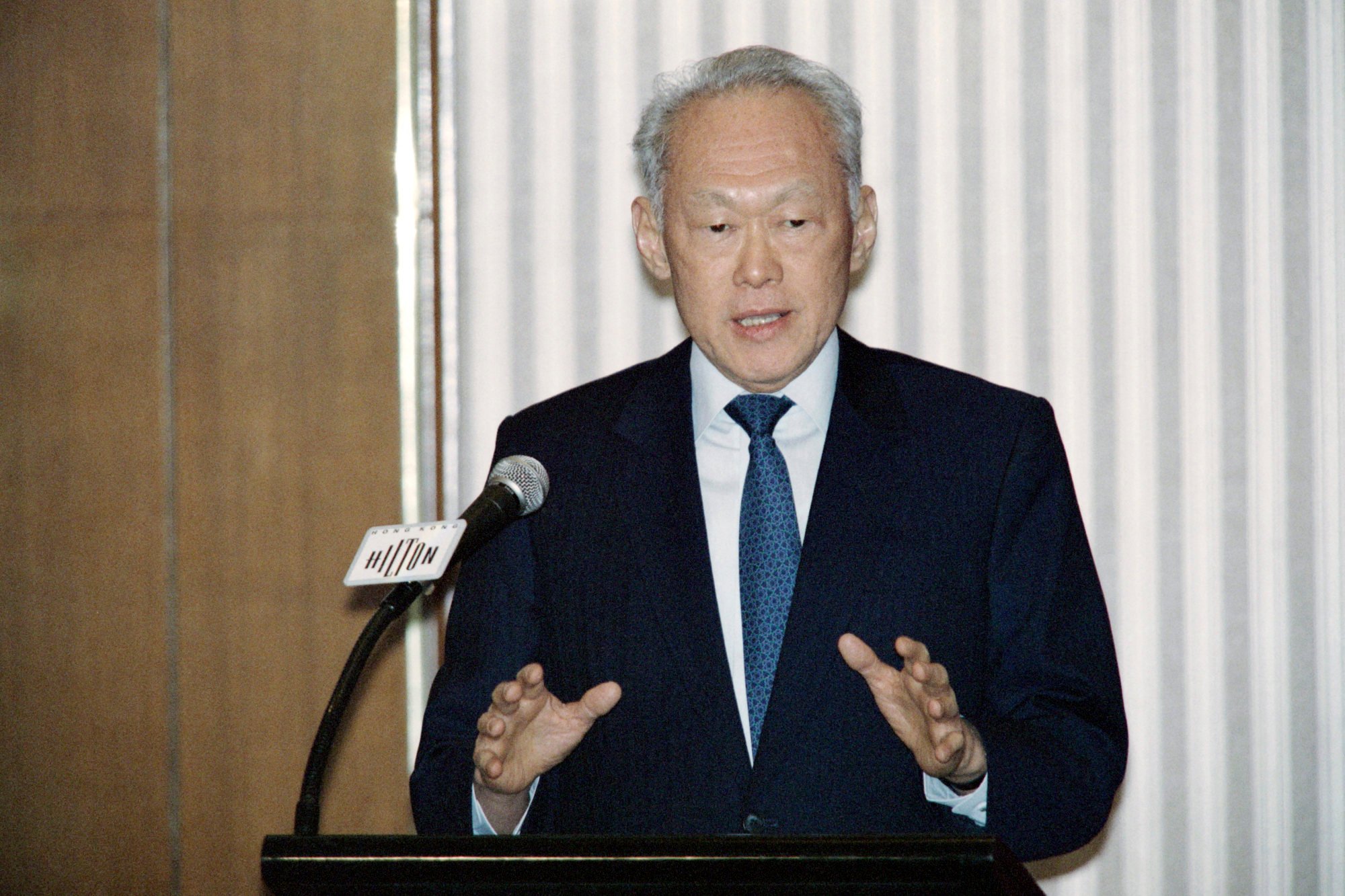
Lee Hsien Yang, who claimed he had received asylum protection in the United Kingdom and who still owns the property, on Monday night posted a statement on social media saying the Singapore government had “chosen to trample on Lee Kuan Yew’s unwavering wish to demolish his private house”.
“Lee Kuan Yew was opposed to monuments,” he added in the post, accusing the ruling People’s Action Party (PAP) of disrespecting his father’s “legacy and values”. The senior Lee was Singapore’s first prime minister from 1959 to 1990. He died on March 23, 2015.
The basement dining room is where the founding members of the PAP held secret meetings and discussed setting up the party in the early 1950s before it was formally launched in 1954.
Should the government designate 38 Oxley Road as a national monument, it would mean that the site cannot be redeveloped for residential, commercial or other private uses.
However, this does not obligate the government to preserve all the buildings and structures in their current state, with the agencies saying that the relevant authorities had not assessed the state of the structures on the site.
NHB and SLA said that the government would consider all options, including those proposed by a ministerial committee in 2018, and would make a decision “well within this term of government”, which can last until 2030.

On Thursday, Neo noted that other countries too had preserved sites associated with their independence for public education and appreciation.
He cited the Gandhi Ashram in India where Mahatma Gandhi lived from 1917 to 1930; and the Independence National Historical Park in the United States, which includes sites of historic milestones like the signing of the Declaration of Independence and the Constitution.
Unhandled type: inline-plus-widget {"type":"inline-plus-widget"}If the government were to proceed with the preservation of the site, it would respect Lee Kuan Yew and his wife Kwa Geok Choo’s wishes to remove traces of their private living spaces from the interior of the house.
“Under no circumstance will the interior of the house as Mr Lee and Madam Kwa knew, be displayed or recorded or remodelled or duplicated elsewhere,” said Neo.
Members of parliament including Liang Eng Hwa, Jamus Lim, Christopher de Souza and non-constituency MP Eileen Chong asked why the Founders’ Memorial, which is set to open in 2028 and is dedicated to honouring independent Singapore’s pioneers, could not serve the heritage purposes of 38 Oxley Road.

Neo stressed the uniqueness of 38 Oxley Road and how “very, very precious few sites” like it remained where there was a confluence of people, events and place that resulted in Singapore’s independence and it would serve to “augment” the Founders’ Memorial.
“[The] Founders’ Memorial is recreated on reclaimed land. It is not the same space where the events took place. It is not the same space where the people came together. It is not the same space where the struggles took place. There will not be that same sense of authenticity,” said Neo.
Under the Preservation of Monuments Act 2009, an owner of a site under consideration will be given a “reasonable period to submit any objections” and the minister will consider every objection before making a final decision on protecting the site.
If the minister decides to preserve the site, the government will compensate the owner under the Land Acquisition Act. The government will take into account the market value of the site to determine the compensation amount, and is expected to appoint a private valuer for the assessment.
In 2018, the ministerial committee on 38 Oxley Road helmed by former senior minister Teo Chee Hean provided three options: retaining the property by gazetting it as a national monument, retaining just the historic basement dining room, or demolishing it fully.
Quicker, nimbler scammers outrun Asian banks in cyberfraud ‘arms race’

Cybercrime in Asia is evolving ‘at an unprecedented rate’, accounting for US$37 billion in losses last year, Malaysian banking body warns

Banks across Asia are pouring billions into artificial intelligence systems to detect fraud, but regulators and analysts say the region is still losing ground to nimble and adaptable scam syndicates using the same technology to find new ways to steal money.
AI is now central to how lenders monitor transactions, screen sanctions and verify customers, helping them flag suspicious activity faster. Yet experts say the systems remain limited by what data they are trained on and by how quickly criminals adapt.
The Asian Institute of Chartered Bankers (AICB), Malaysia’s professional body for the banking industry, has warned that financial crime is evolving “at an unprecedented rate”.
“AI, virtual assets and deepfake technologies have opened new frontiers of risk and deception – demanding that our vigilance evolves as swiftly as the threats we face,” AICB Chairman Azman Hashim said at the group’s annual conference in Kuala Lumpur on Wednesday.
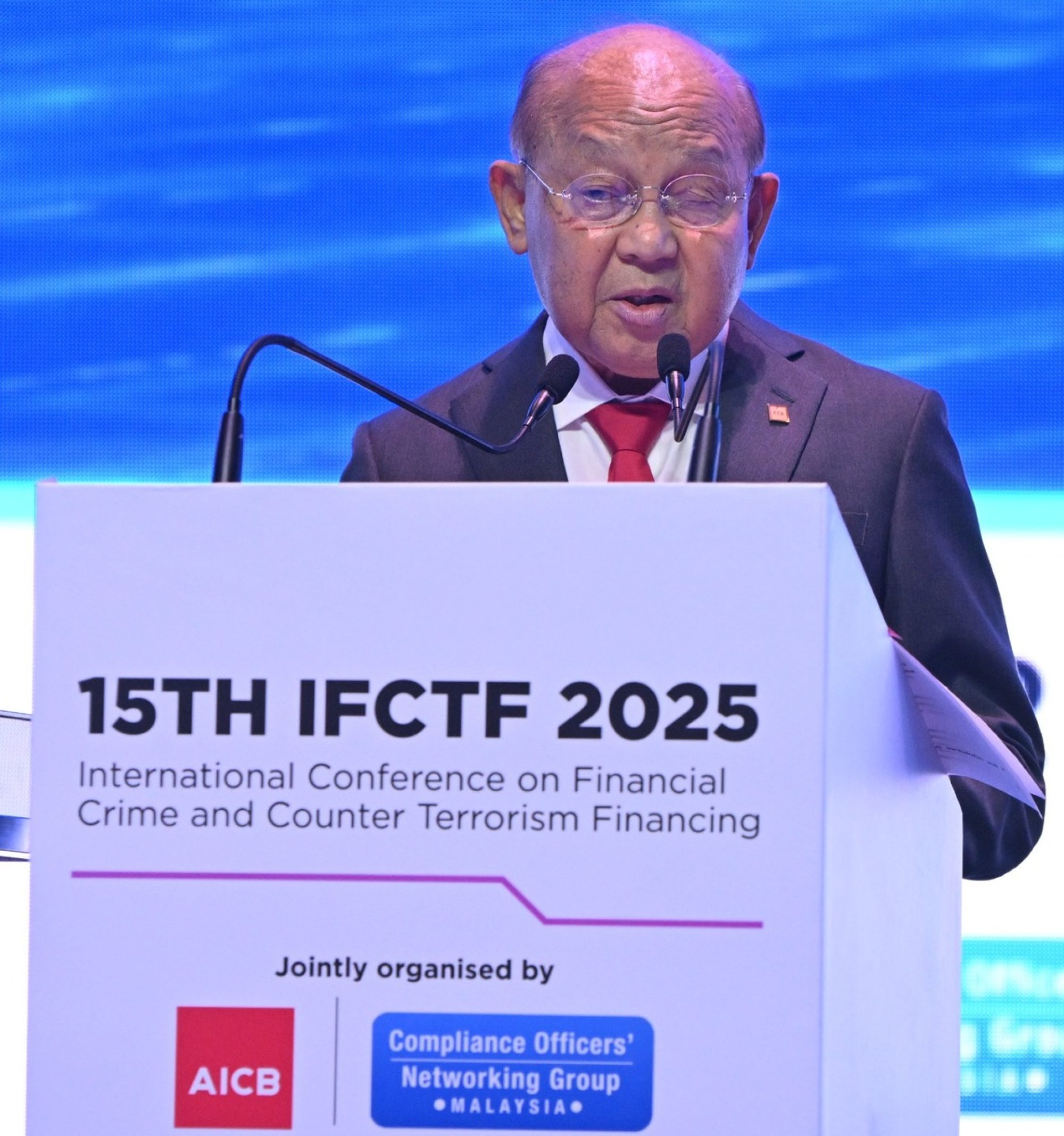
In Malaysia alone, more than 573 million ringgit (US$137 million) were lost to scams in the first quarter of this year – up 13 per cent from a year earlier – and nearly 1.9 billion ringgit by September, AICB data noted. Across East and Southeast Asia, cyber-enabled fraud wiped out as much as US$37 billion last year, with phishing, investment scams and identity theft among the most common tactics.
For banks, the financial cost of trying to keep pace has ballooned.
The Asia-Pacific’s five major markets – Australia, China, India, Japan and Singapore – spent an estimated US$45 billion on financial-crime compliance, with 98 per cent of institutions reporting higher costs, according to risk management firm LexisNexis Risk Solutions in a study last year on the cost of financial crime compliance across the Asia-Pacific.
Slow to adapt
Despite the hype, only about 15 per cent of Asia-Pacific banks have fully rolled out AI-driven compliance or fraud-detection tools, said Jason Shane, head of financial services strategy at SymphonyAI.
“Legacy systems, poor data quality and skill shortages are holding them back,” Shane told reporters at a media round table, referring to outdated core banking platforms and fragmented data architecture that make automation difficult.
“When we do see companies that are actually adopting, we do see good results … but we’re still seeing banks in the early stages of that journey.”
The gap between ambition and adoption has left regulators scrambling to catch up.

Singapore’s Monetary Authority has introduced shared-responsibility rules requiring banks to reimburse scam victims, while Hong Kong’s police cyber task force has stepped up joint investigations with mainland Chinese authorities.
Malaysia has also earmarked 32 million ringgit under its 2026 budget to combat scams and cyber threats, including 12 million ringgit for the National Scam Response Centre and funding for a new Cyber Security and Cryptology Development Centre.
Unhandled type: inline-plus-widget {"type":"inline-plus-widget"}But scam syndicates remain nimble, often moving funds between e-wallets and offshore accounts faster than enforcement agencies can coordinate, experts say.
“Technology moves faster than regulation can adapt,” Carlotta Zenere, a programme management officer at the United Nations Interregional Crime and Justice Research Institute told reporters. “The bad actors are flexible, innovative and always one step ahead.”
The bad actors are flexible, innovative and always one step aheadCarlotta Zenere, UN crime institute officer
Cyber-intelligence specialist Munira Mustaffa, a senior fellow at Verve Research, called the fight “a pure arms race” – one that still favours the criminals.
“Both banks and syndicates are using AI, but they’re playing by different rules. Banks are bound by privacy and compliance laws … scammers aren’t. They can quickly test, adapt or refine tactics, exploit regulatory blind spots and weaponise AI for deepfakes, synthetic identities and automated attacks without oversight,” she told This Week in Asia.
“Once scammers figure out what triggers an alert, they just pivot.”
According to her, the solution is to balance automation with human oversight, since algorithms still cannot replicate human judgment or intuition.
US singer unknowingly marries Malaysian sultan: ‘I deserve a proper divorce’

Brittany Porter said she went through a Muslim marriage ritual with Kelantan Sultan Muhammad V, thinking it was an engagement ceremony
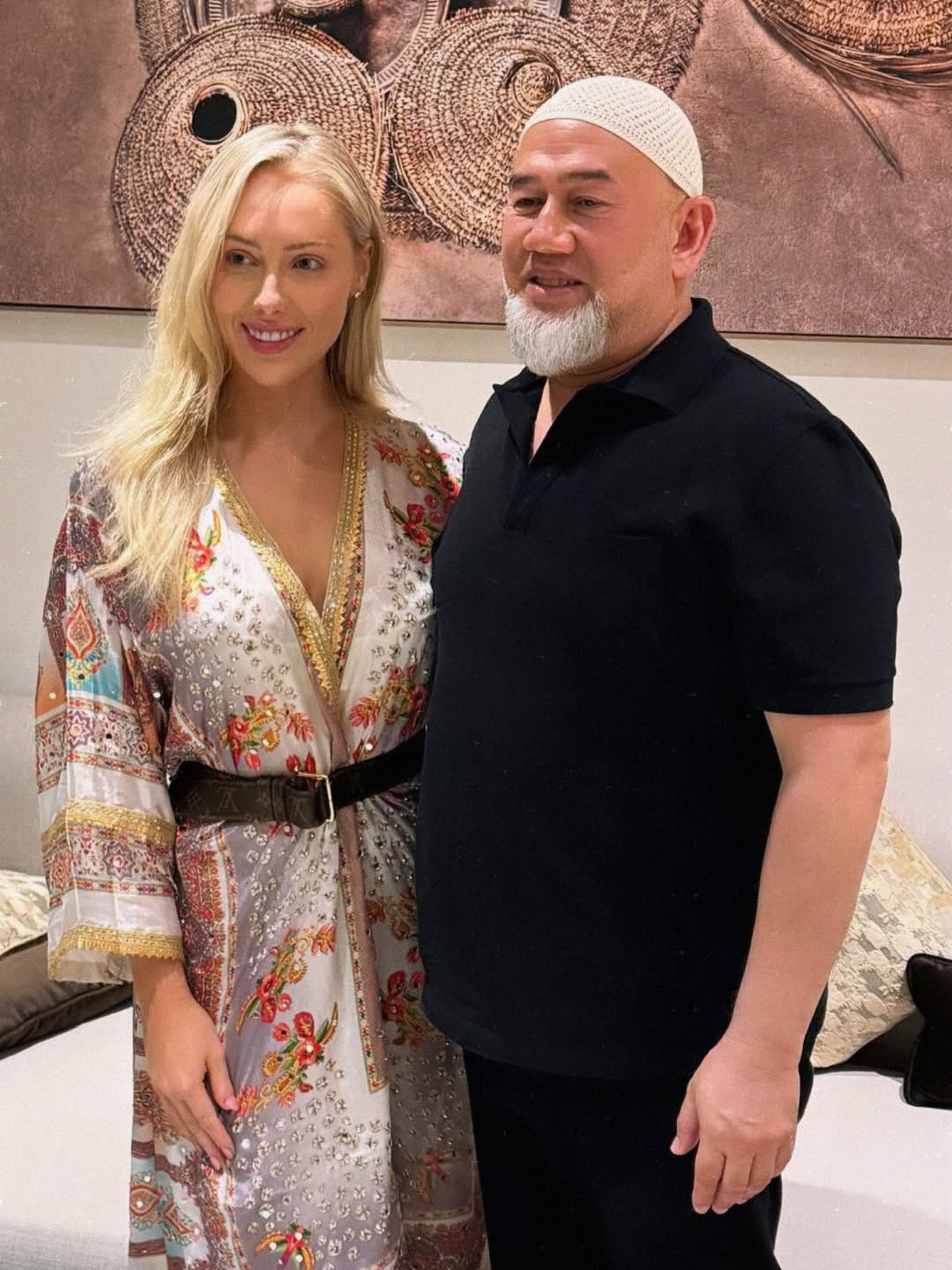
When American recording artist Brittany Porter met Sultan Muhammad V, ruler of the Malaysian state of Kelantan, she thought their fairy tale romance led to an engagement. A year later, she discovered that the Islamic nikah ceremony was in fact a religious marriage, a revelation that came only after the country’s former monarch had cut off contact.
“In April 2024, we went on our first trip together to Oman. I thought we got engaged there, because in my culture the big ceremony is a wedding which we planned for January 2025. So I was confused. In Oman they brought an imam out and I did the whole conversion, but he didn’t teach me all that much about Islam,” said the California native, who is now releasing music inspired by her break-up.
Porter, 30, said that she only recently learned that a nikah constitutes a legally binding marriage under Islamic law. The aspiring pop singer has since broken her silence on her relationship with Muhammad V, who previously reigned as King of Malaysia from 2016 until his abdication in 2019, when he resumed duties as the ruler of the religiously conservative Kelantan province.
“We met in January 2024 in New York, introduced by mutual friends on a night out. We had this instant chemistry and good banter,” she said, describing his intelligence and “cute” British accent as an immediate draw. “We were just friends at first, but we started talking every day and the next thing you know …”

The pair embarked on a whirlwind romance, with Porter and her friends being treated to opulent holidays in the Middle East and Thailand as well as lavish gifts of clothes, handbags and jewellery set with blue diamonds to “match [my] eyes”.
“He flew me and my friends all around the world. He was so generous, the nicest hotels, giving my friends the best treatment, experiences and gifts. He loves hotels, he probably spent millions on them for our trips,” Porter told This Week in Asia.
Upon their return to Malaysia, she was referred to as “Che Puan”, a courtesy title for non-royal women who marry senior royalty. There, she was told she had to change her dressing and demeanour to what she describes as “pretty much perfect all the time”.
Shopping sprees soon became a point of contention, with the couple having arguments over her expenses as well as mismatched timetables.
“All the clothes I brought with me were obviously not right for Malaysia. We went on shopping trips to get new clothes, but then he’d complain about how much I spent even though we’d spent lots more before. It felt like he was upset about something else and used this as an excuse. He would spend nights awake, turning off his phones in the daytime.”
The pair’s relationship became strained following Porter’s miscarriage last July, and the former monarch ceased contact with her last October.
“I freaked out and flew to Malaysia from LA, found out he was in Singapore, and flew to Singapore. He was staying on the top floor of the Four Seasons and the front desk wouldn’t let me up. I climbed the stairwell, which wasn’t my best moment. He wouldn’t answer his door so I got a room there and kept texting asking if he wanted to talk. In the middle of the night he just got on a plane and left. His butler texted me, apologising.”

Porter claims that Muhammad V eventually contacted one of her friends to convey that the relationship was over, describing the pair as “separated”.
“I’ve gone from thinking I was a fiancée to realising I was married to now being separated. I learned about the Islamic divorce method of talak and checked old texts to see if he had talak-ed me, but there’s nothing along those lines,” said Porter, who has since taken to social media to demand clarity ahead of her album launch.
Need for closure
Her tell-all posts include screenshots of text messages as well as pictures of upscale boutiques, Chanel and Louis Vuitton shopping bags, high-end watches, a private jet interior and footage of a caged pride of lions at the royal residence.
Unhandled type: inline-plus-widget {"type":"inline-plus-widget"}“I never received any kind of closure and accountability. I deserve a proper divorce, a proper apology.”
Her posts have attracted the attention of hundreds of Malaysian netizens, some critical and others supportive.
“You should handle this matter personally,” posted one user, while another said: “This is why Kelantan always looks bad in people’s eyes.”

Kelantan is the second poorest state in Malaysia, grappling with slower economic development and low household income compared to other provinces, as well as almost yearly flash flooding. The government has announced several infrastructure and poverty alleviation measures to address these gaps.
“People online have been telling me eye-opening things. Learning about the realities of Kelantan really disappointed me. It’s been tough to wrap my head around the fact that some people don’t even have basic necessities, because I’ve seen the way their ruler lives. That money should be spent on the people. I feel guilty being a part of that,” Porter said.
Porter also said she was shocked to see a recent social media post congratulating Sultan Muhammad V and his wife, Sultanah Nur Diana Petra, on 15 years of marriage.
“He told me they were not on speaking terms, that it was over and she wasn’t in the picture. If I had known I was going to be a second wife, I don’t know if I would have accepted that.”
This is the second time in recent years the Kelantan Palace has been thrown into the spotlight due to the sultan’s marriage woes.
In 2019, the Oxford-educated Muhammad V abdicated as Malaysia’s king, the first such occurrence in the nation’s history.
This came after reports he had married 27-year-old Oksana Voevodina, a Russian model and beauty queen. Oksana, who also goes by the name Rihana Petra following her conversion to Islam, is currently based in London with her son, Tengku Ismail Leon Petra.

Porter, who said she was not in contact with Oksana, also posted images of text messages allegedly from Muhammad V detailing his alimony and child support payments to Oksana for Leon, now six.
Following the breakdown of the relationship, Porter spent several months in the UK, “doing therapy and writing a lot about my feelings”. She has since returned to public life and is pursuing a music career under the stage name Brook Lynn, releasing two singles this year and a full album next January.
“The album is about falling in love and destruction. I’ve learned I will never give my power away to a man ever again. I hope I can be a light for anyone else going through something similar to stand up for themselves and pursue their purpose.”
The Kelantan Palace has not responded to any of Porter’s statements.
Malaysia, a parliamentary democracy, possesses a unique constitutional monarchy system. Nine sultans – symbolic guardians of Islam, each overseeing a different state – take turns to be king for five-year stints. The office of the king is funded by taxpayers while each state ruler is also provided with a yearly allocation, the amount of which is not made public.
Unlike neighbouring Thailand, Malaysia does not have strict laws against insulting royalty, but colonial-era sedition laws and other repressive legislation have been used against critics of the monarchy in the past.
In 2018, a veteran journalist was investigated under the Sedition Act after revealing that the government spent 256.9 million ringgit (US$61.4 million) in 16 months on the king’s expenses during Muhammad V’s tenure.
Philippines declares state of emergency after typhoon kills at least 140

Kalmaegi, which battered the country with deadly floods, is heading to Vietnam where officials are treating it as ‘dangerous’

Philippine President Ferdinand Marcos Jnr declared a state of emergency on Thursday after Typhoon Kalmaegi killed at least 140 people and left another 127 missing in central provinces in the deadliest natural disaster to hit the country this year, as the storm headed towards Vietnam.
Marcos’ emergency declaration, made during a meeting with disaster-response officials to assess the typhoon’s aftermath, would allow the government to disburse emergency funds faster and prevent food hoarding and overpricing.
Floodwaters described as unprecedented rushed through Cebu province’s towns and cities this week, sweeping away cars, riverside shanties and even massive shipping containers.
The national civil defence office confirmed on Thursday 114 reported deaths, though that tally did not include an additional 28 recorded by Cebu provincial authorities.
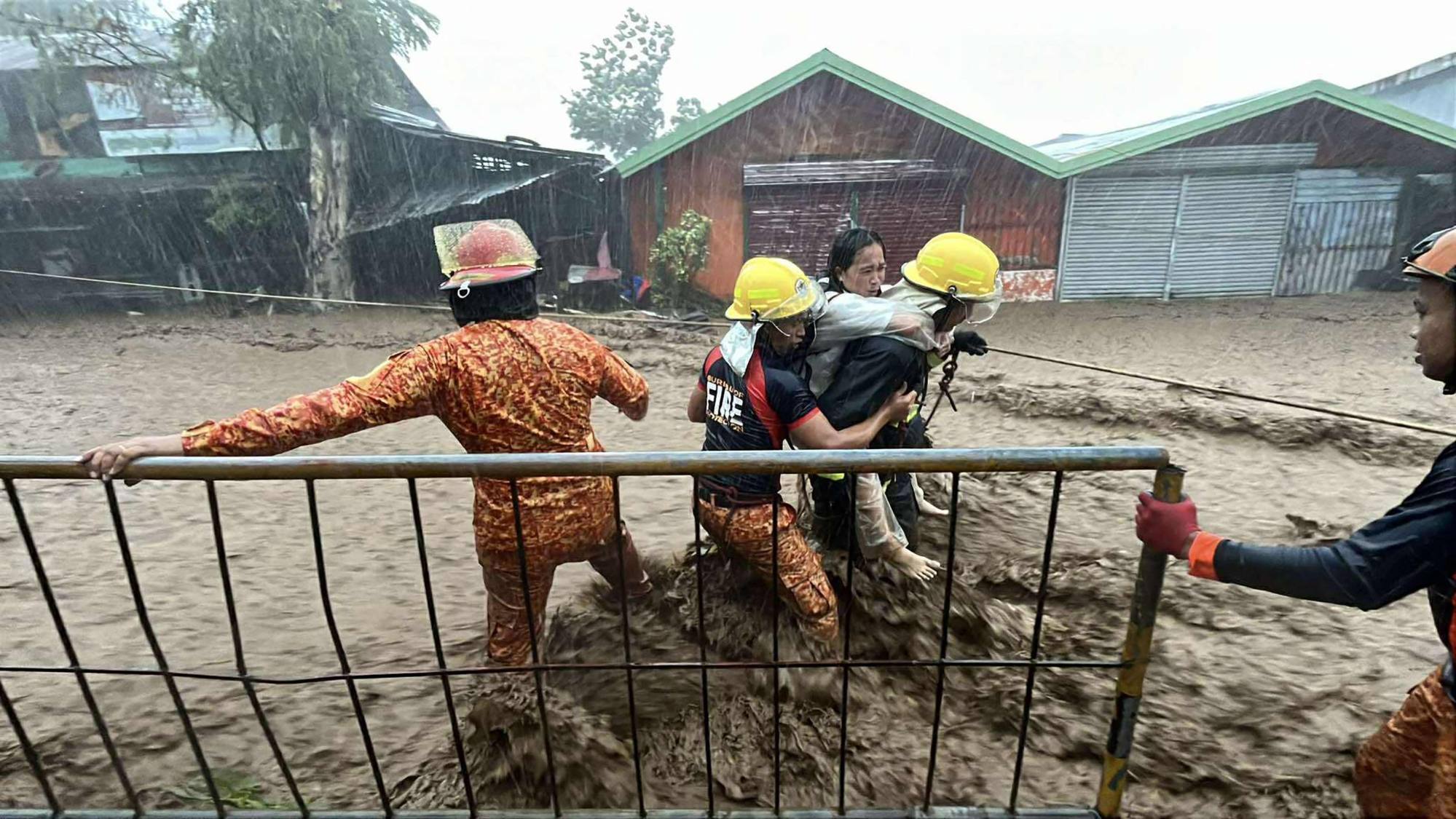
In Liloan, a town near Cebu City, where 35 bodies have been recovered from flooded areas, cars still piled atop each other by floodwaters and roofs torn off buildings as residents attempted to dig out of the mud.
Christine Aton’s sister Michelle, who has a disability, was among Liloan’s victims, trapped in her bedroom as the floodwaters rose inside their house.
“We tried to pry open [her bedroom door] with a kitchen knife and a crowbar but it wouldn’t budge. Then the refrigerator started to float,” Aton, 29, said.
“I opened a window and my father and I swam out. We were crying because we wanted to save my older sister.
“But my father told me we couldn’t do anything for her, that all three of us might end up dead.”
Chyros Roa, a 42-year-old father of two, said his family was saved by his dog’s barking when water rushed into their home in the early hours, giving them just enough time to reach their roof.
“The current was really strong. We tried to call for rescue but no one came. We were told the rescuers were swept away by the current,” he said.
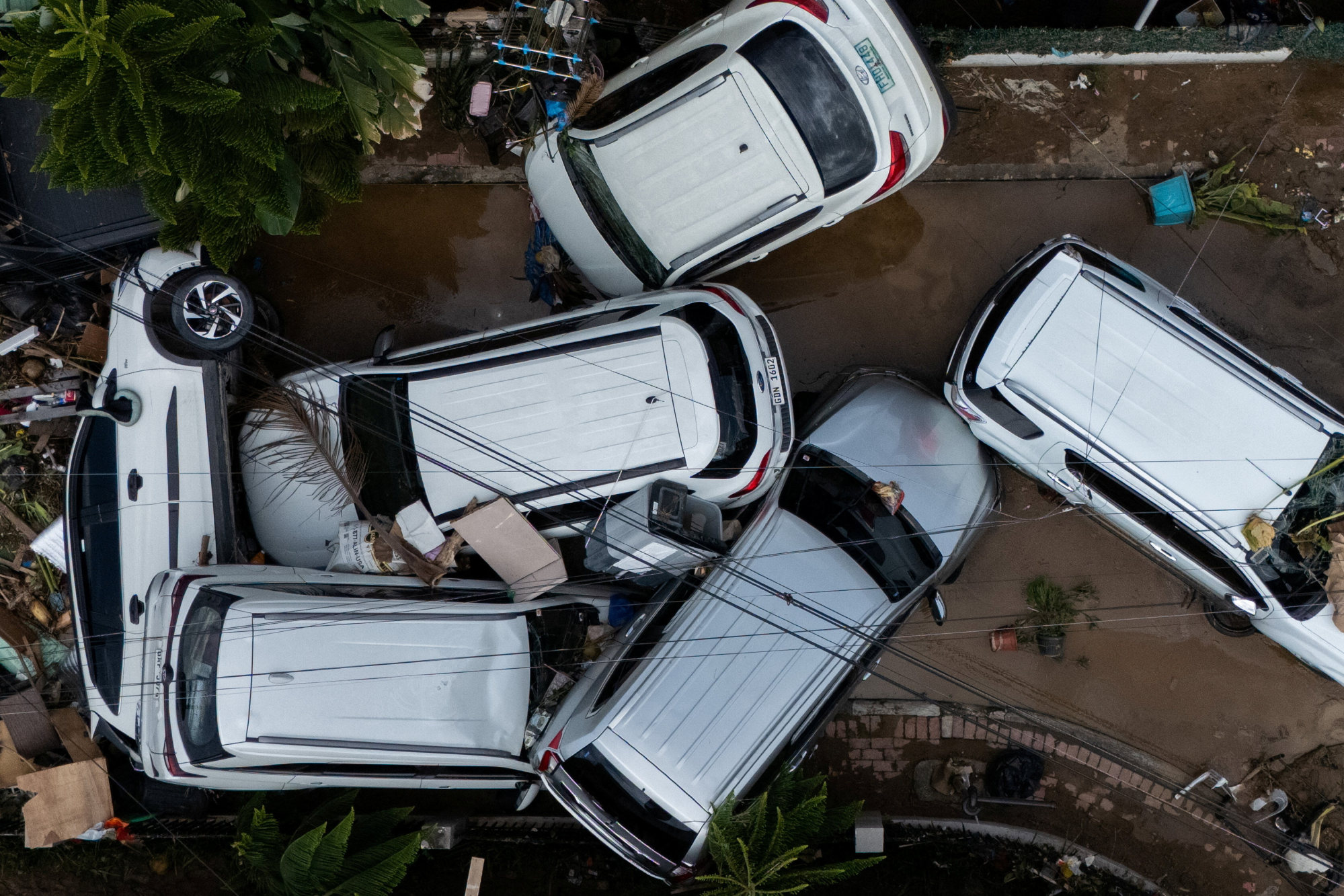
State weather service meteorologist Benison Estareja said the rains along Kalmaegi’s path were 1.5 times the amount that would typically fall in Cebu for a full November, saying it was something that happened “once every 20 years”.
The “highly urbanised” nature of the most-affected communities around Cebu City had made it even deadlier, he added.
Unhandled type: inline-plus-widget {"type":"inline-plus-widget"}On Wednesday, residents busily cleaning up streets that had been rivers less than 24 hours earlier said they could remember nothing like it.
“Around four or five in the morning, the water was so strong that you couldn’t even step outside,” said Reynaldo Vergara, 53, adding that everything in his small shop in Mandaue had been lost when a nearby river overflowed.
“Nothing like this has ever happened. The water was raging.”
“We did everything we can for the typhoon but, you know, there are really some unexpected things like flash floods,” Cebu Governor Pamela Baricuatro said by telephone.
Scientists warn that storms are becoming more powerful due to human-driven climate change. Warmer oceans allow typhoons to strengthen rapidly, and a warmer atmosphere holds more moisture, meaning heavier rainfall.
Kalmaegi wind speeds were increasing on Thursday as it headed towards neighbouring Vietnam, where fear was mounting that the typhoon could compound the damage of a week of flooding that has already claimed 47 lives.
The typhoon is forecast to make landfall in central Vietnam late on Thursday, bringing waves as high as eight metres (26 feet) and powerful storm surges, according to the national weather bureau.
Deputy Prime Minister Tran Hong Ha urged local authorities to treat Kalmaegi as “urgent and dangerous”, calling it “a very abnormal” storm in a statement on Wednesday.
Authorities have ordered thousands to evacuate from coastal communities, and in Quy Nhon city – just south of where Kalmaegi is forecast to make landfall – officials knocked on doors on Thursday warning people to flee.
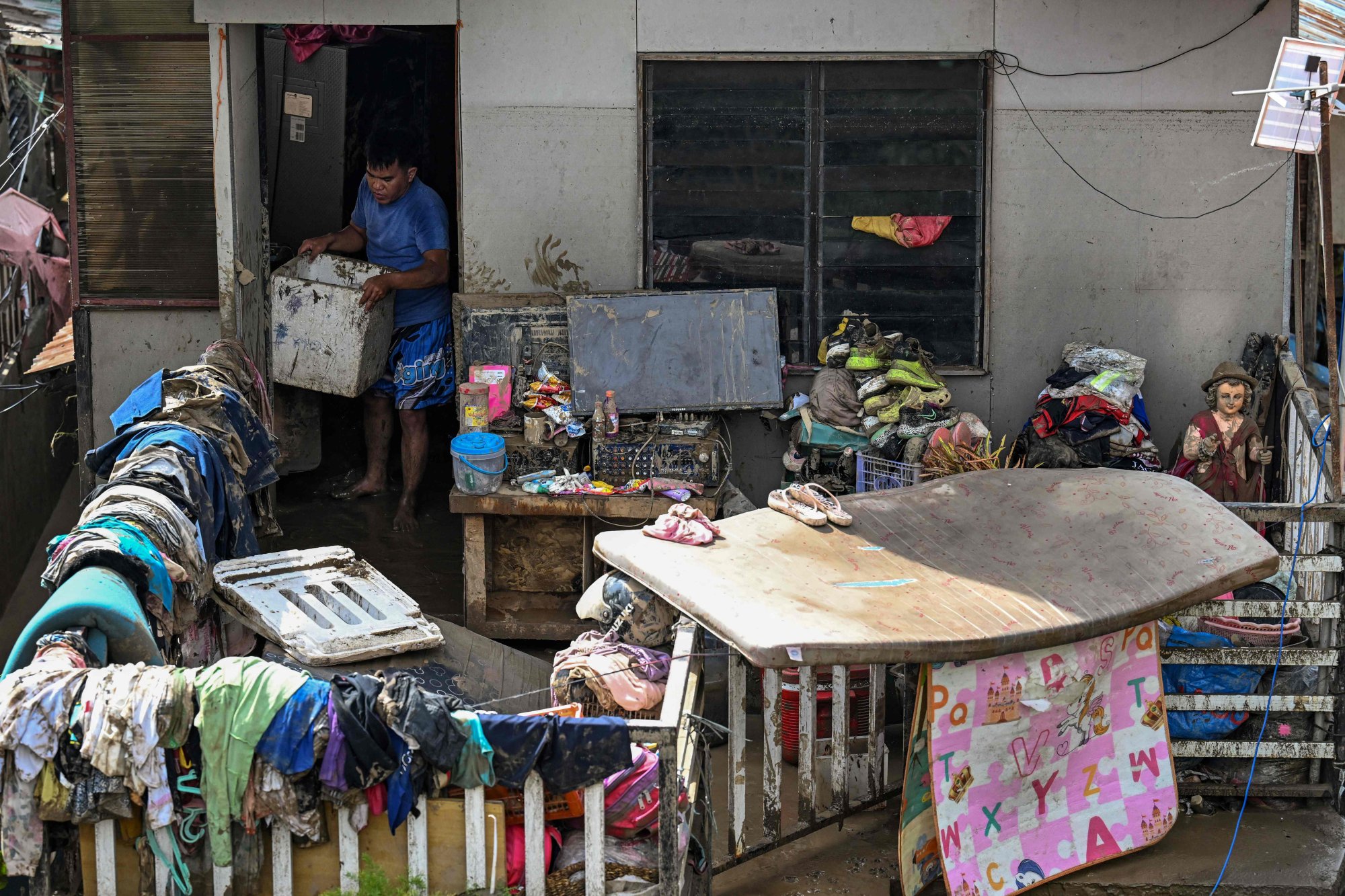
Ten typhoons or tropical storms usually affect Vietnam, directly or offshore, in a given year, but Typhoon Kalmaegi is set to be the 13th of 2025.
The Philippines has already reached its average of 20 such storms a year with Kalmaegi, state weather specialist Charmagne Varilla said, adding at least “three to five more” storms could be expected by December’s end.
Storm No 21 is already on its way, according to the state weather service.
More than 1,500km (932 miles) to the country’s east, tropical storm Fung-wong is slowly building strength as it heads towards the Philippine’s main island of Luzon.
It could reach super typhoon status before it makes landfall on Monday.
Additional reporting by Associated Press